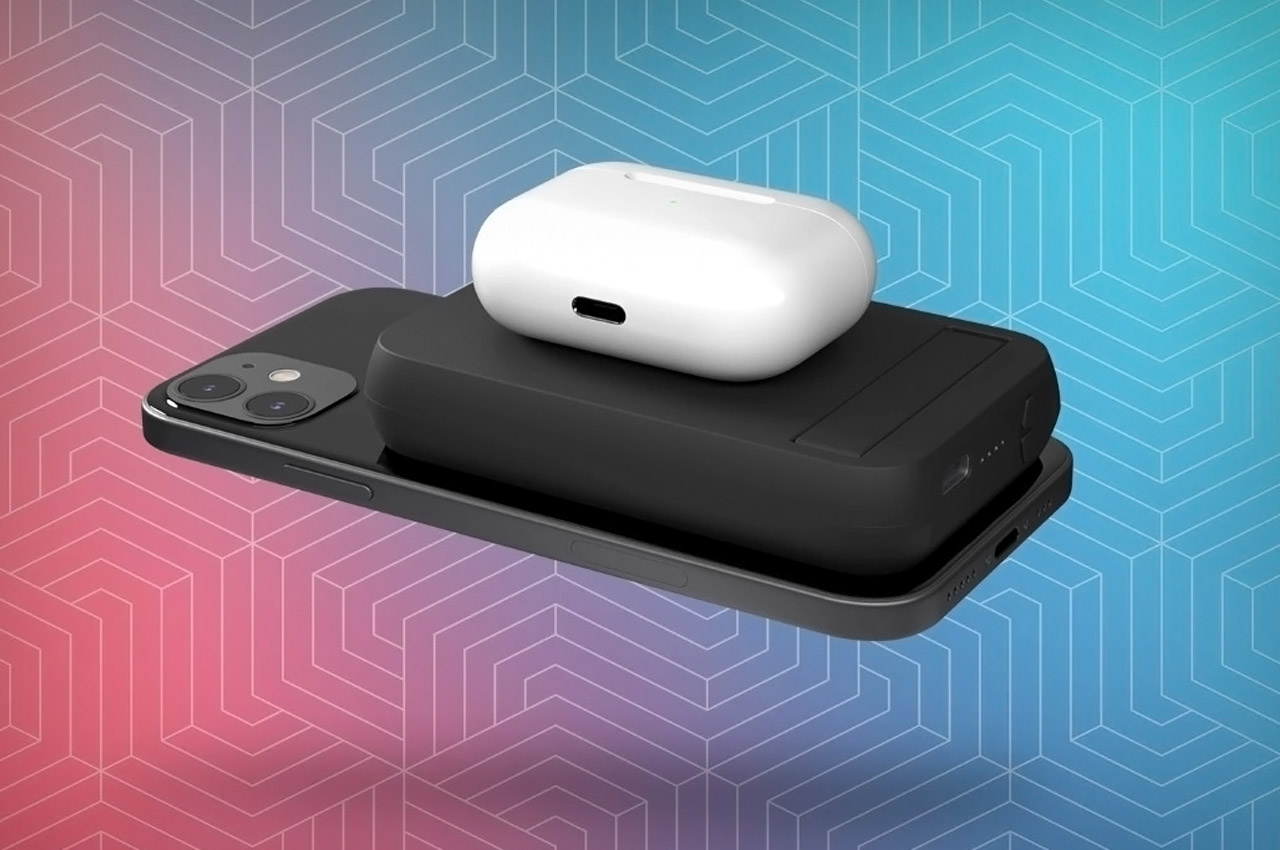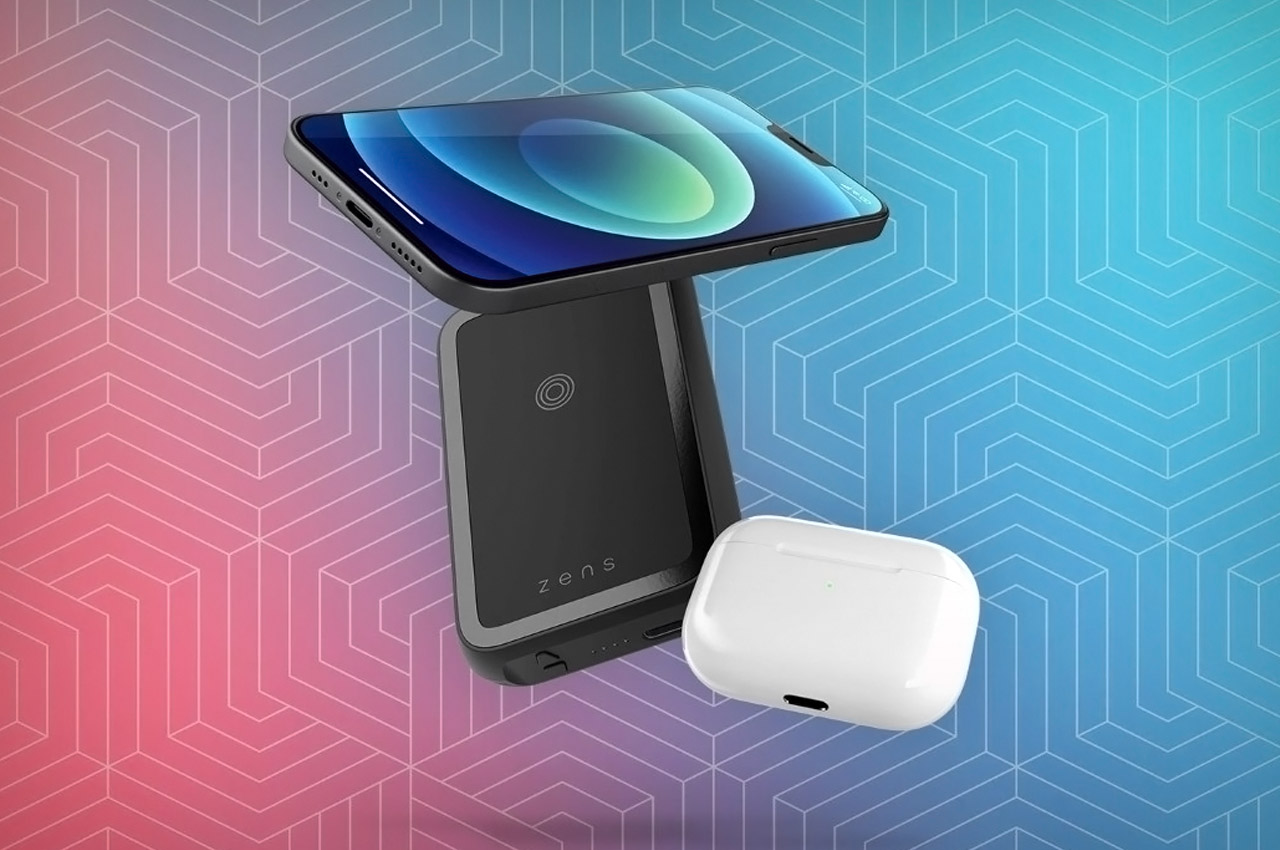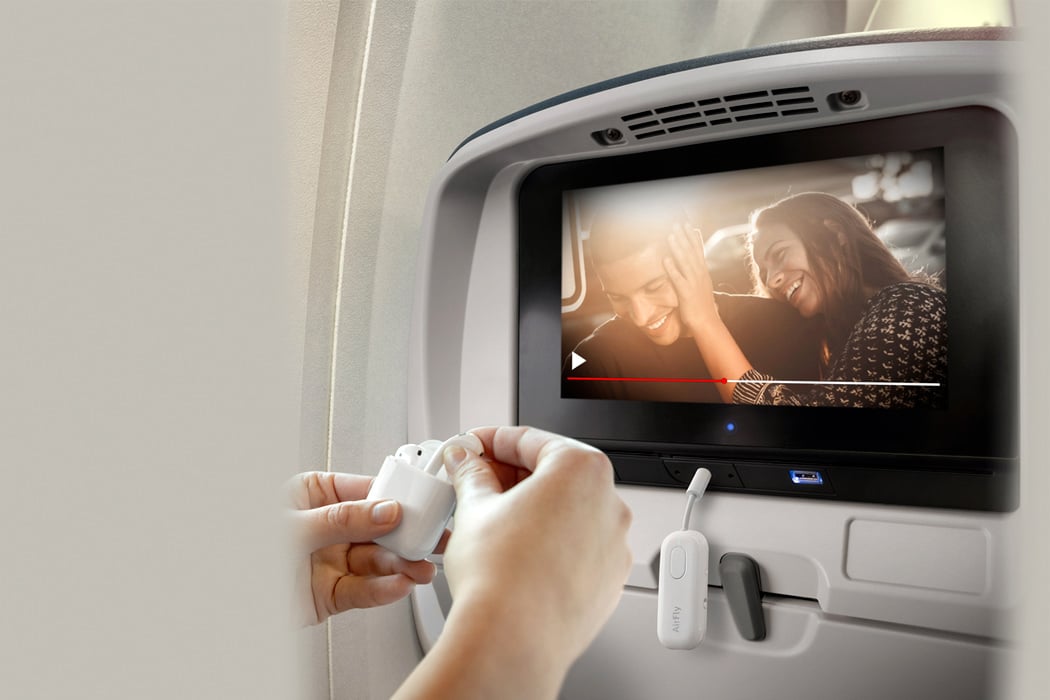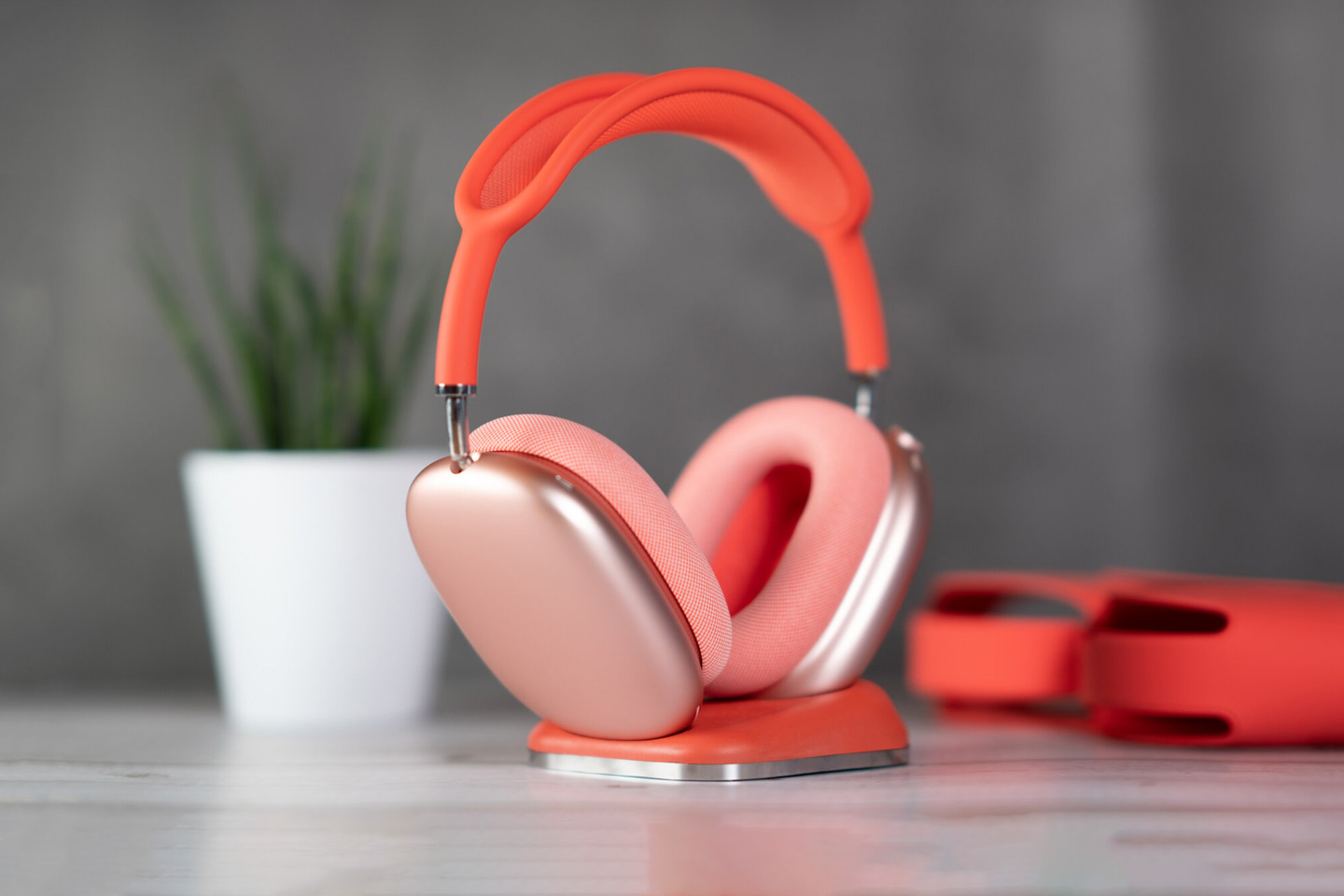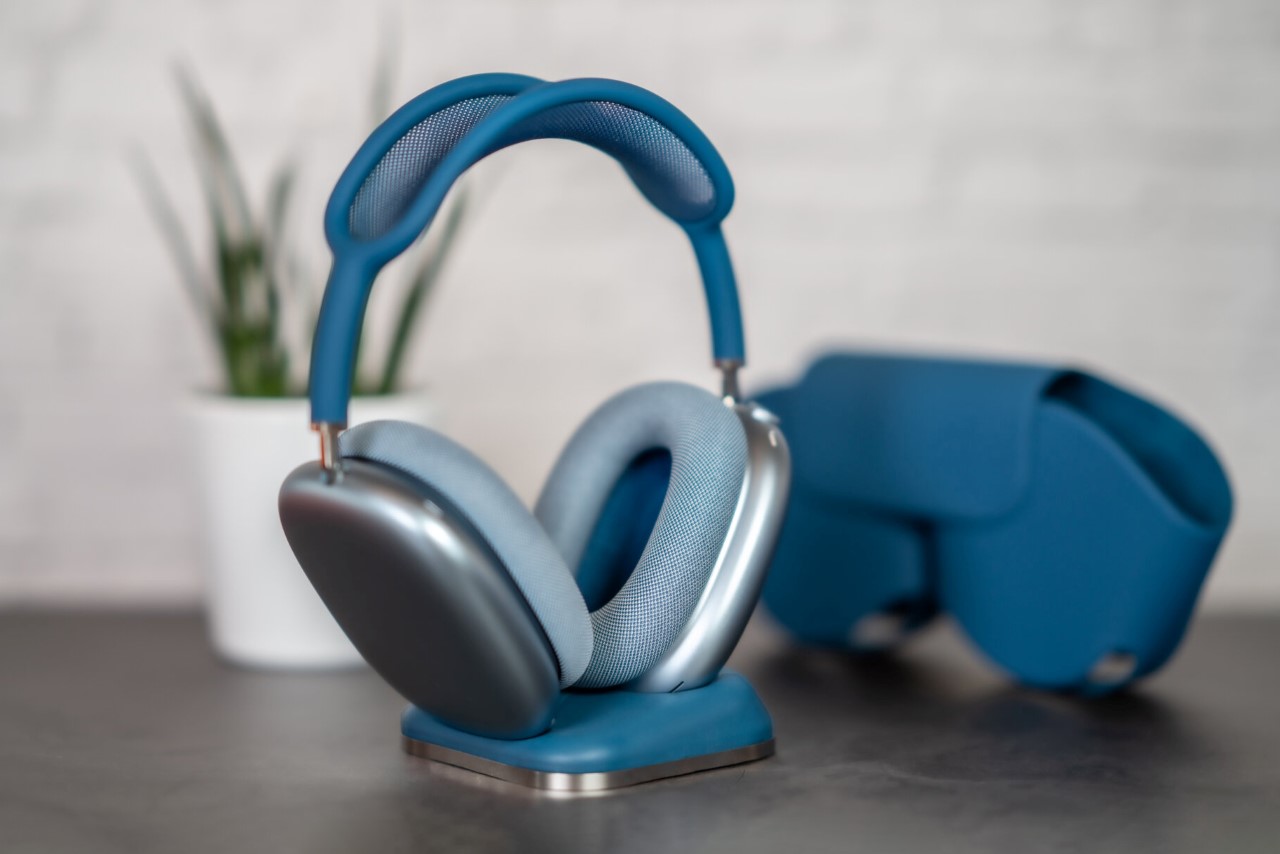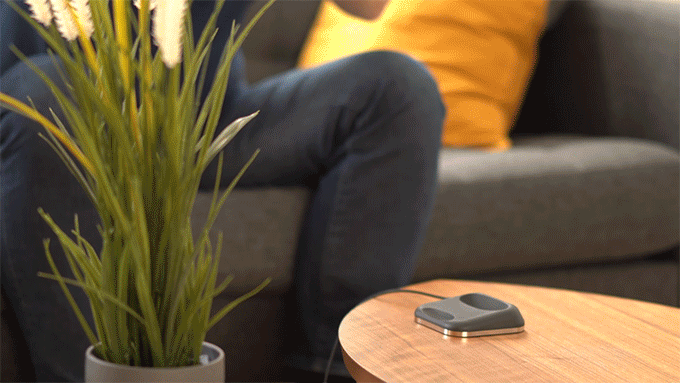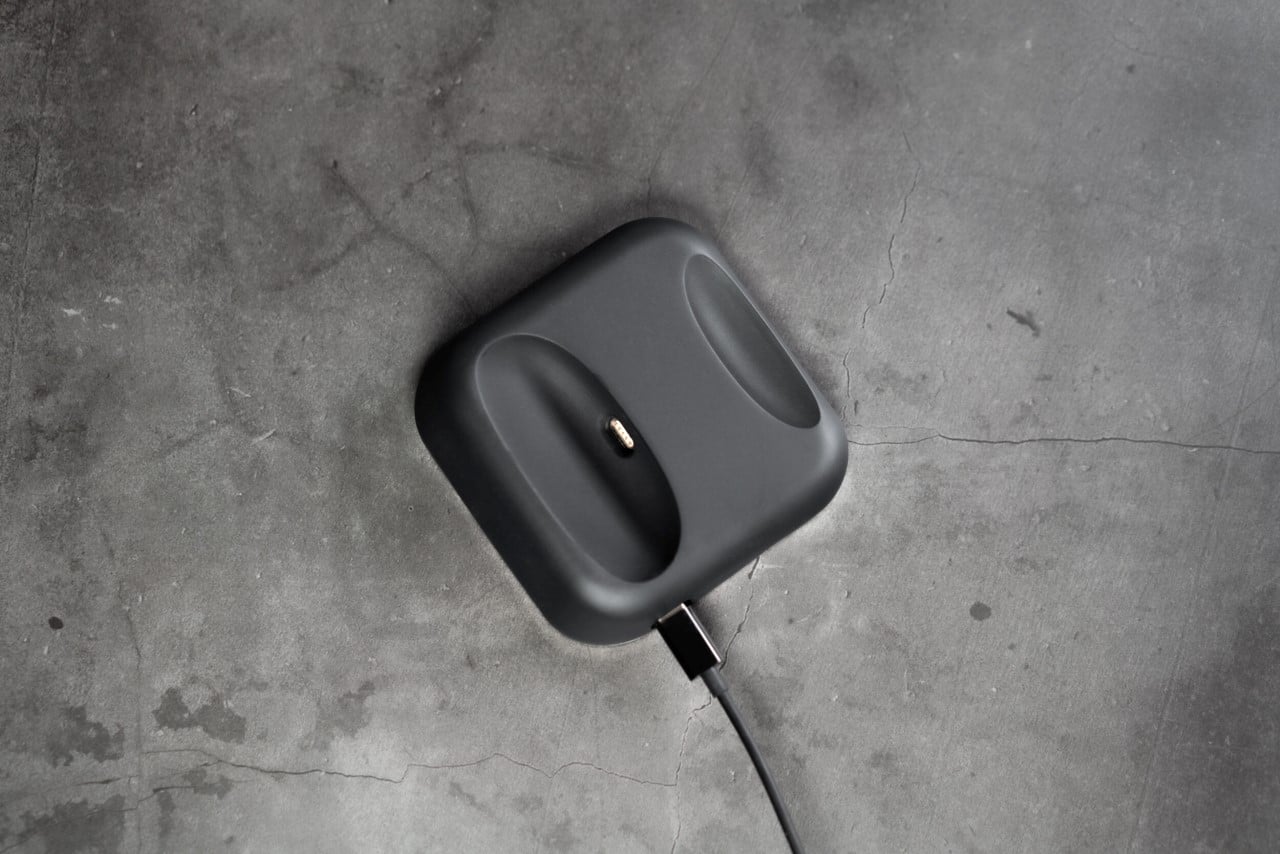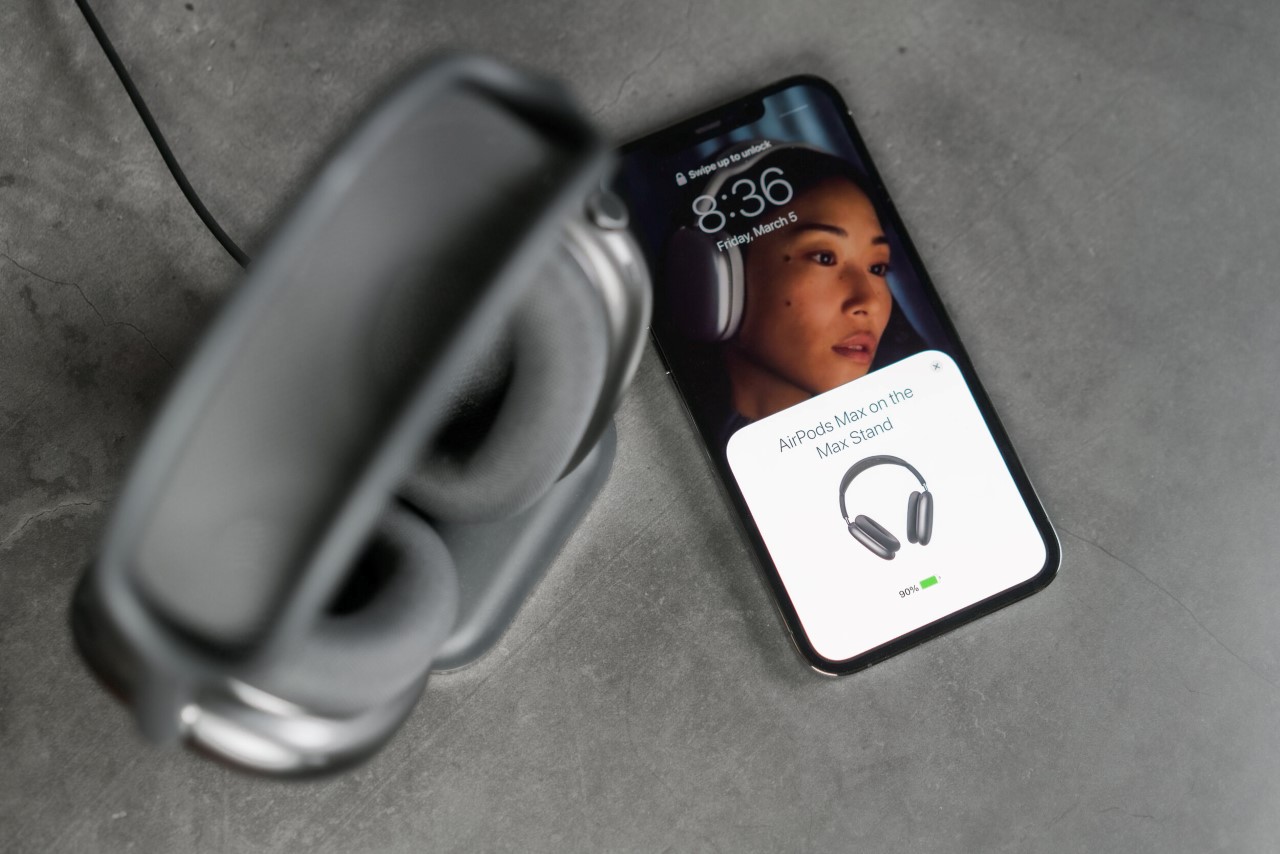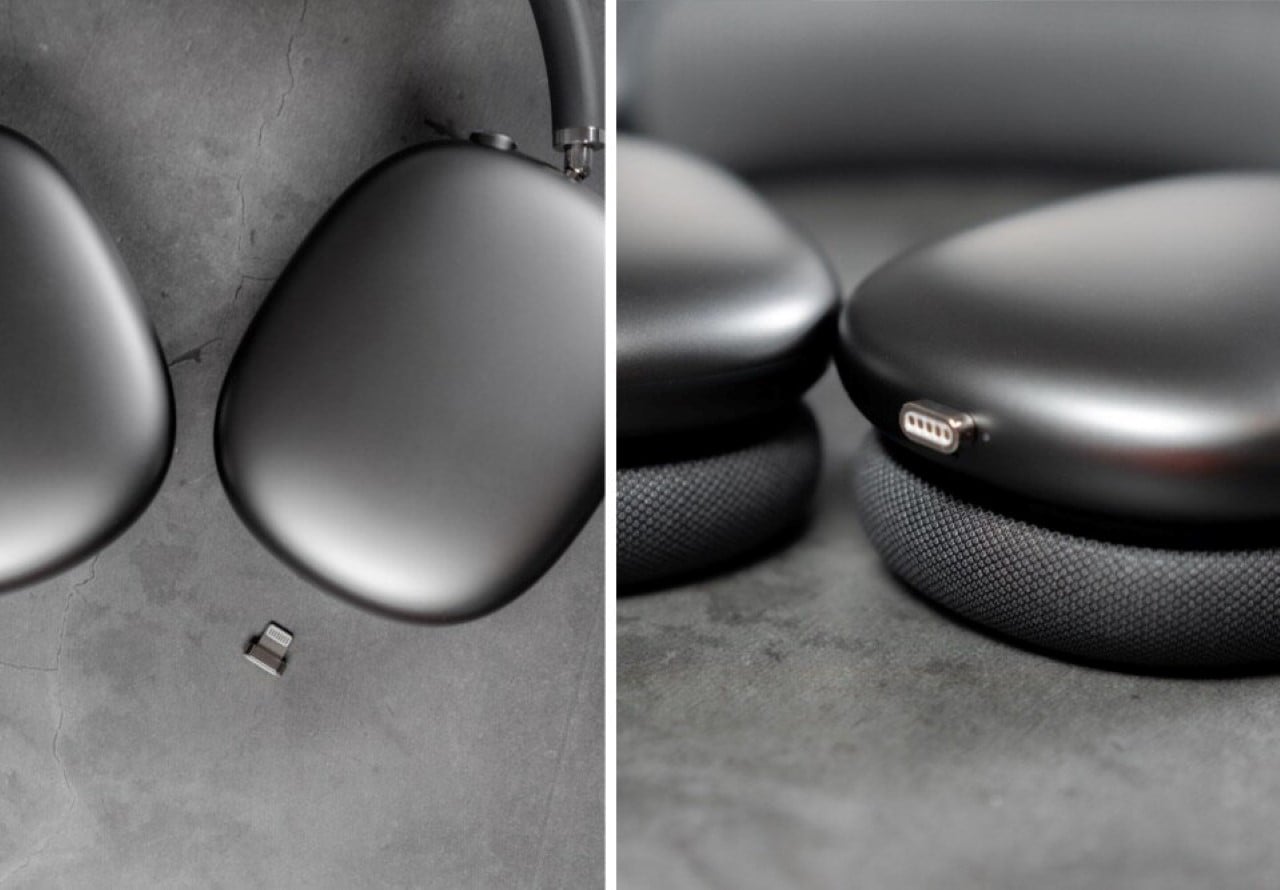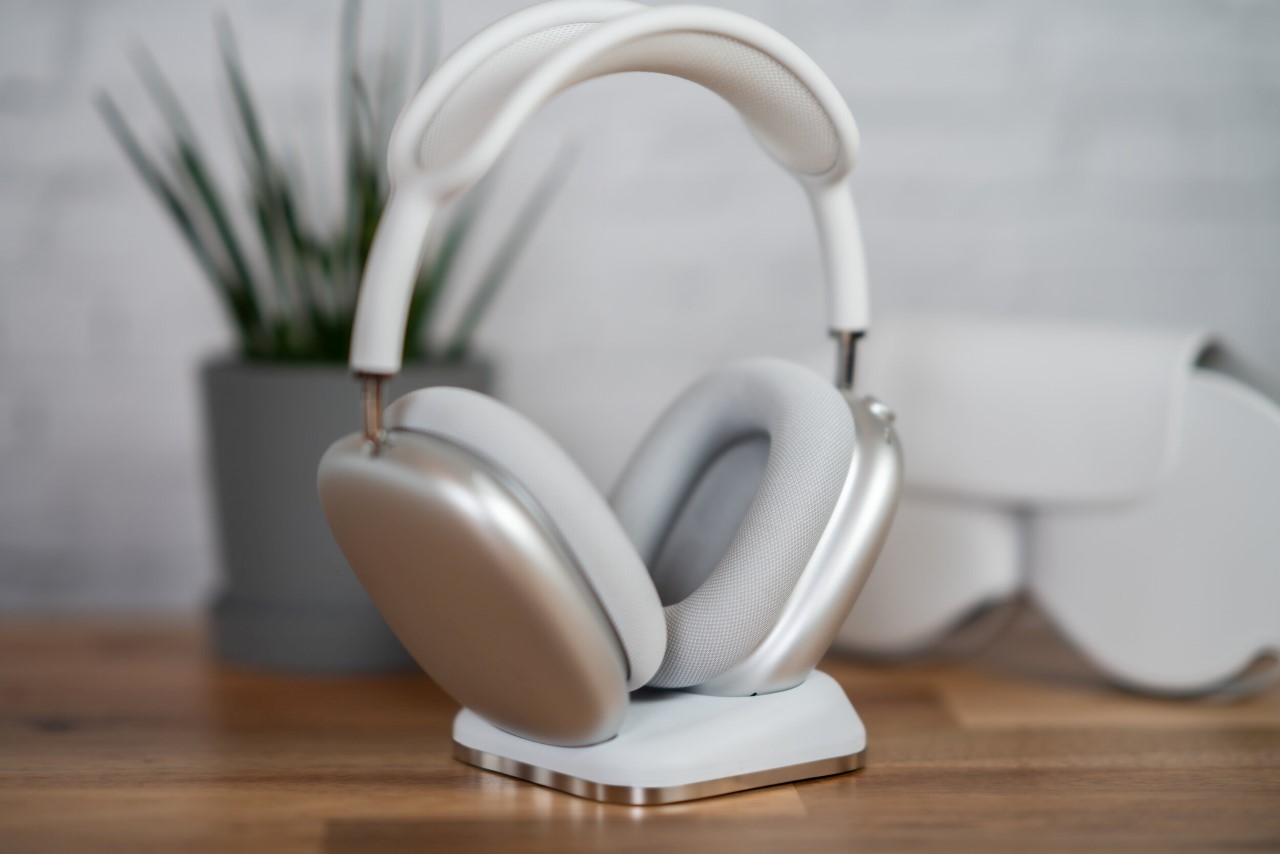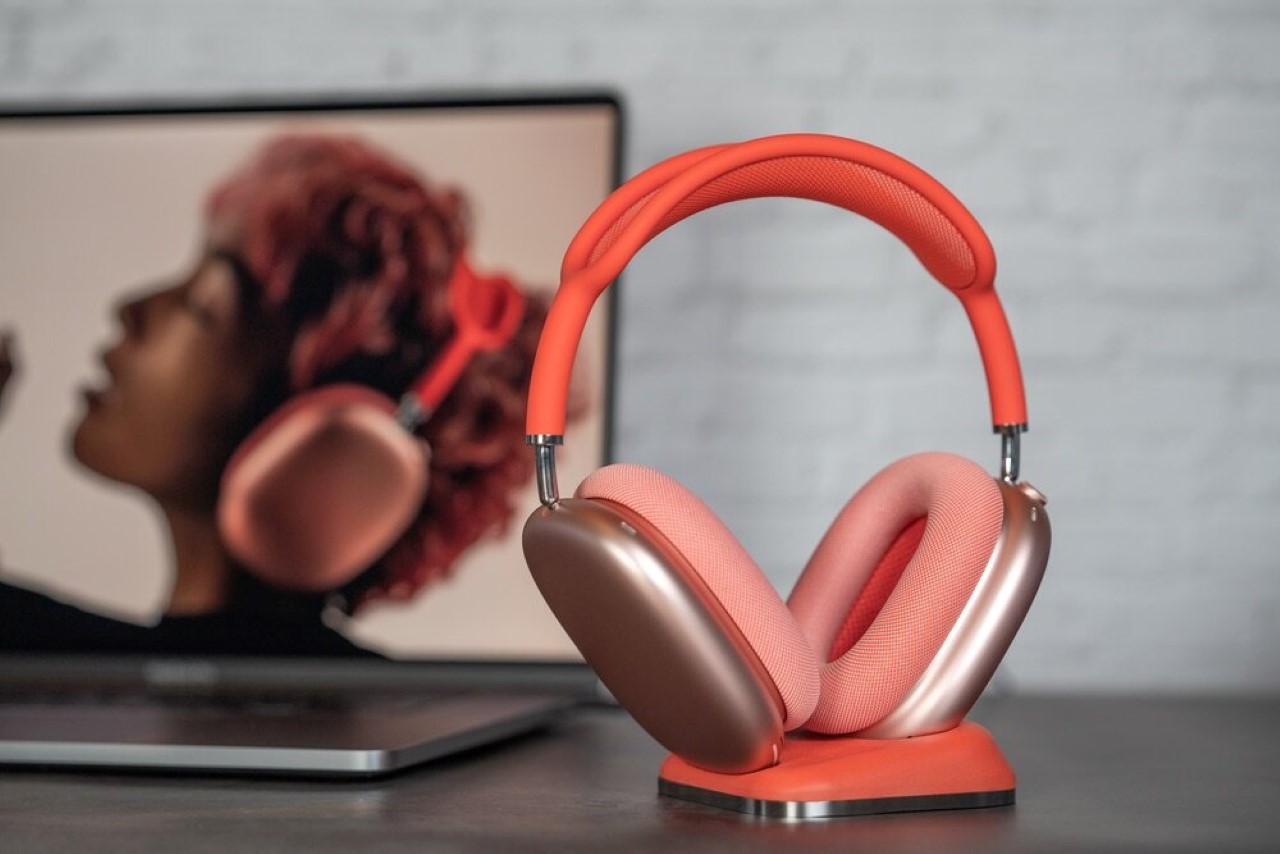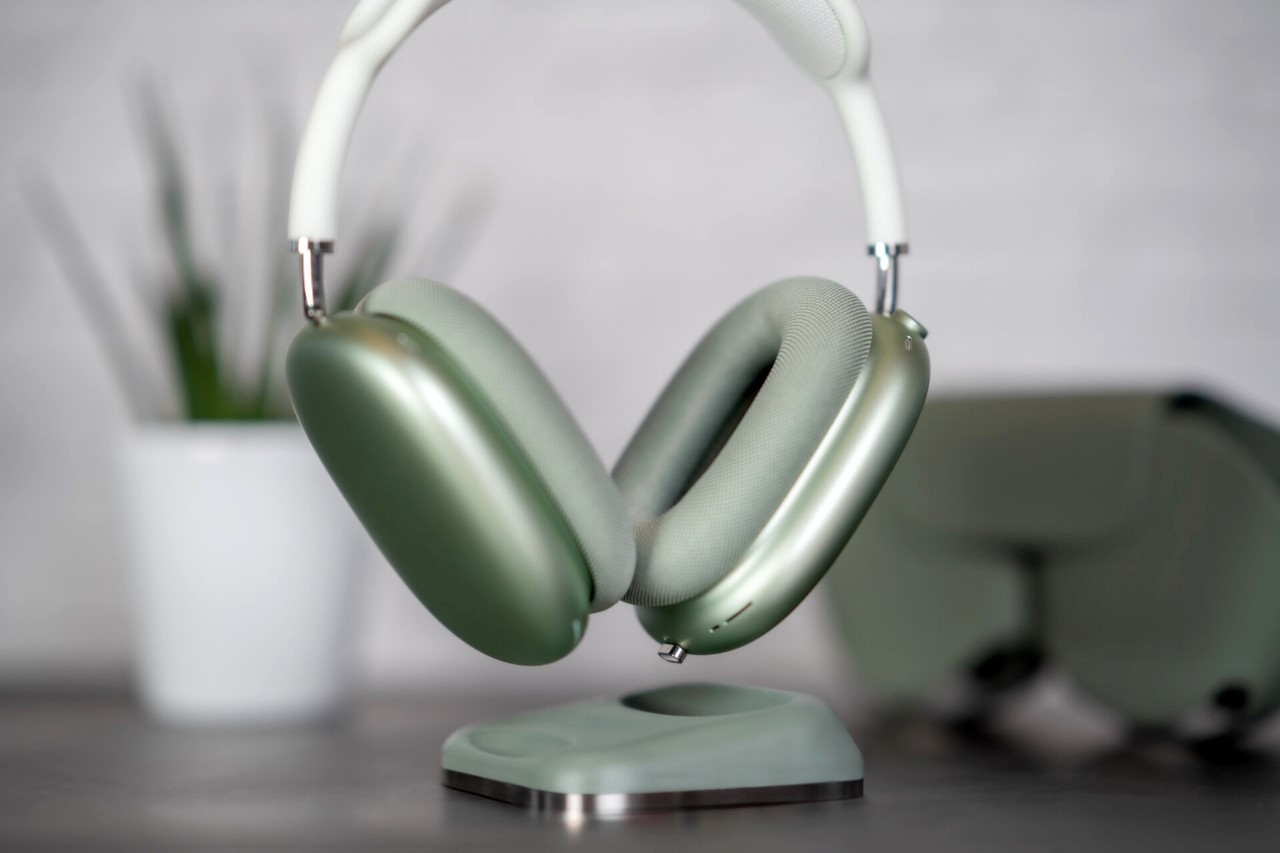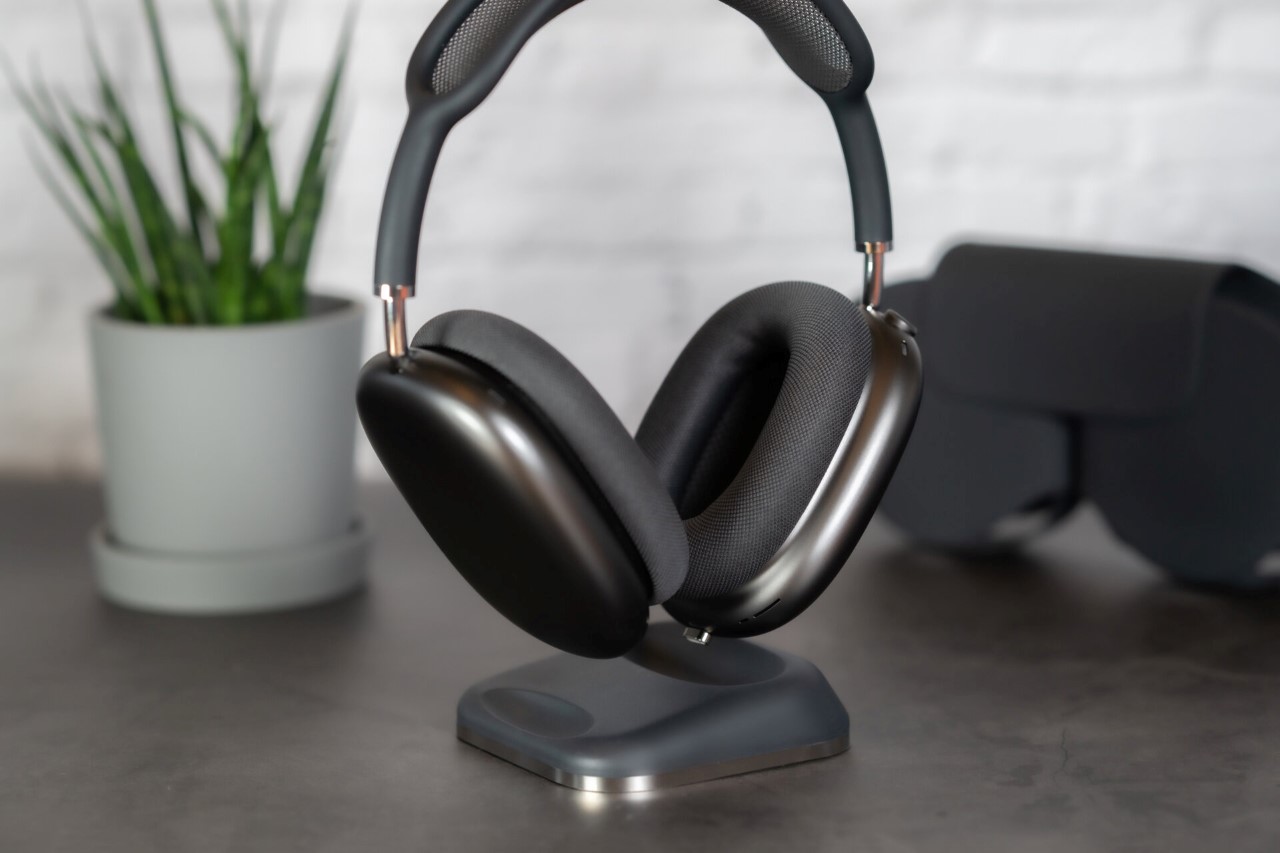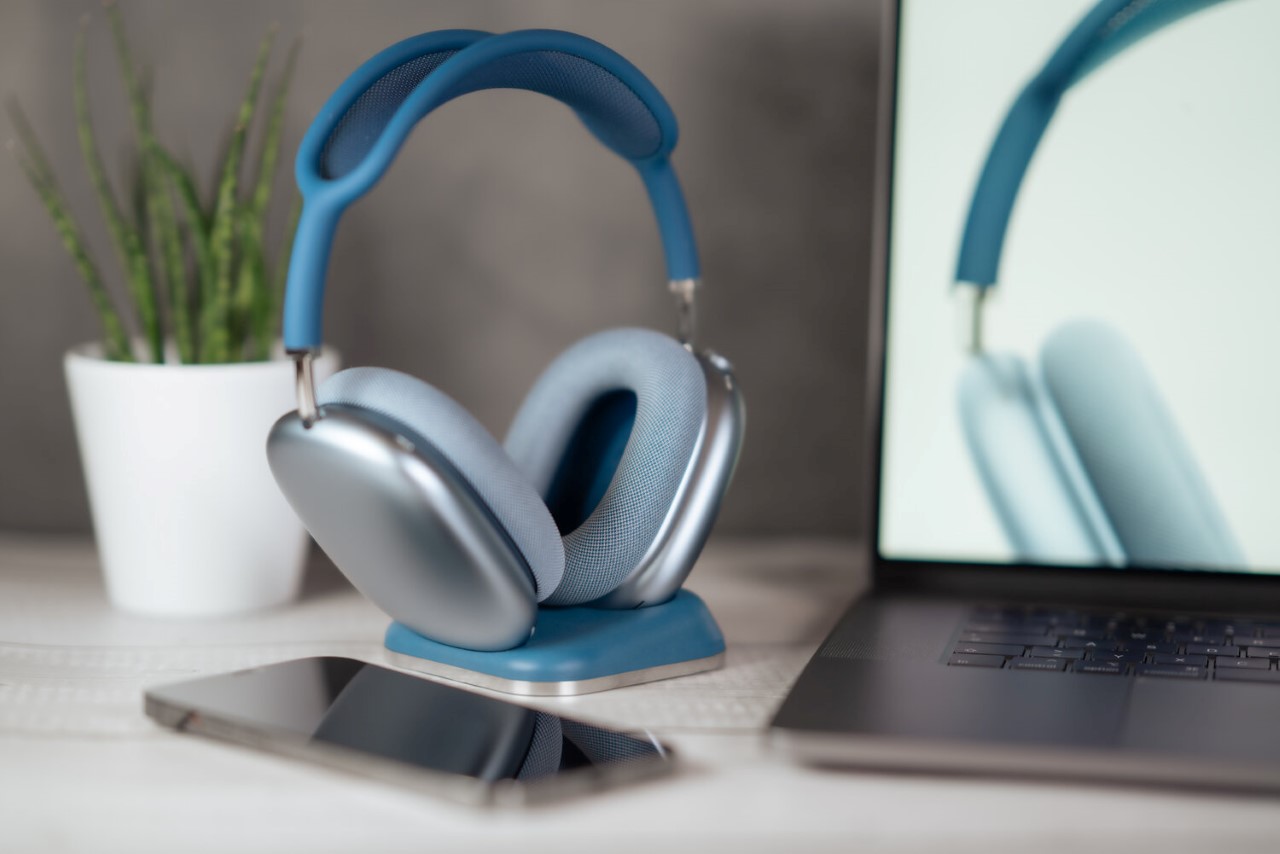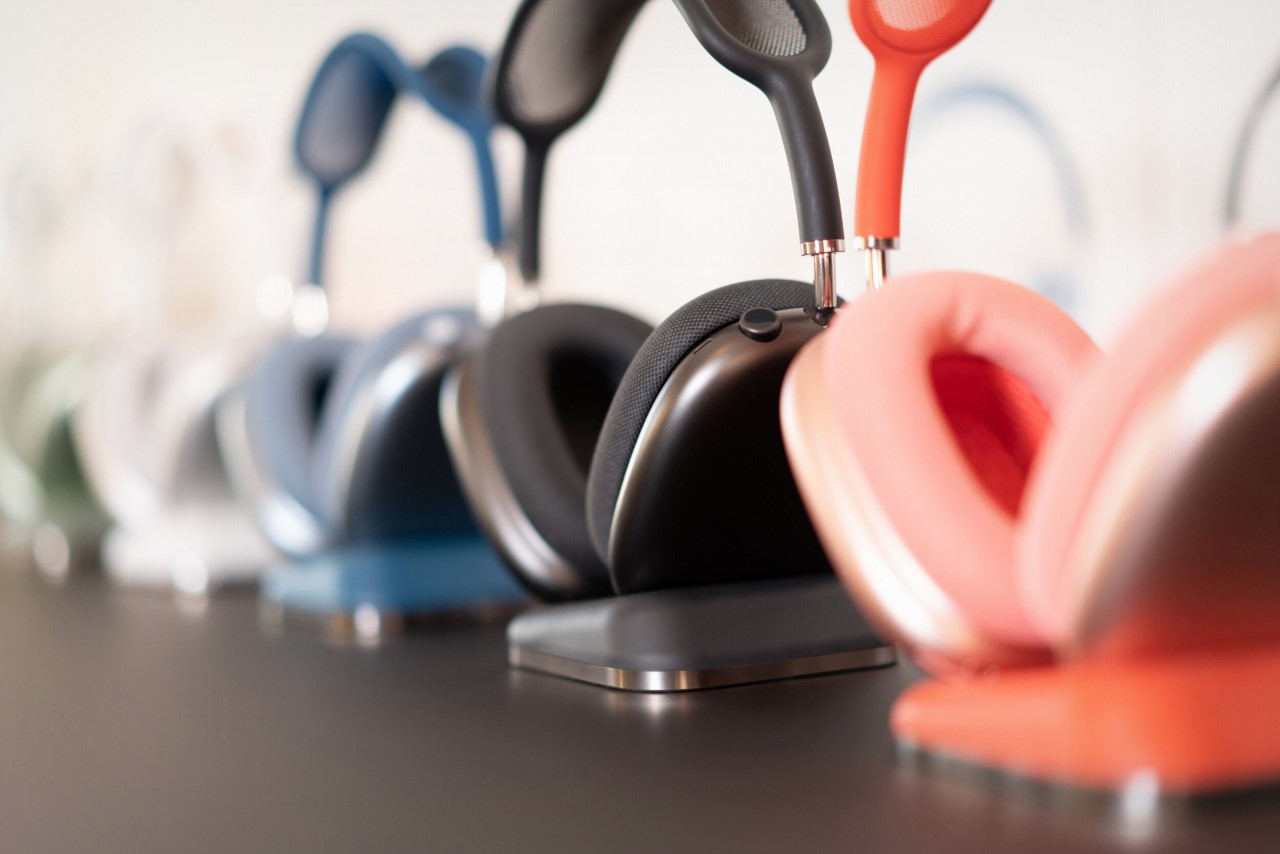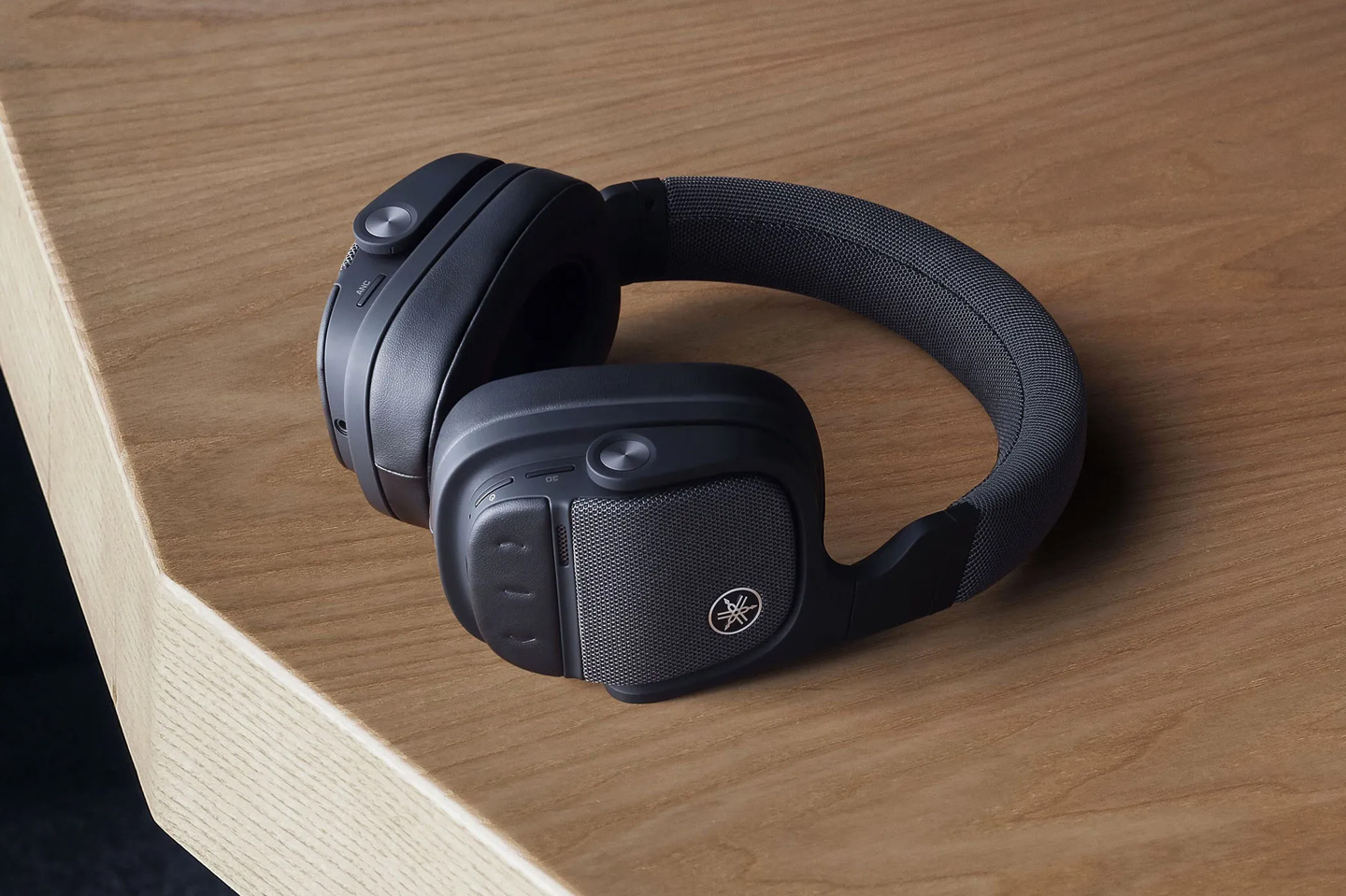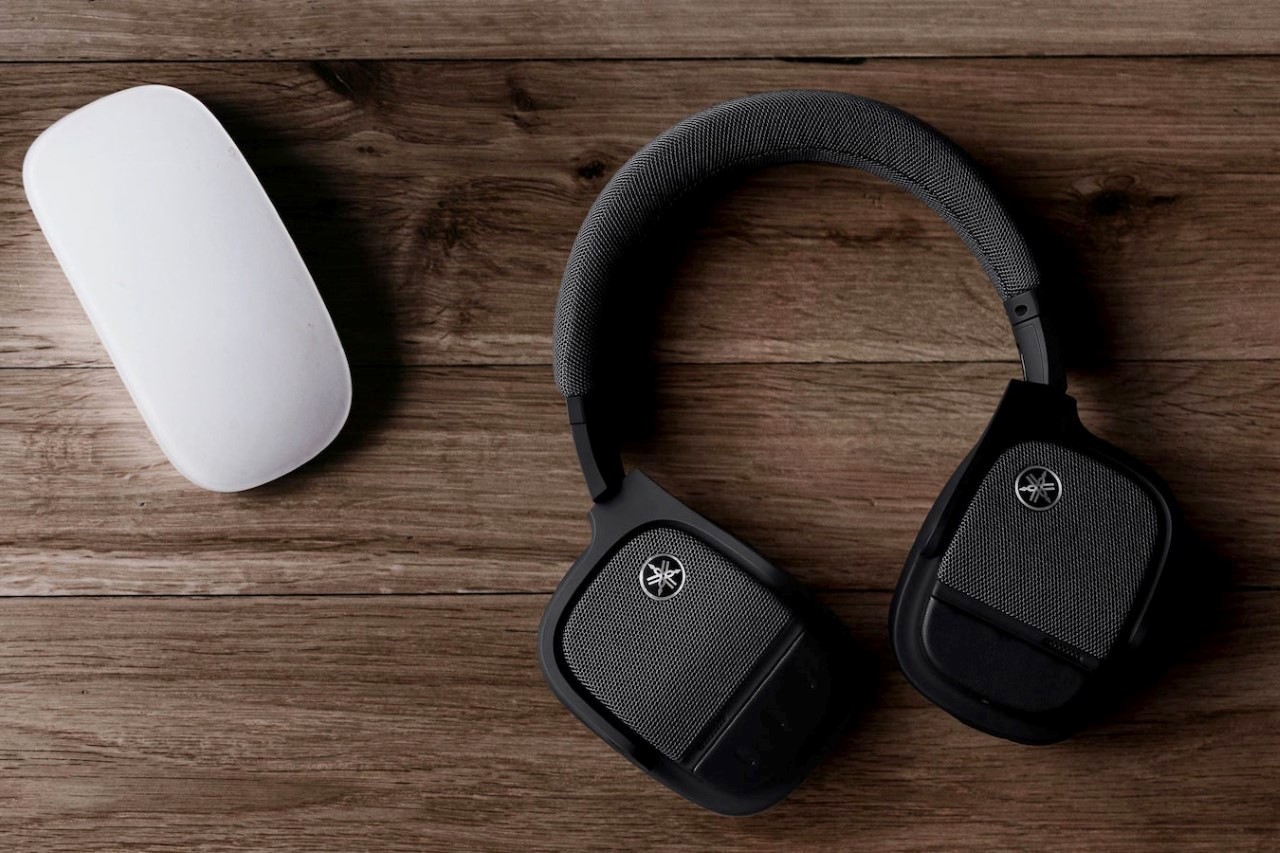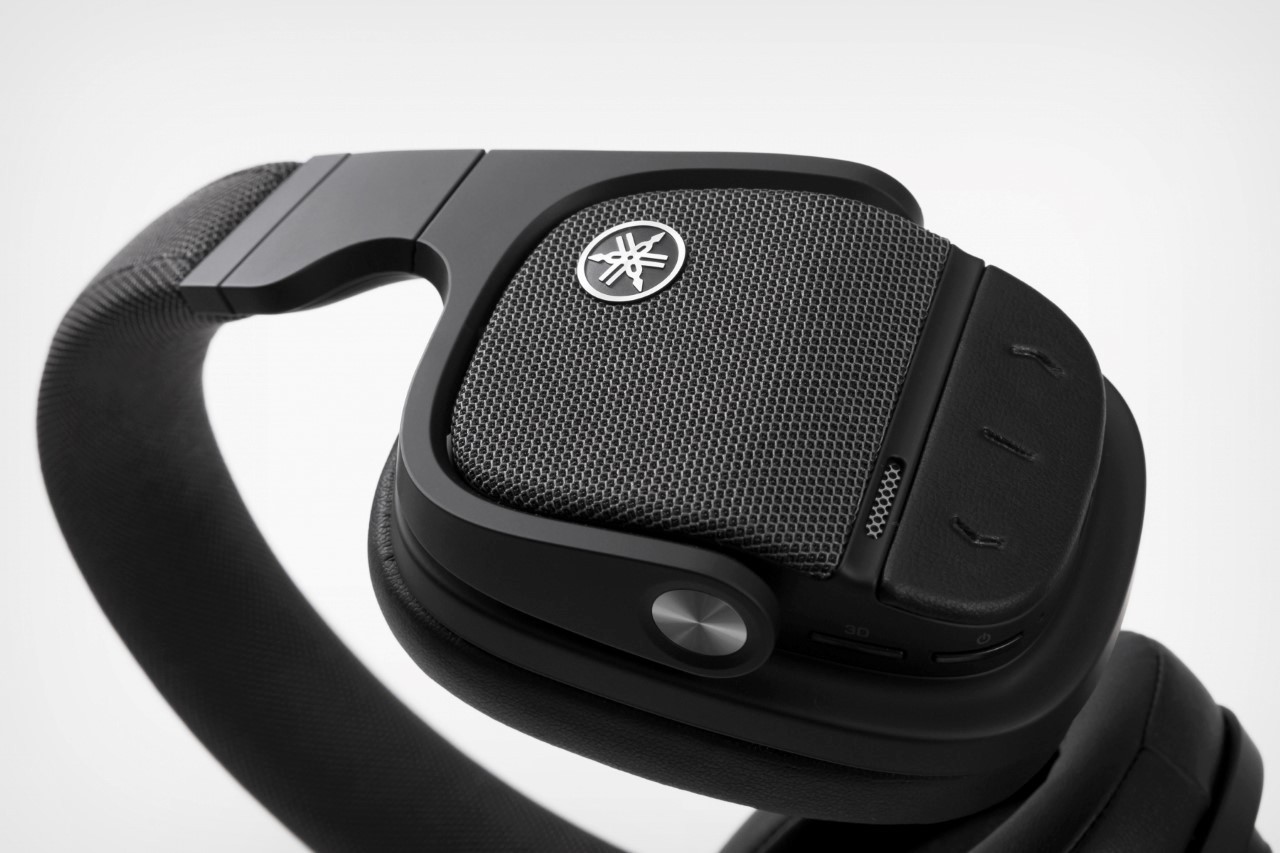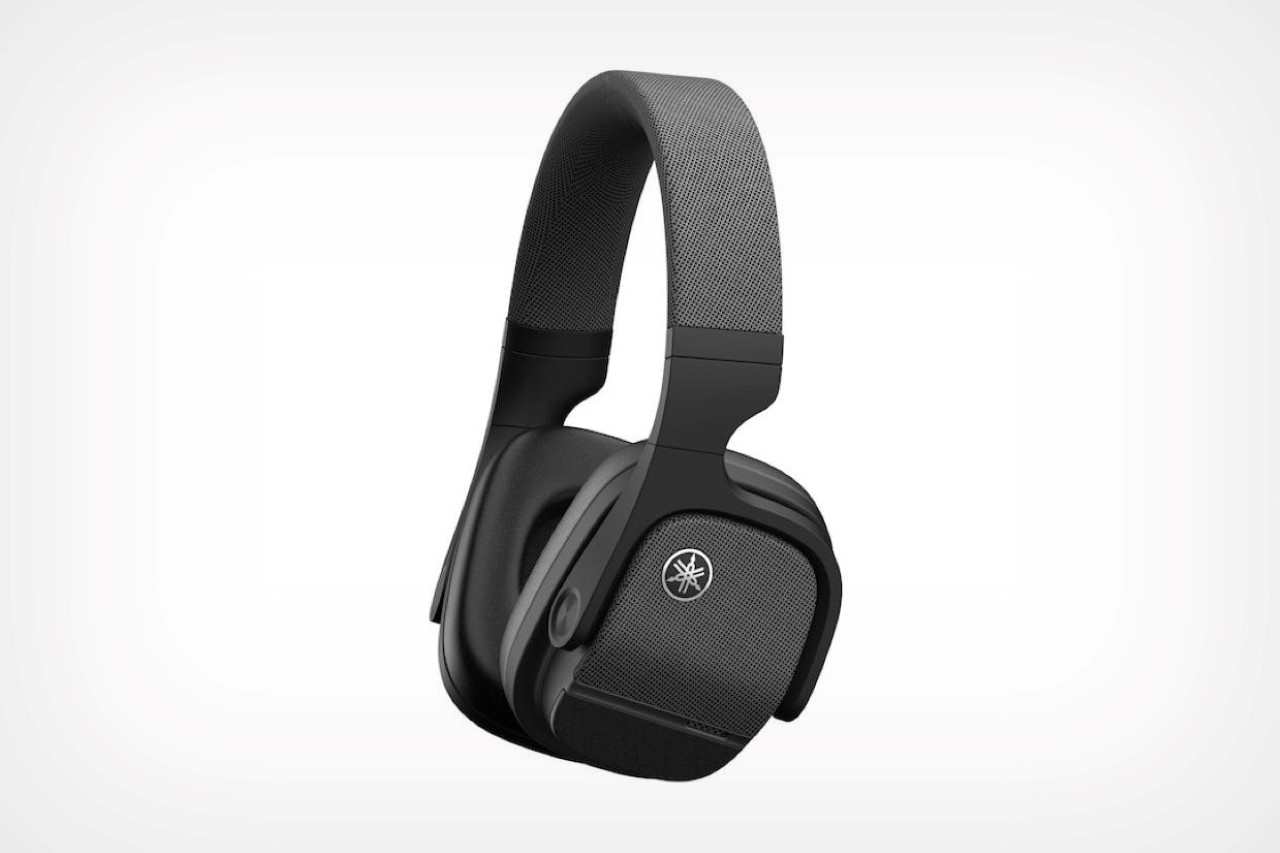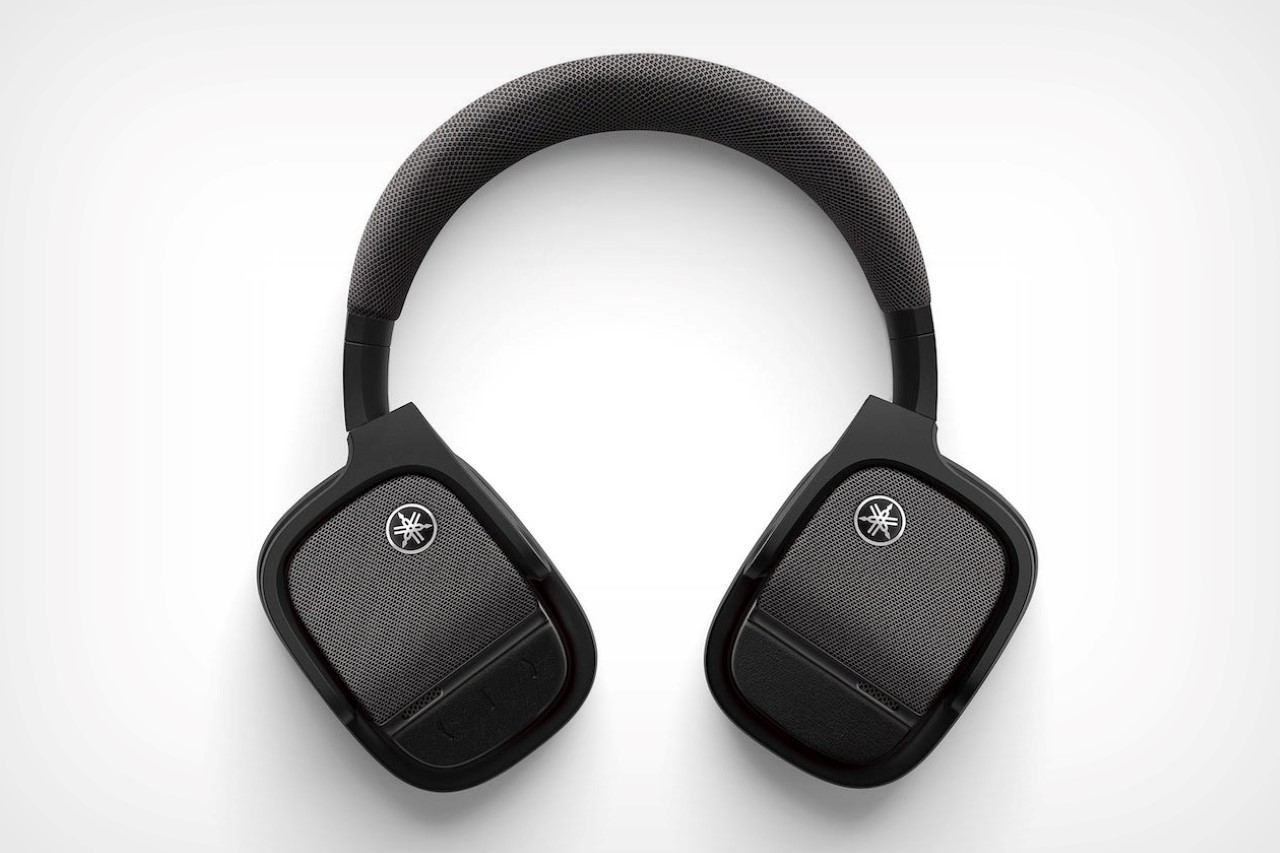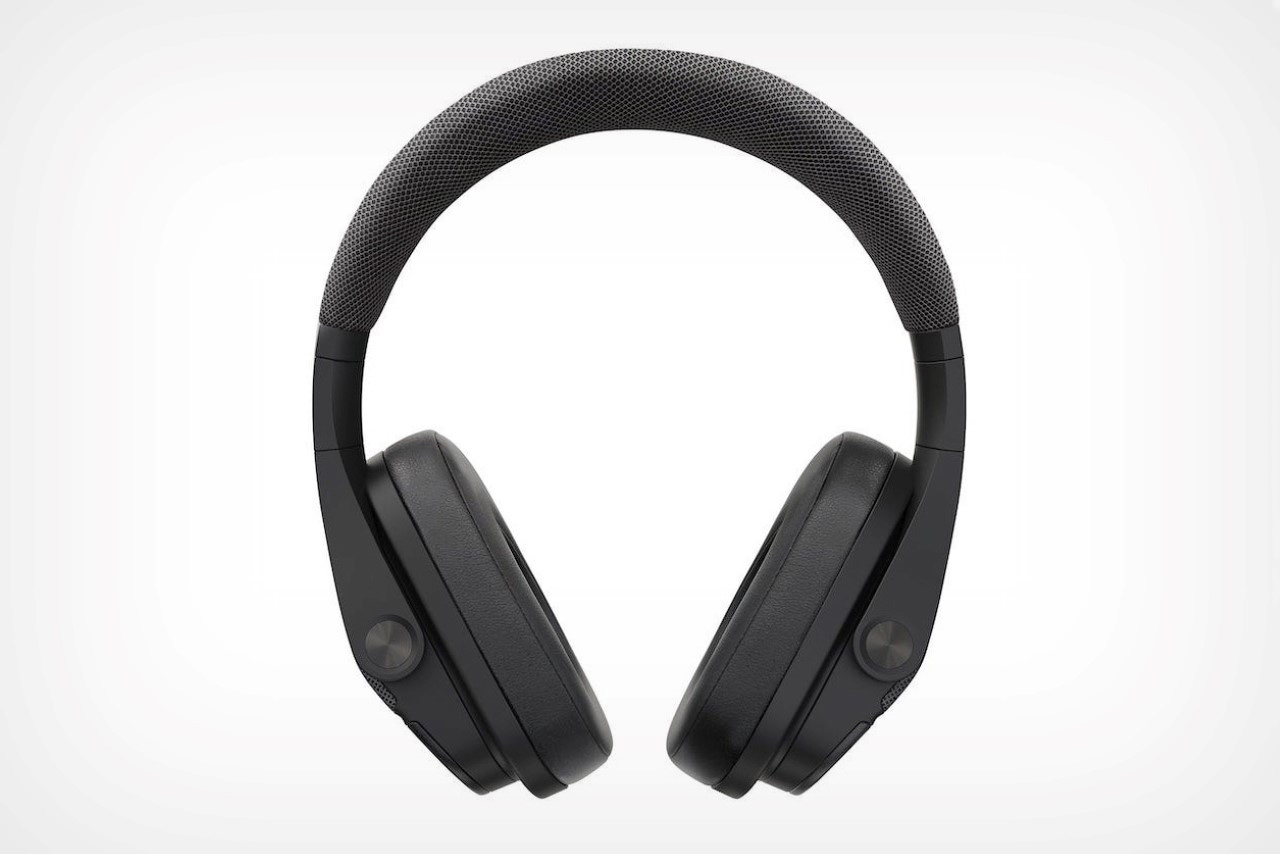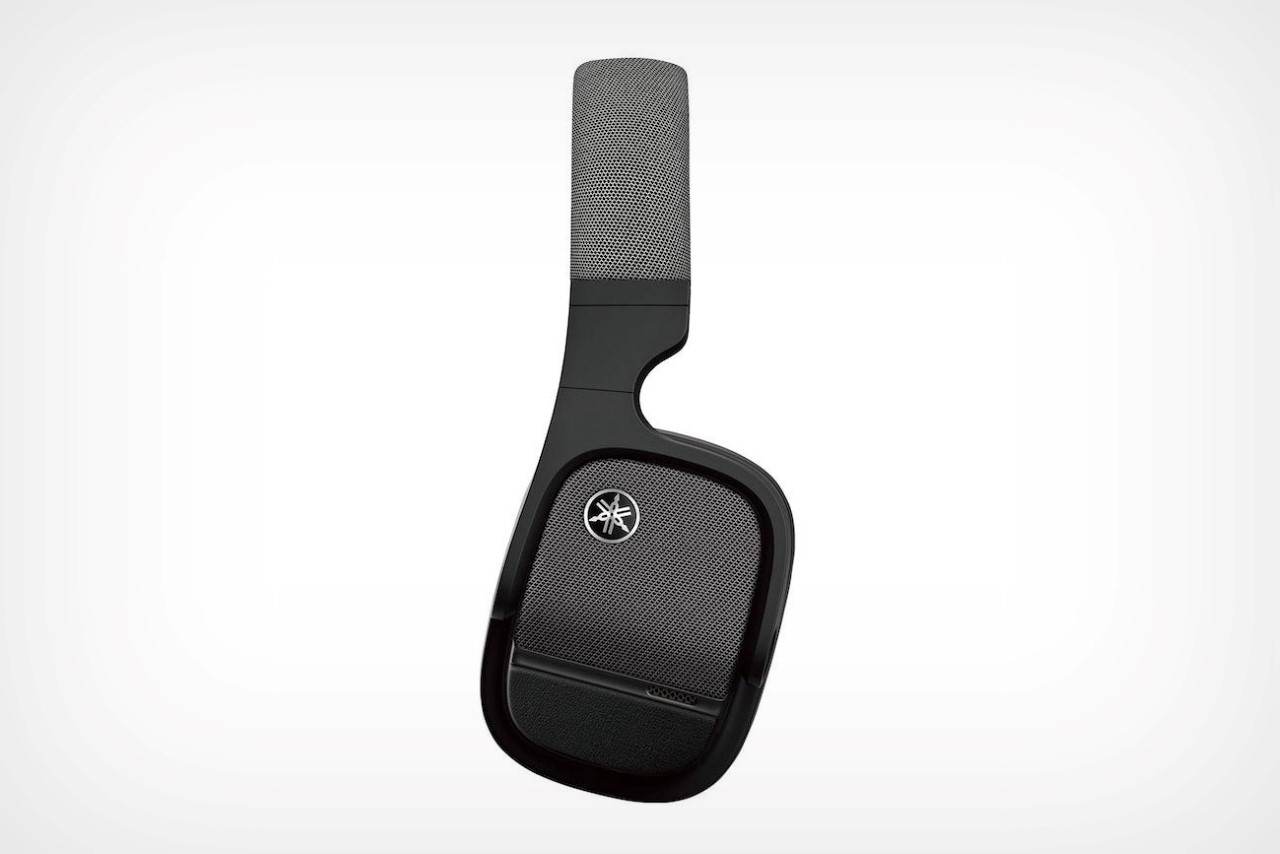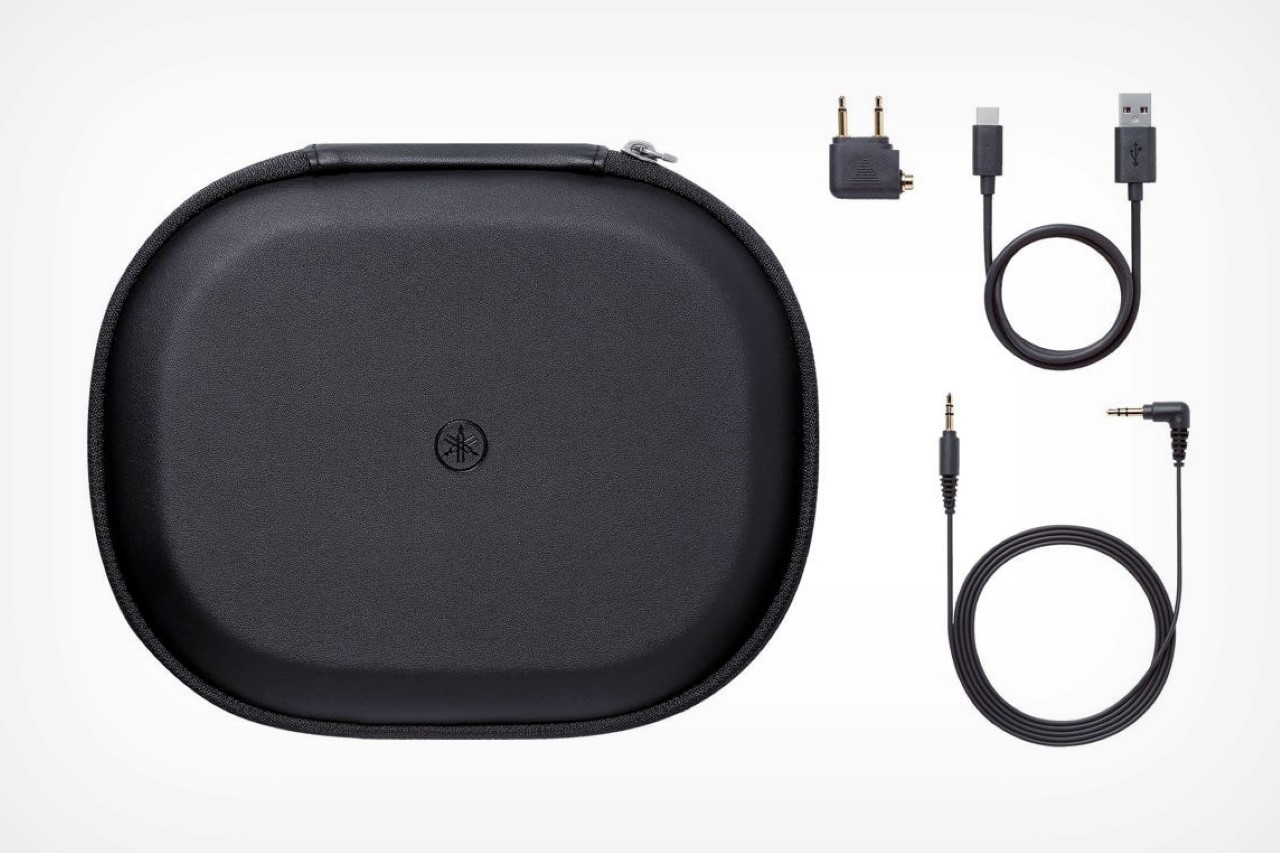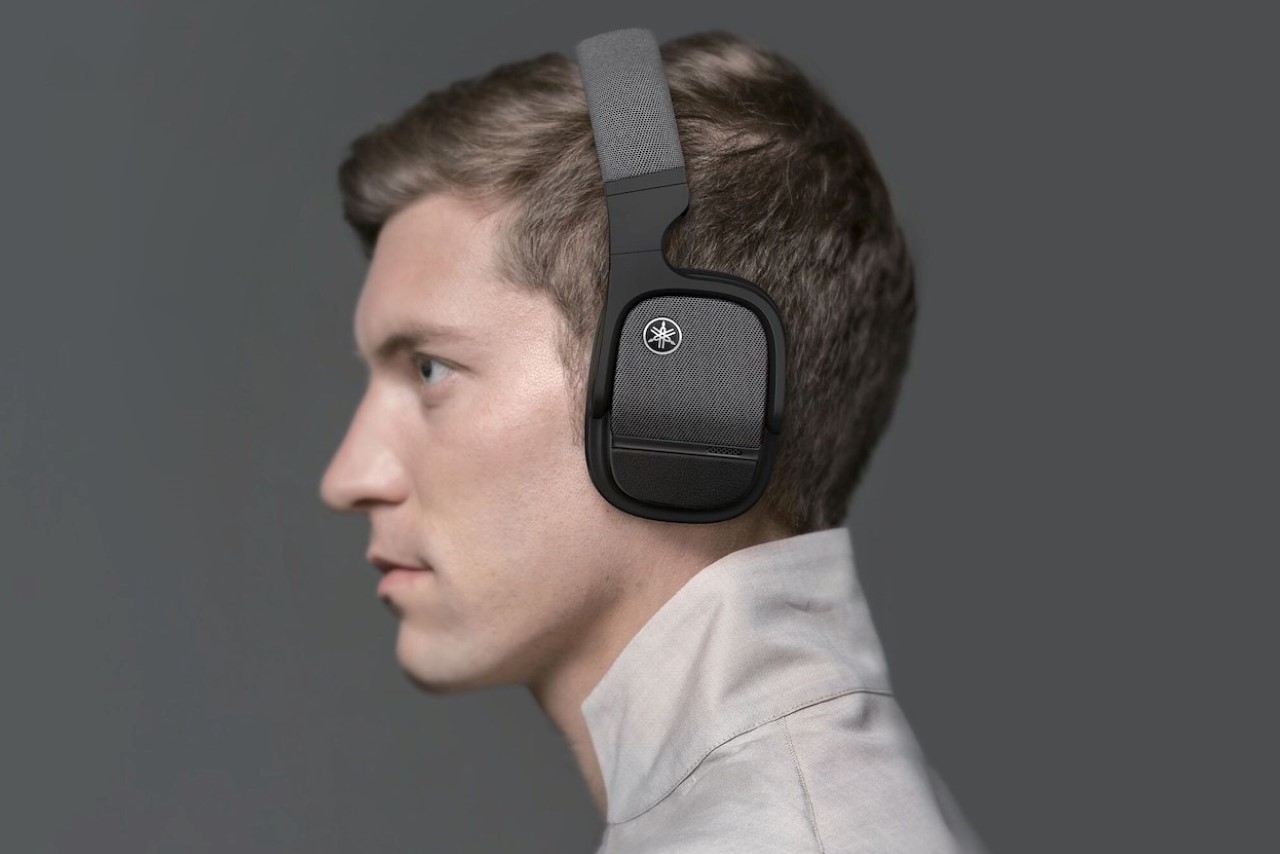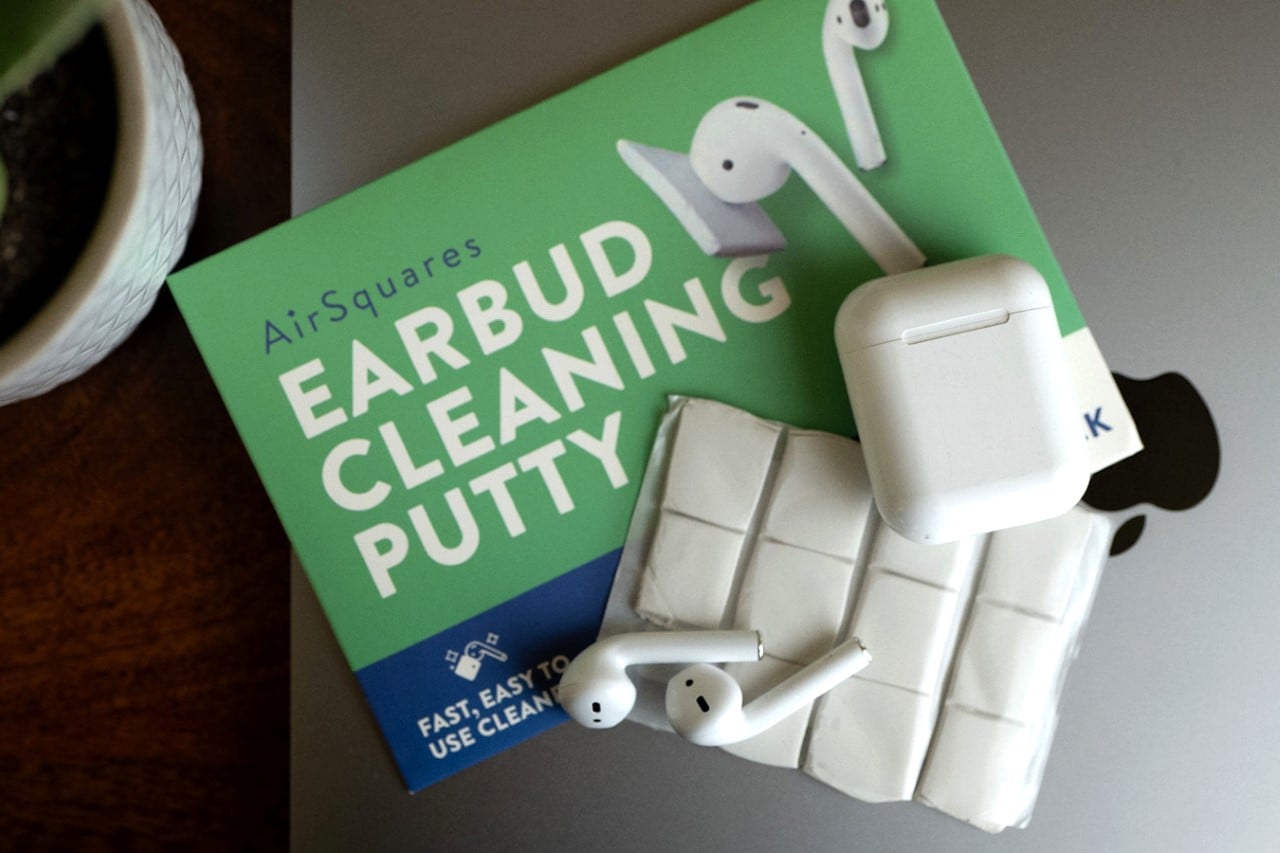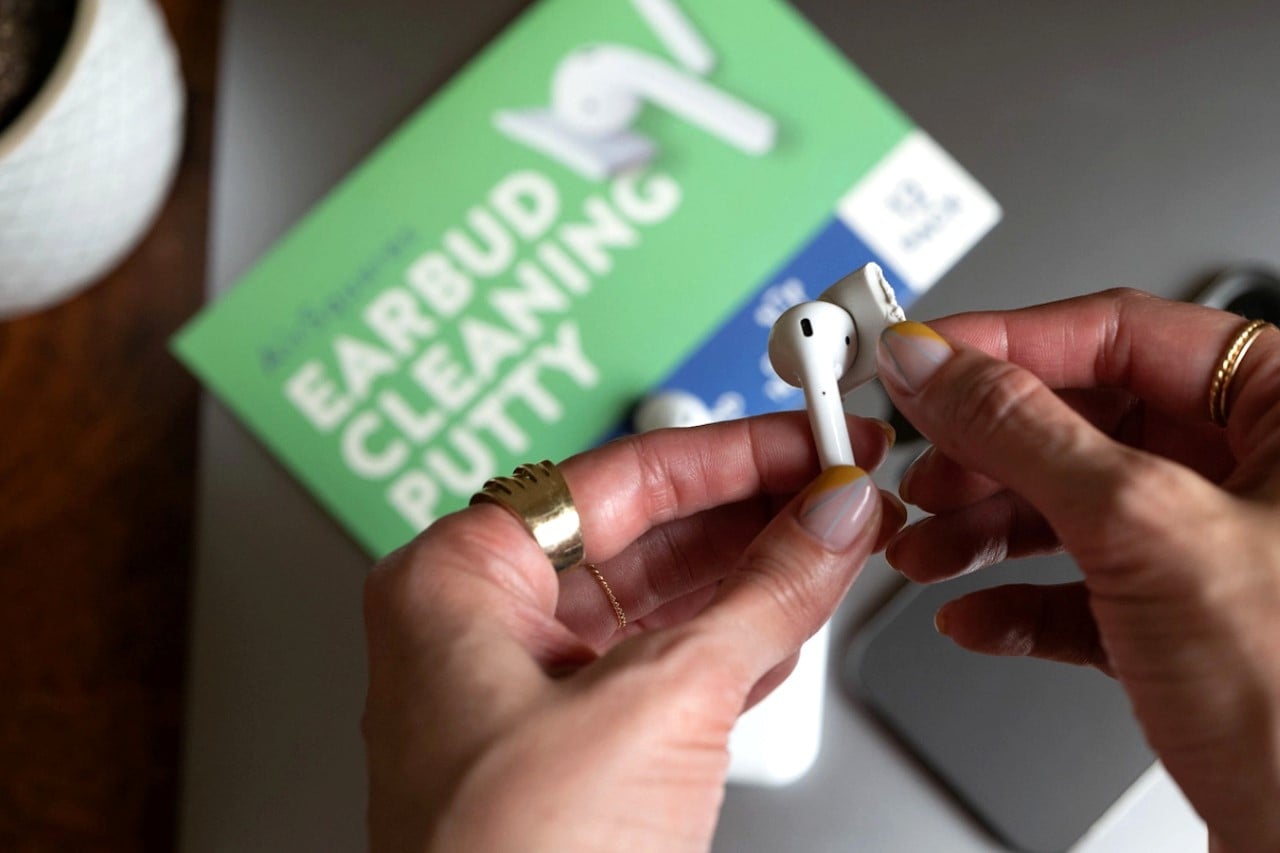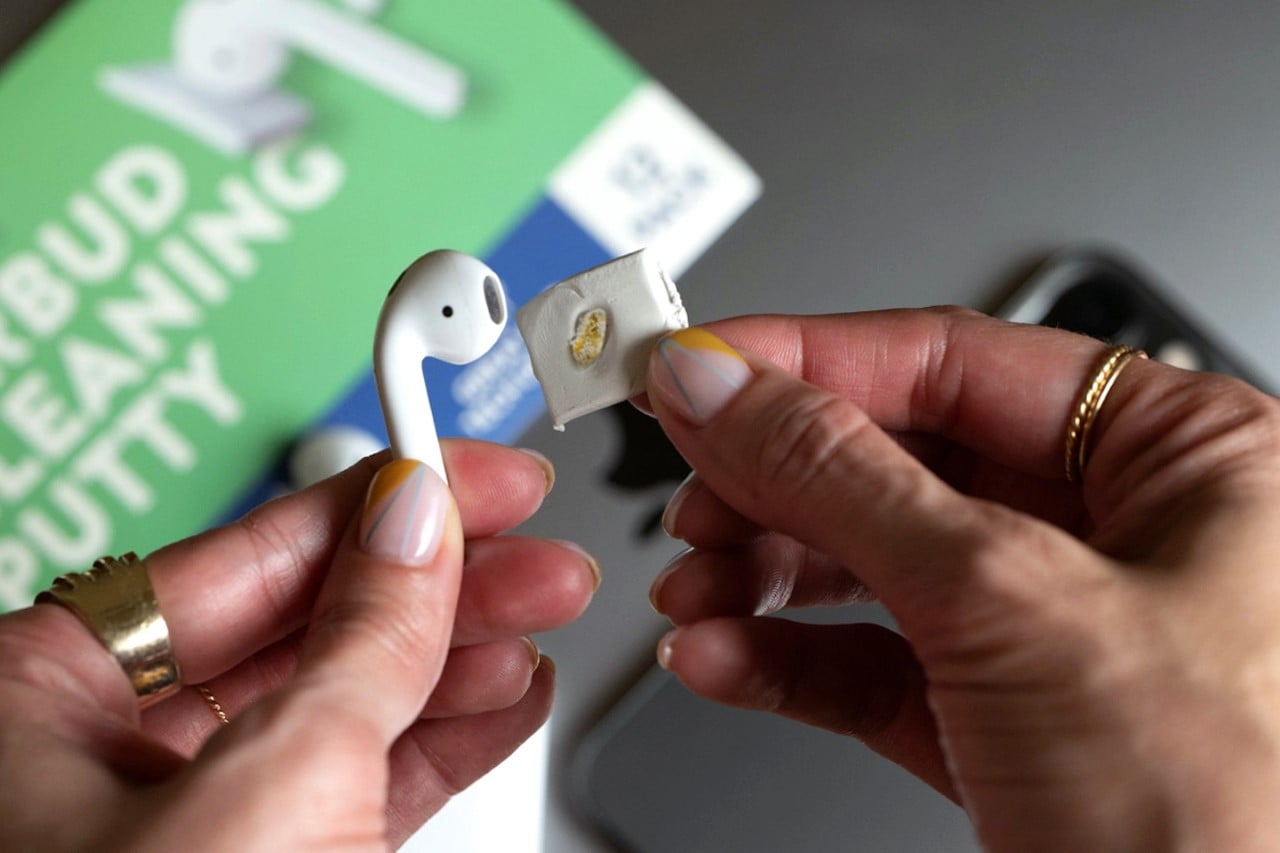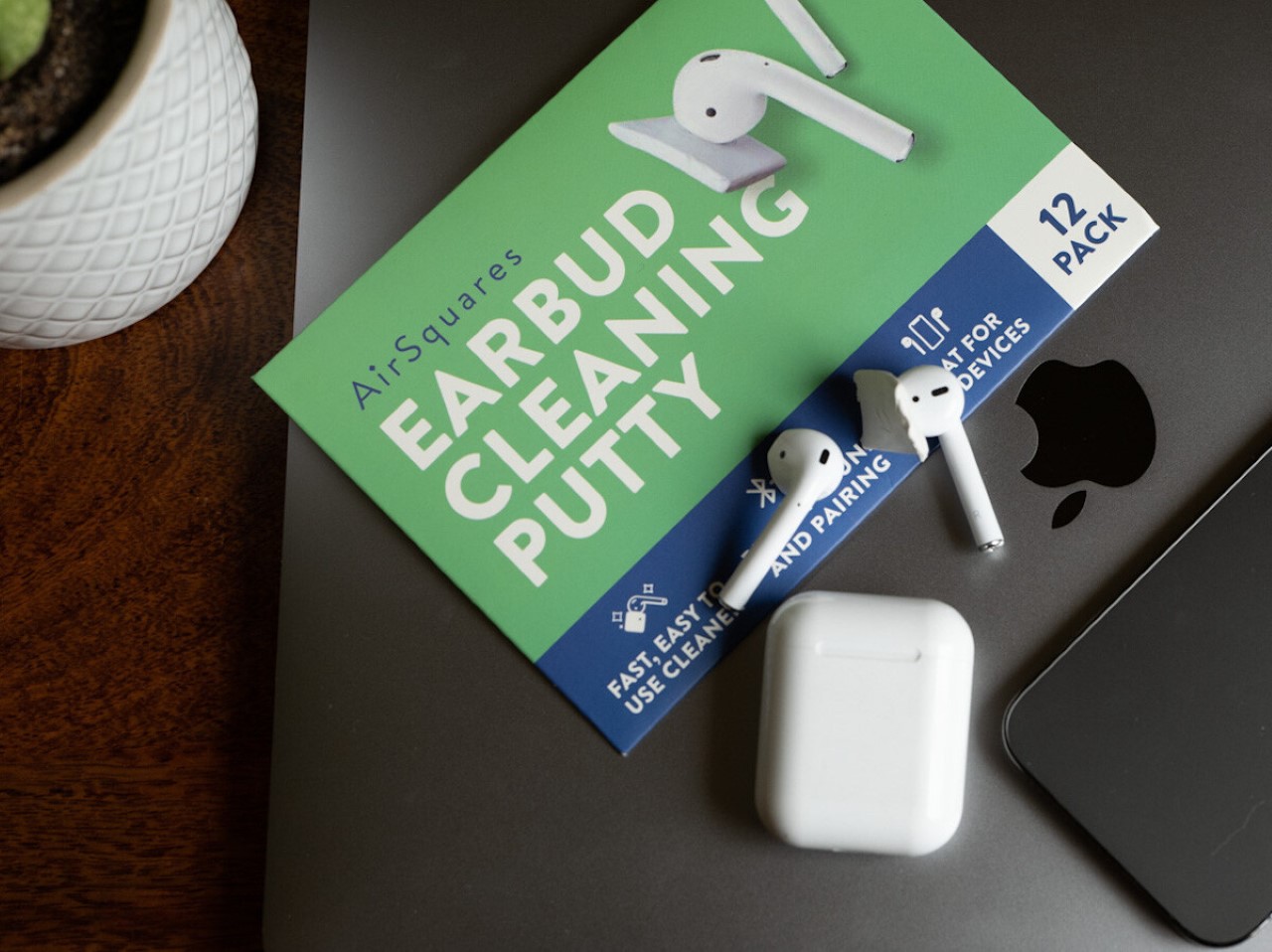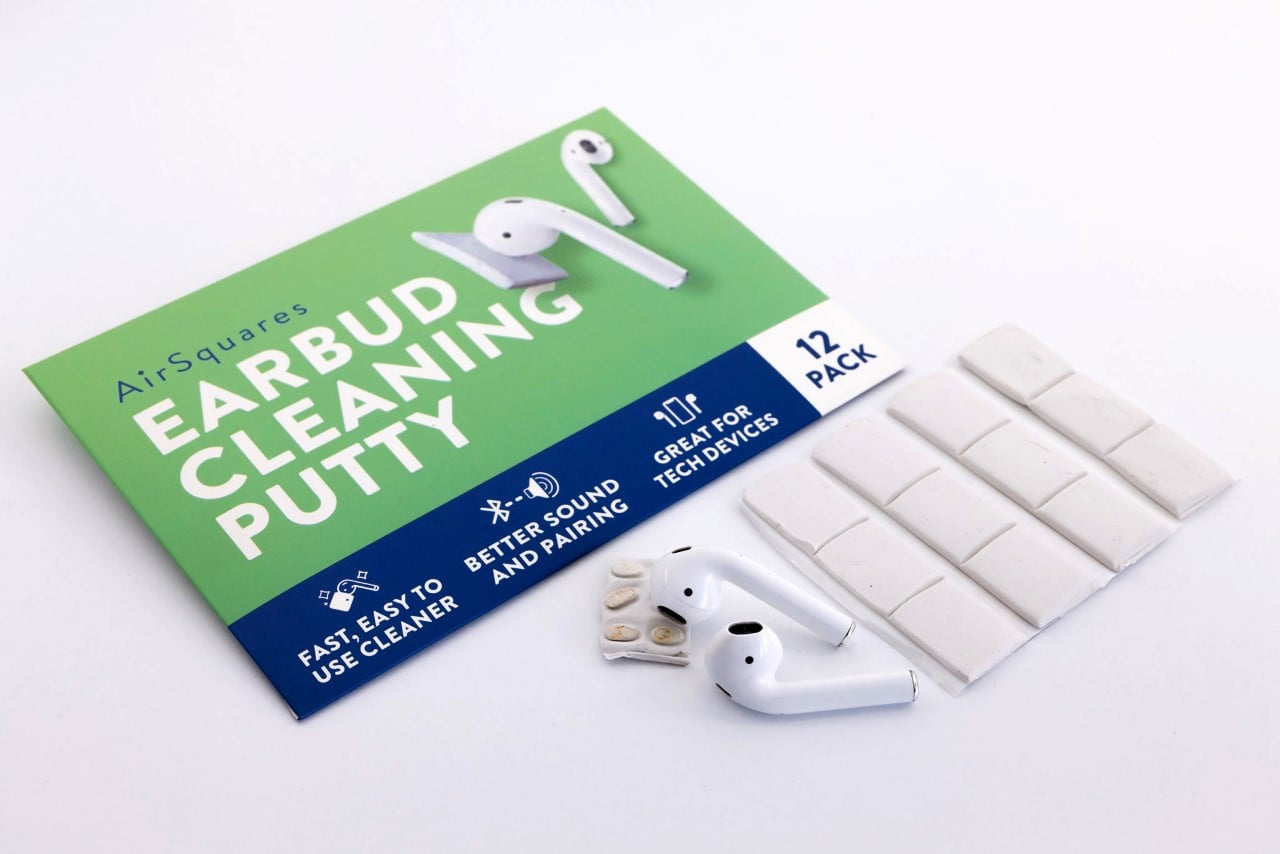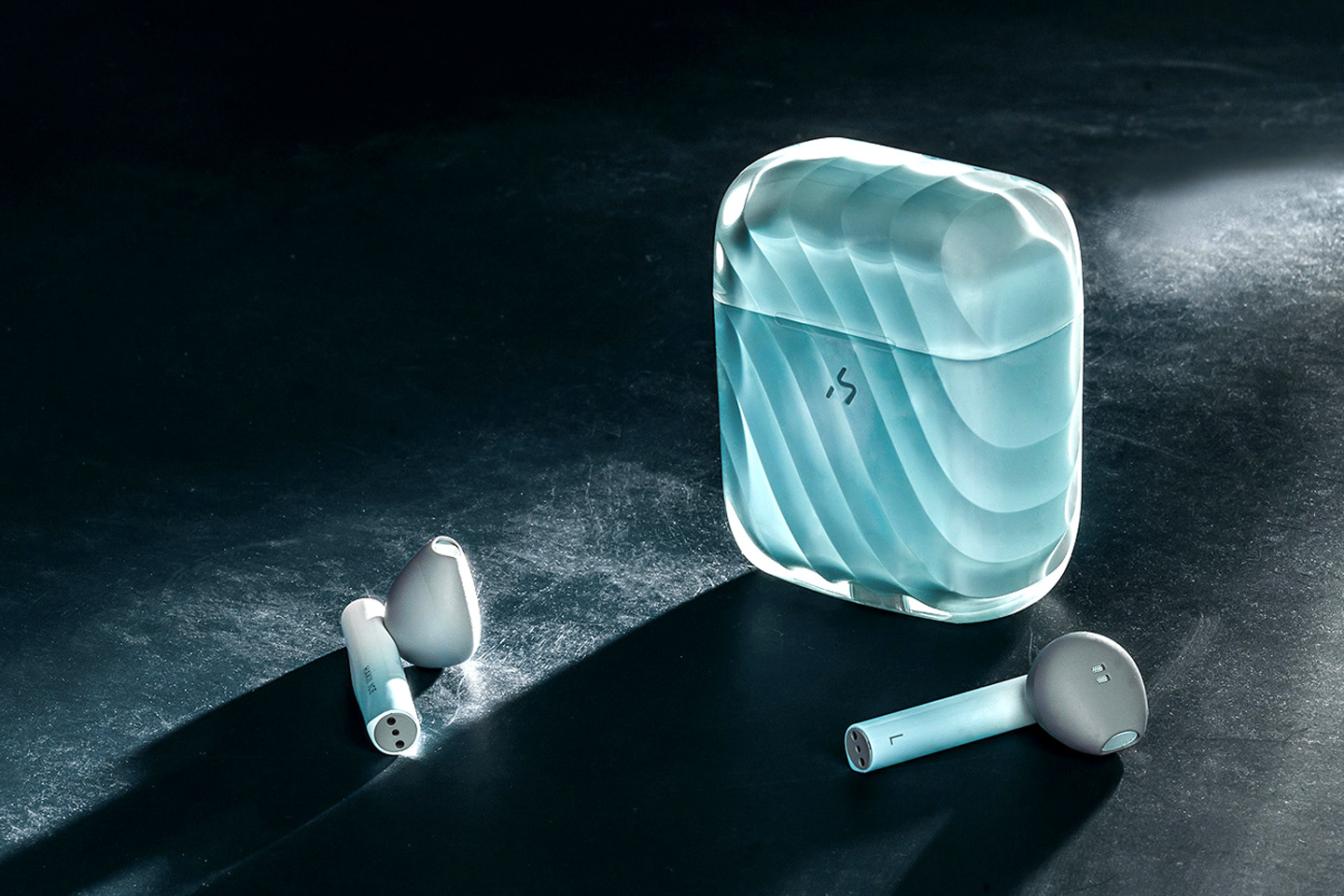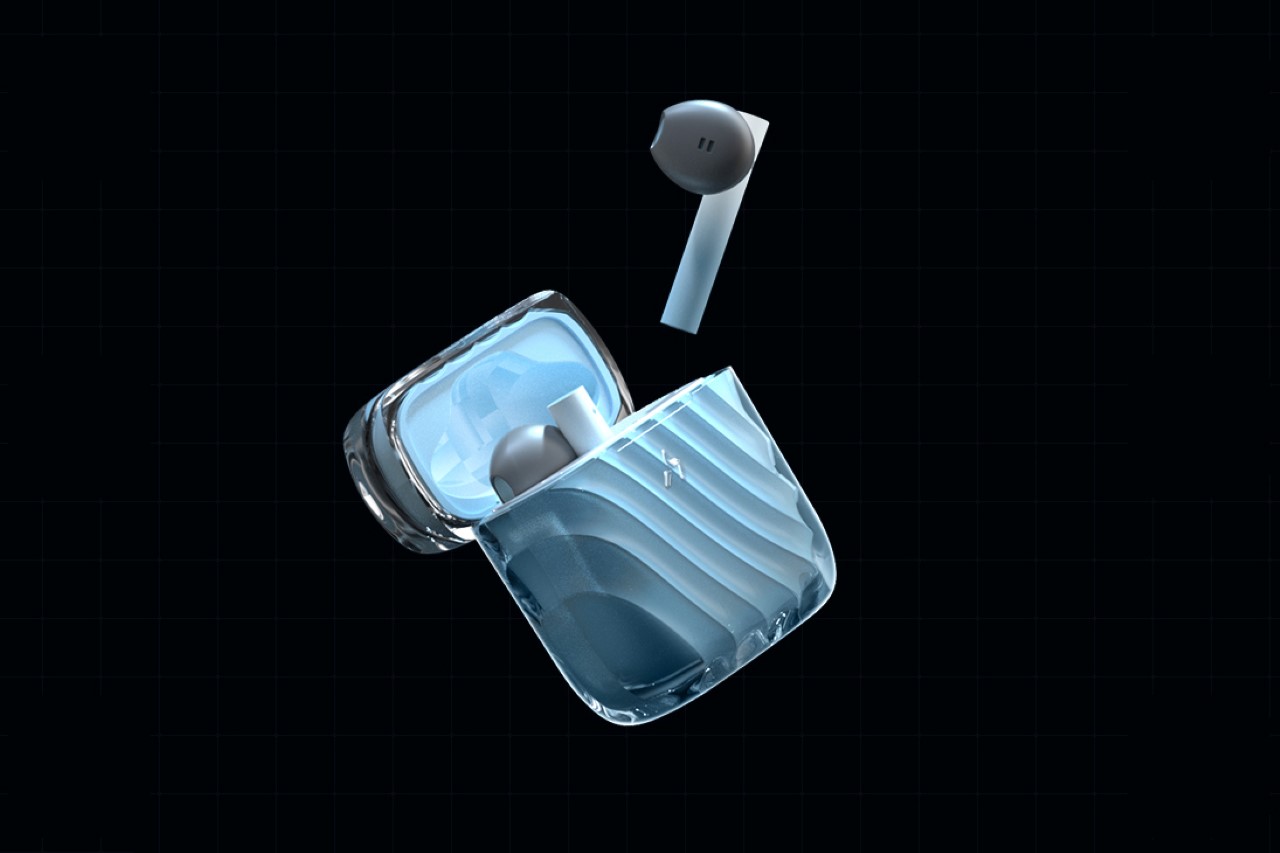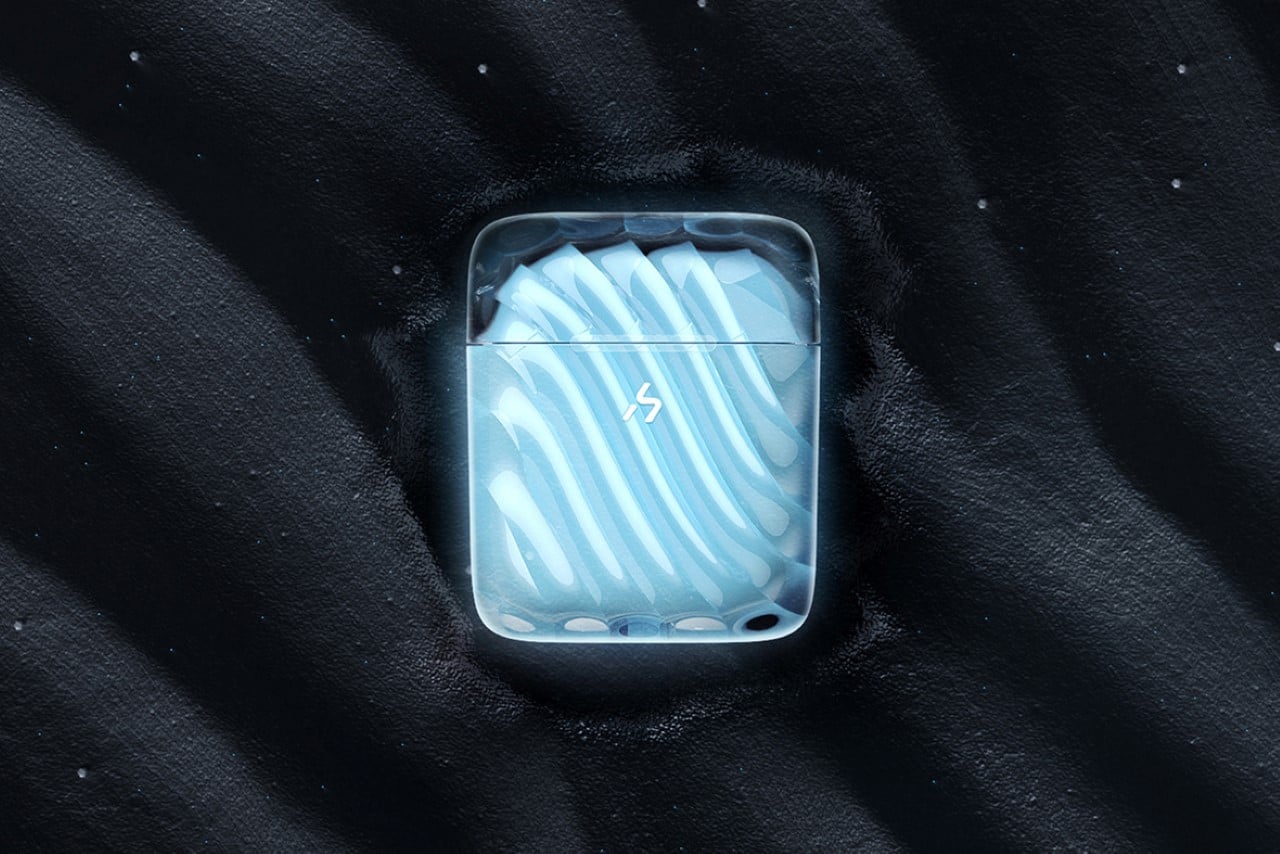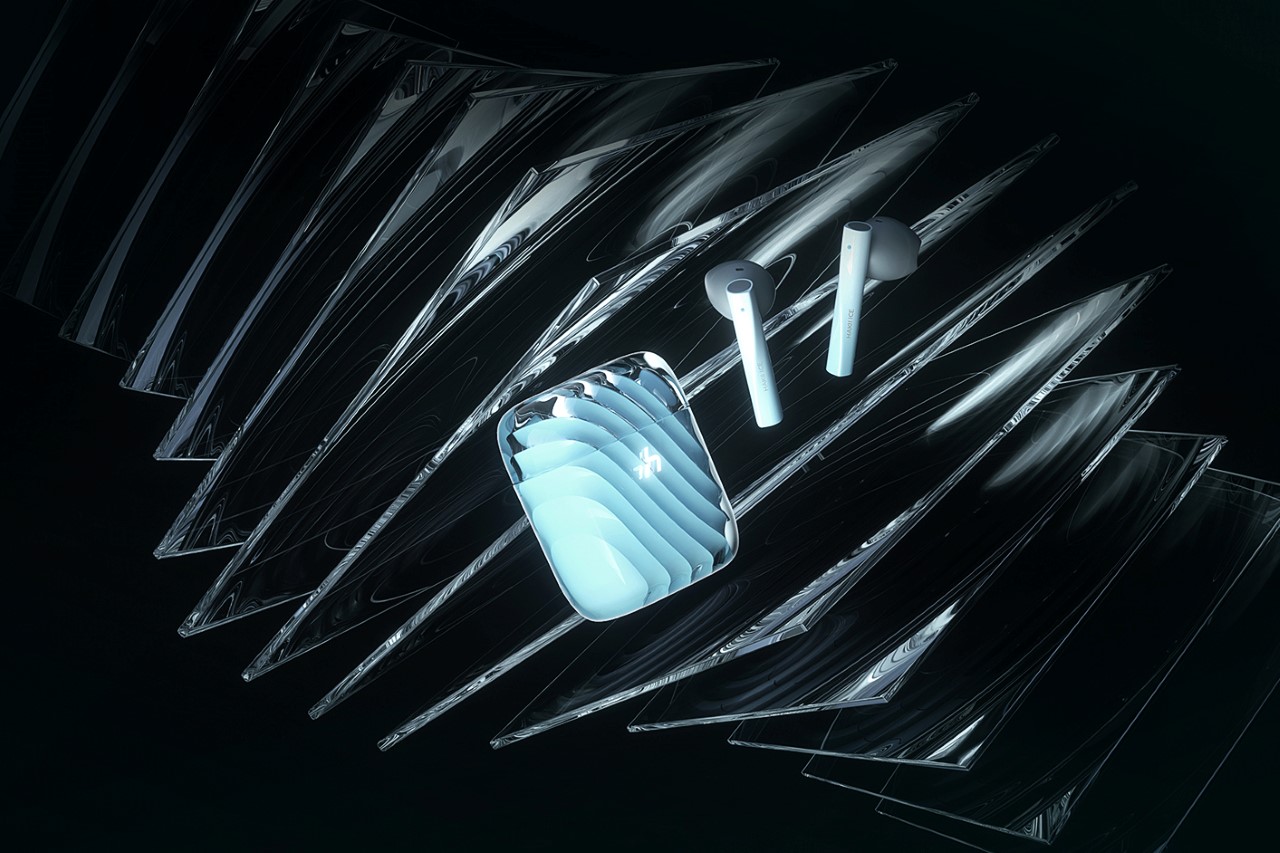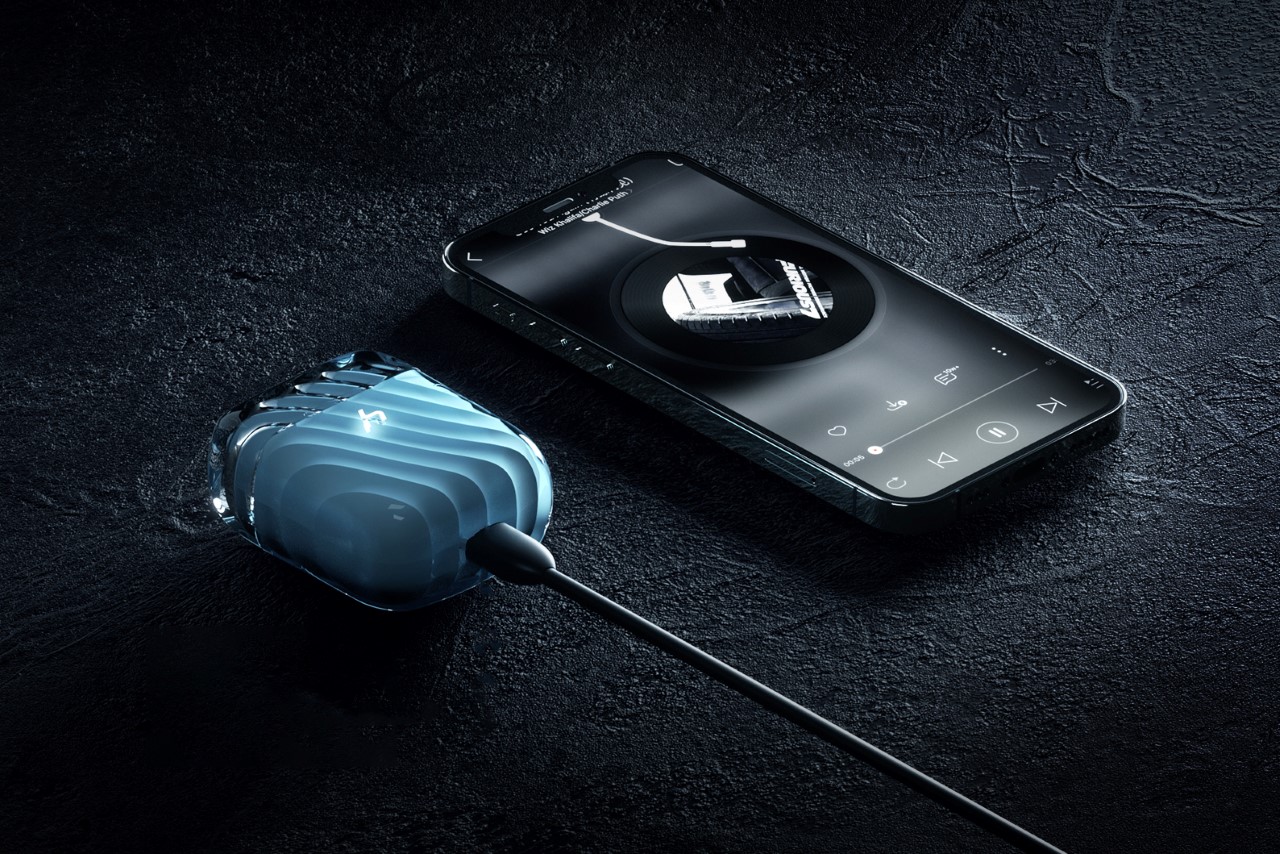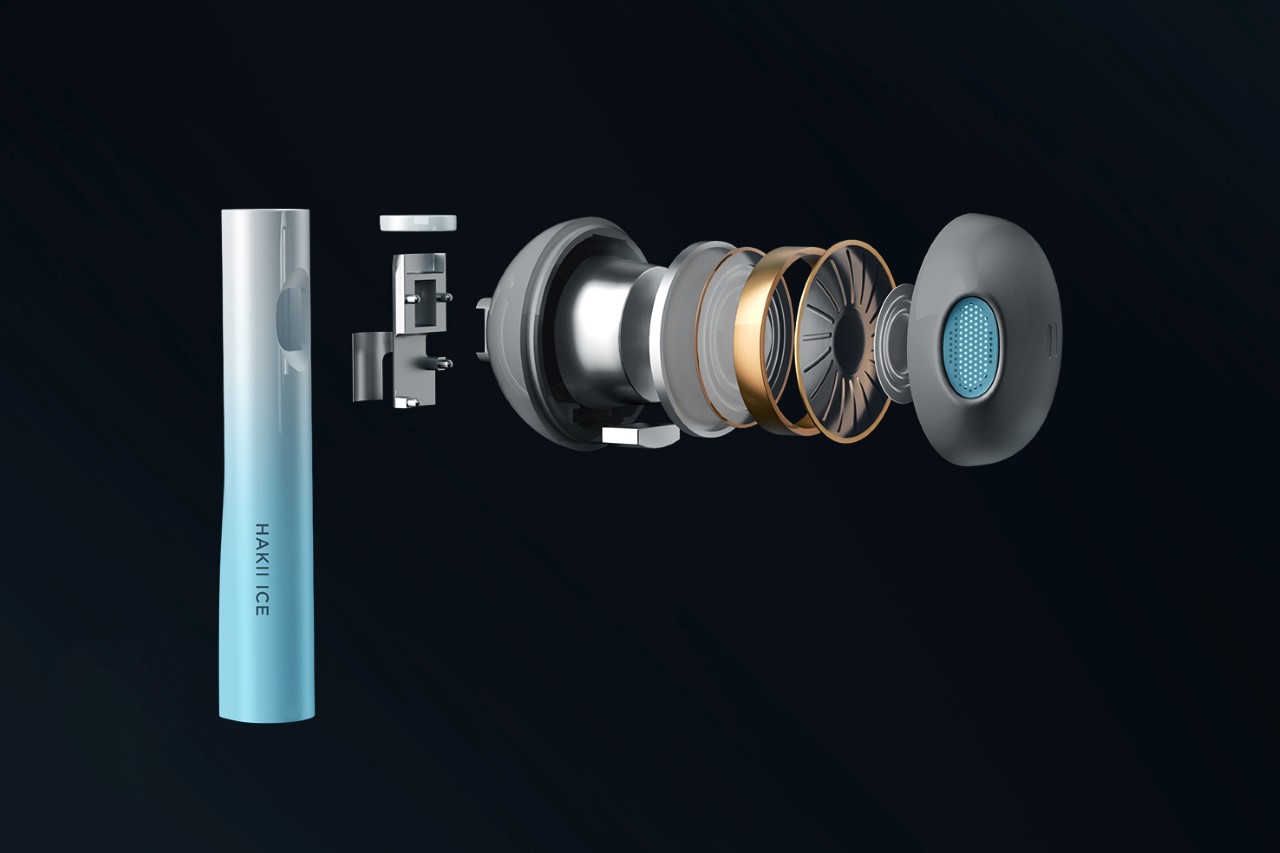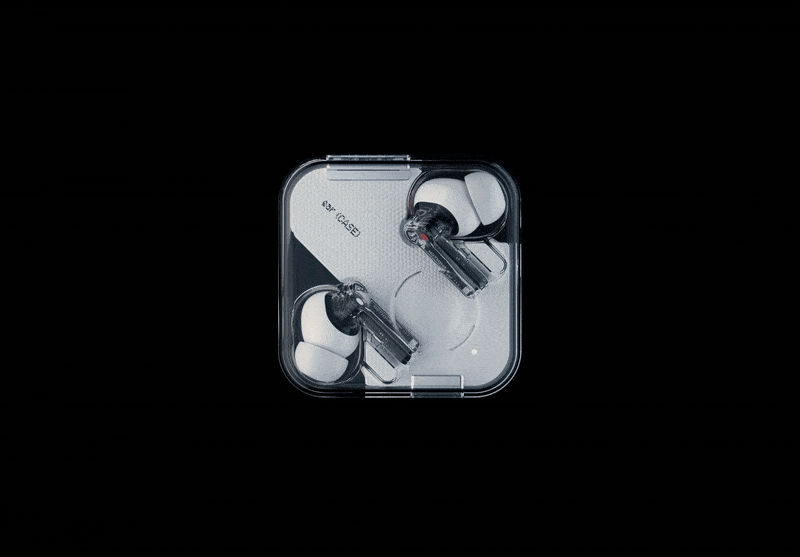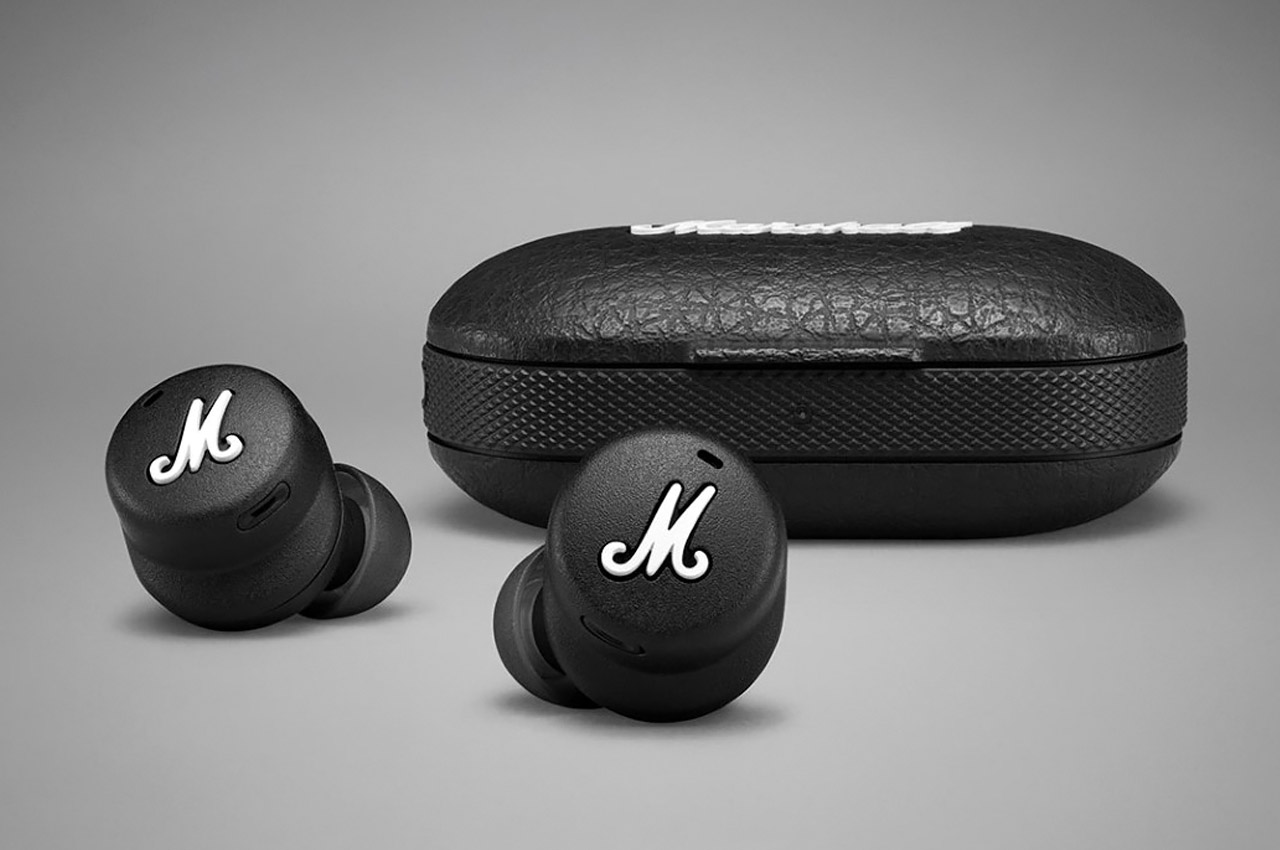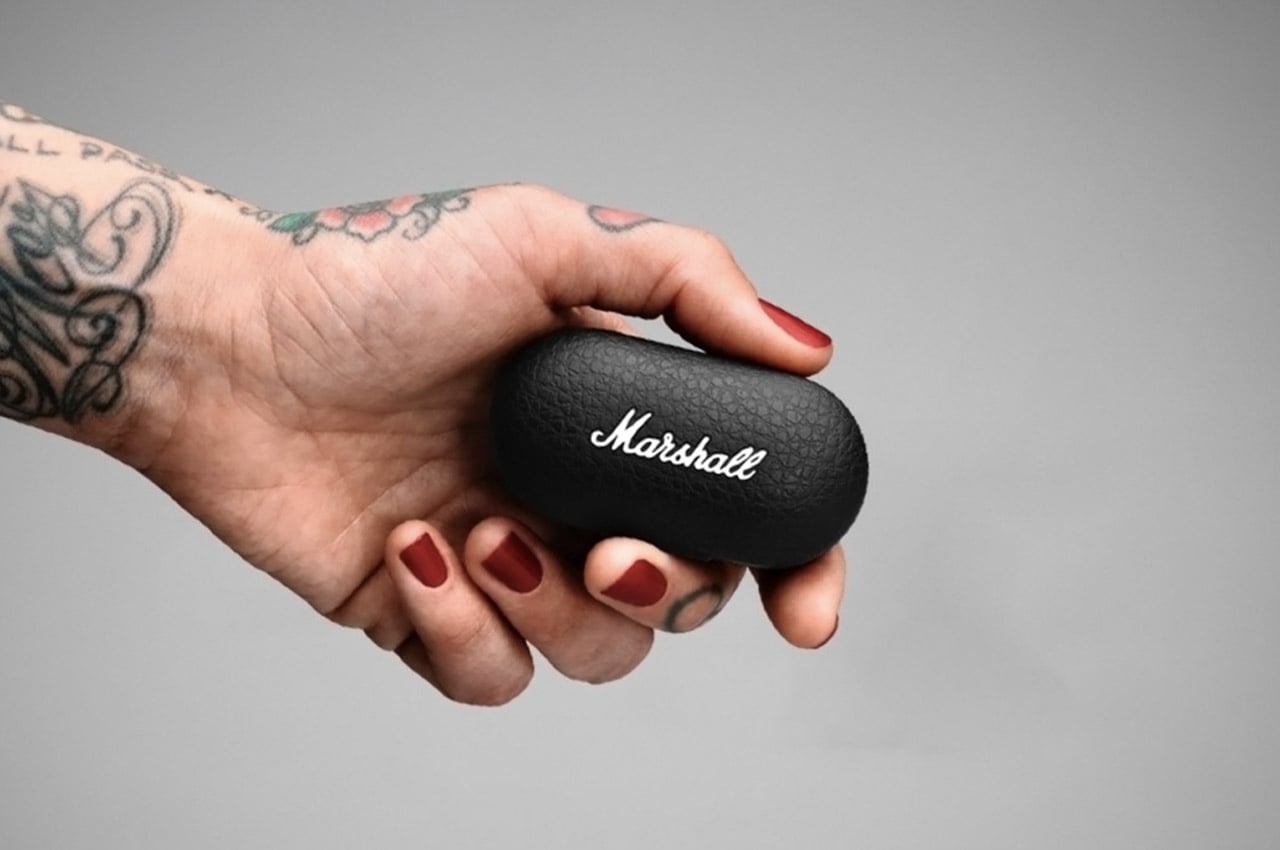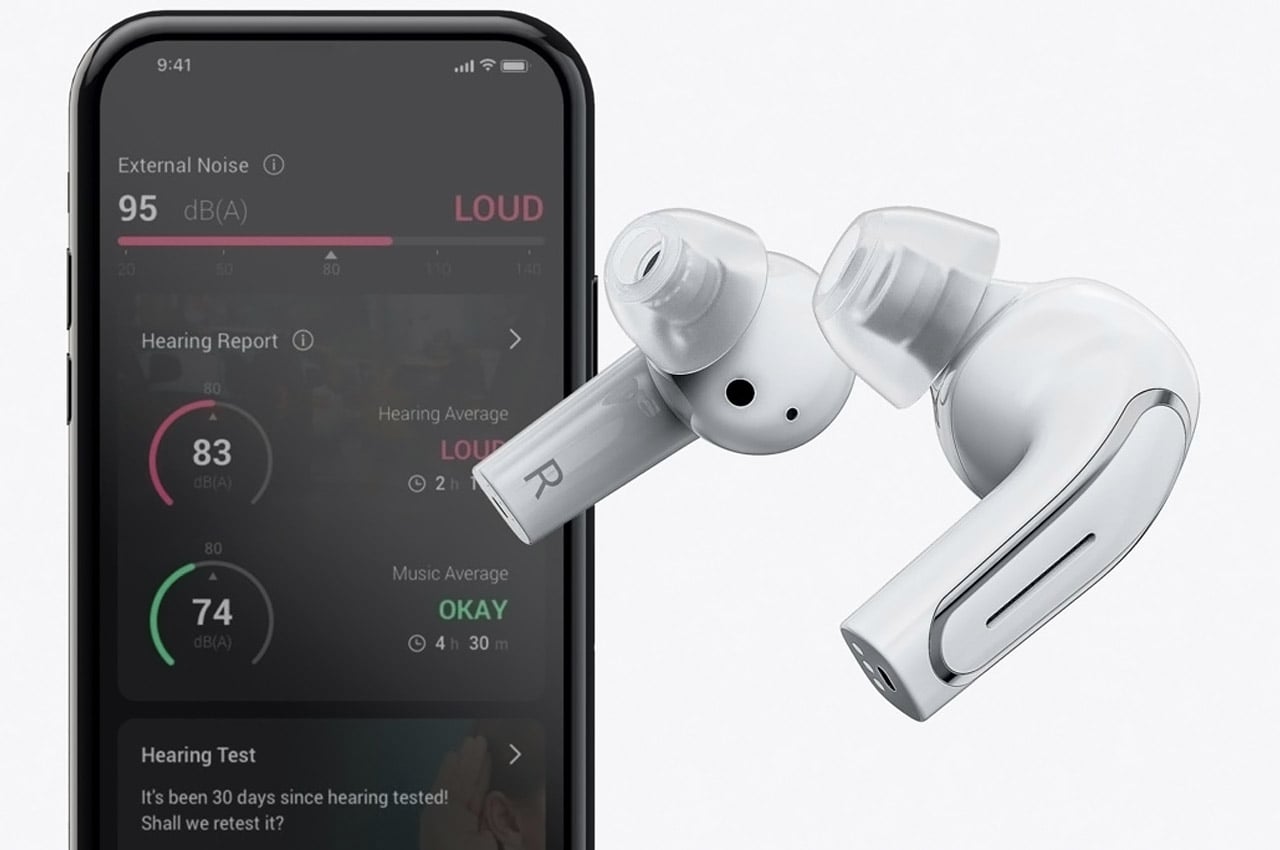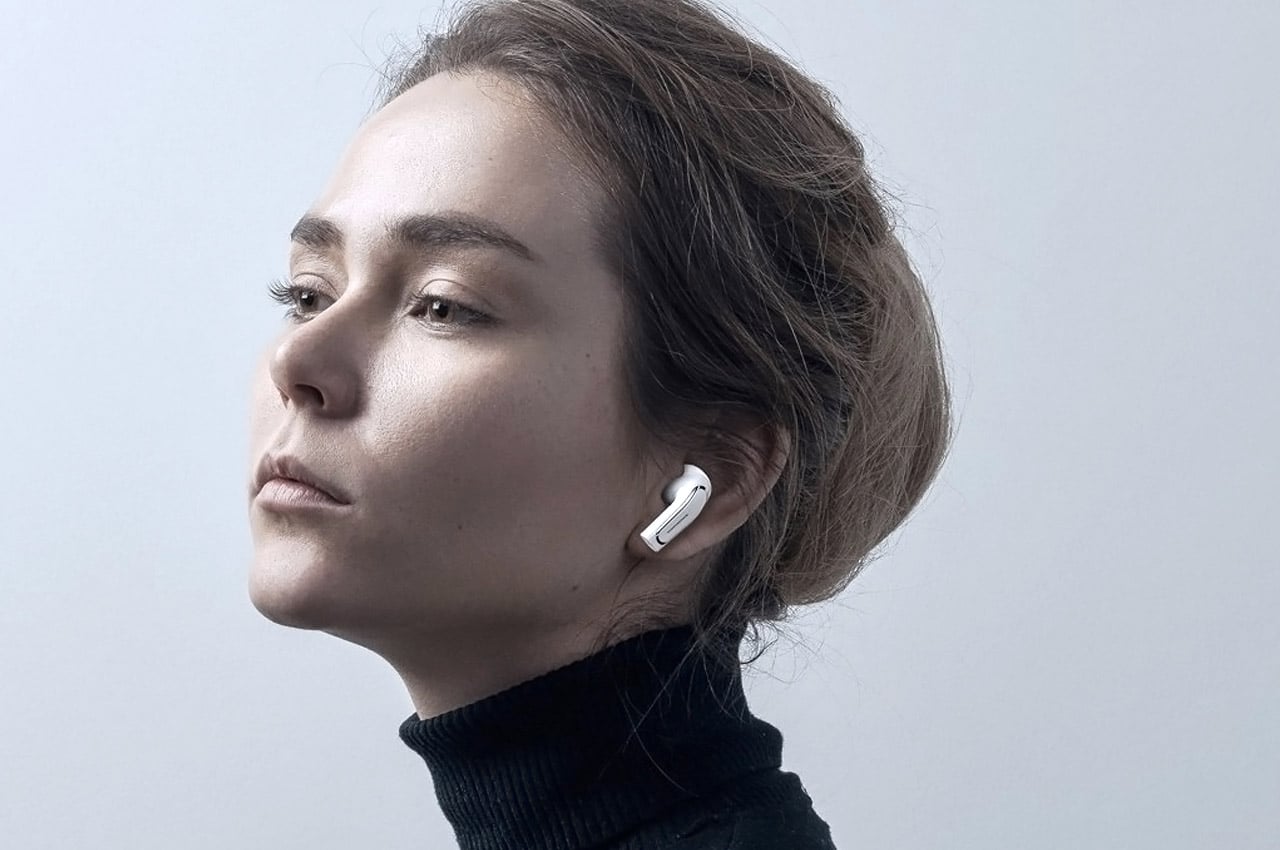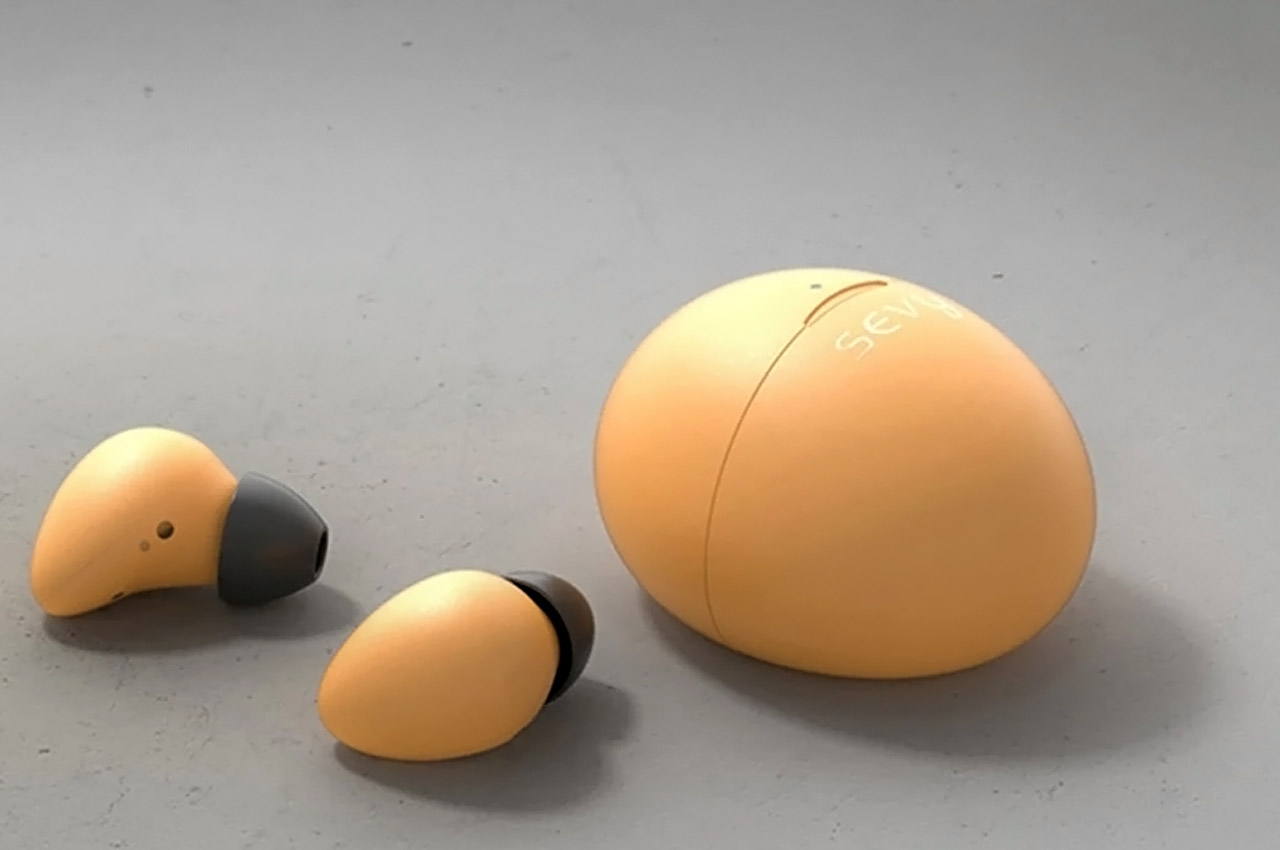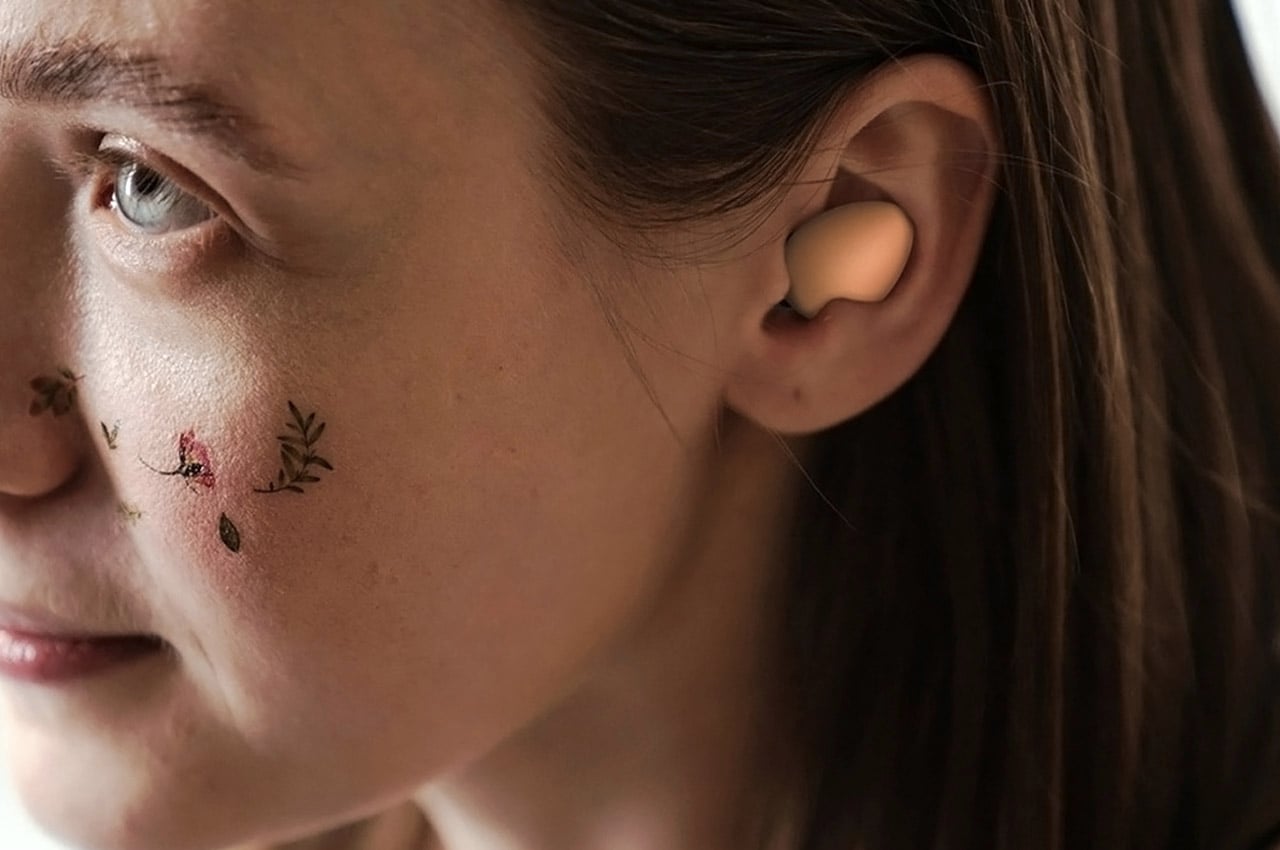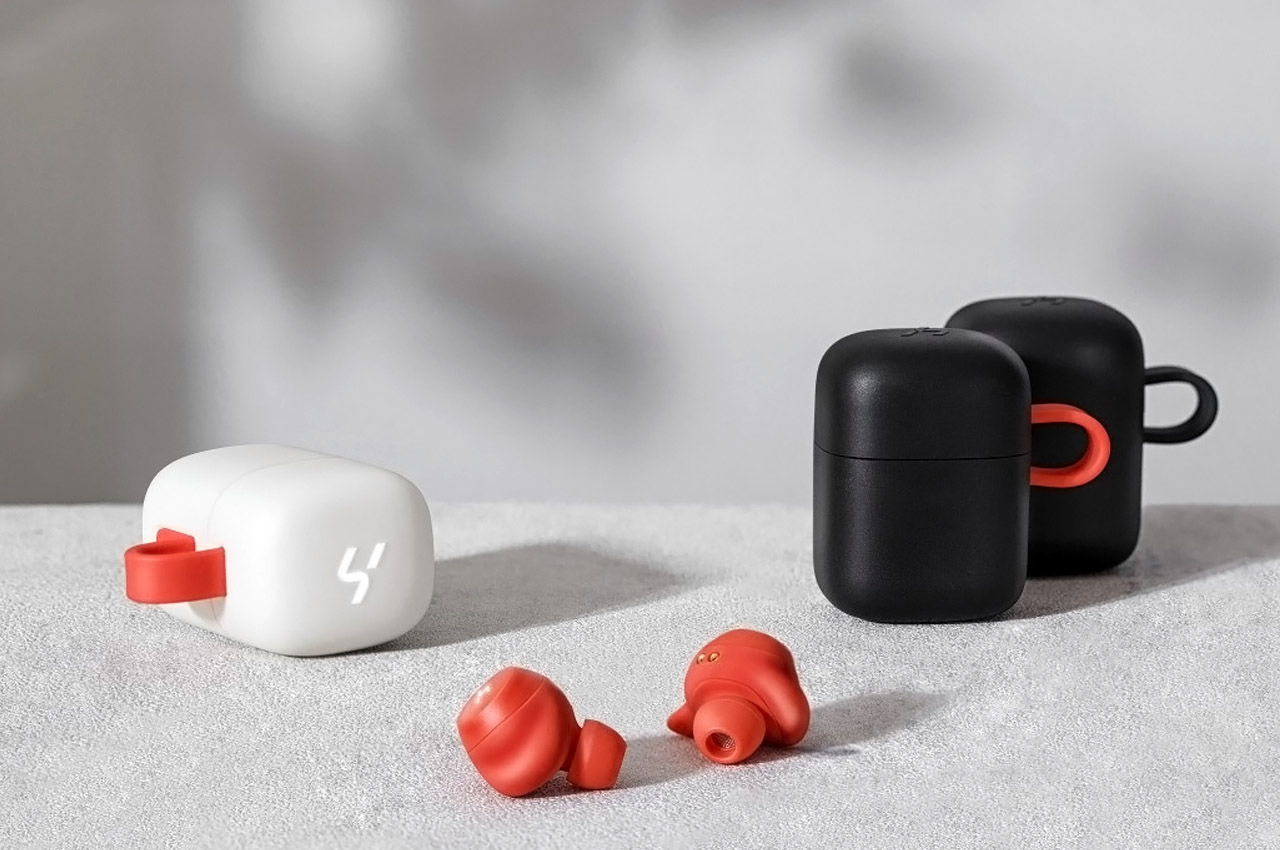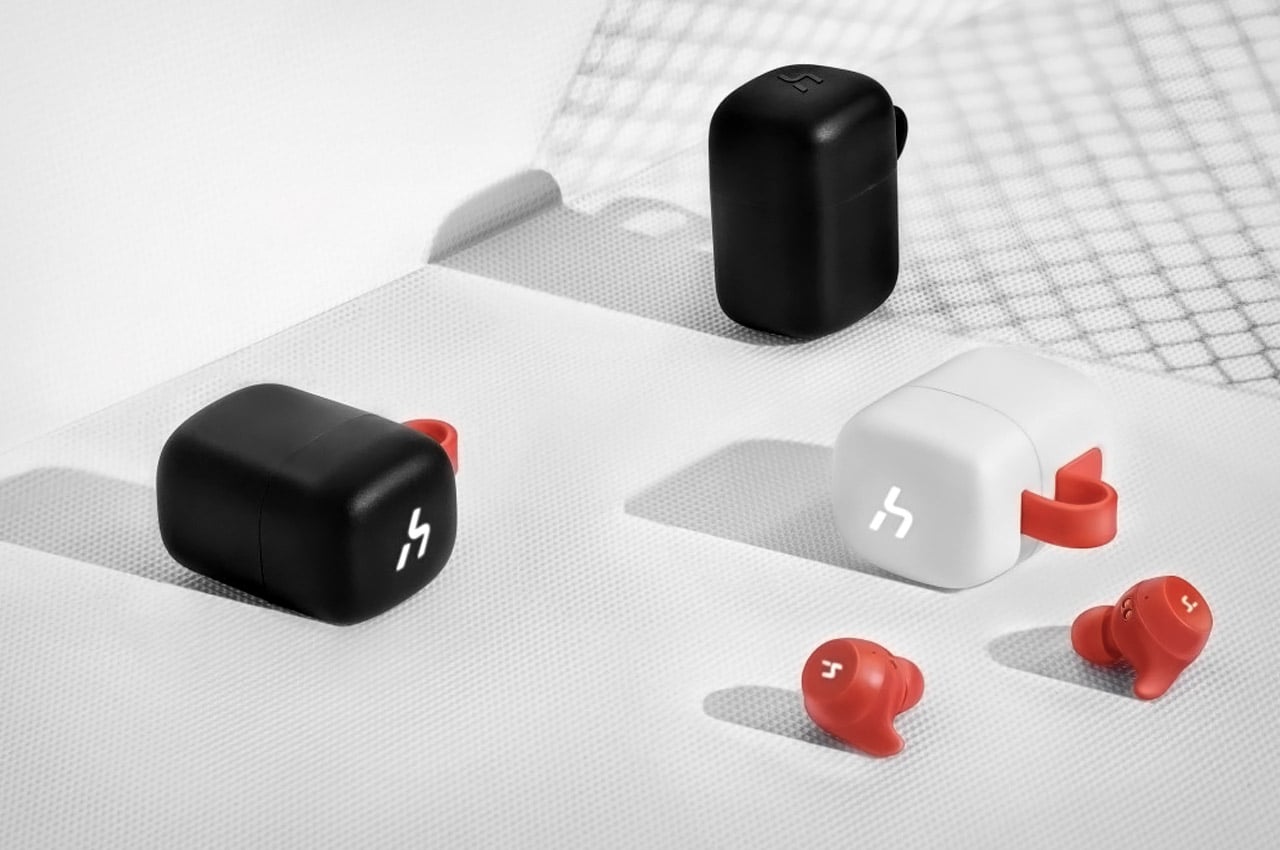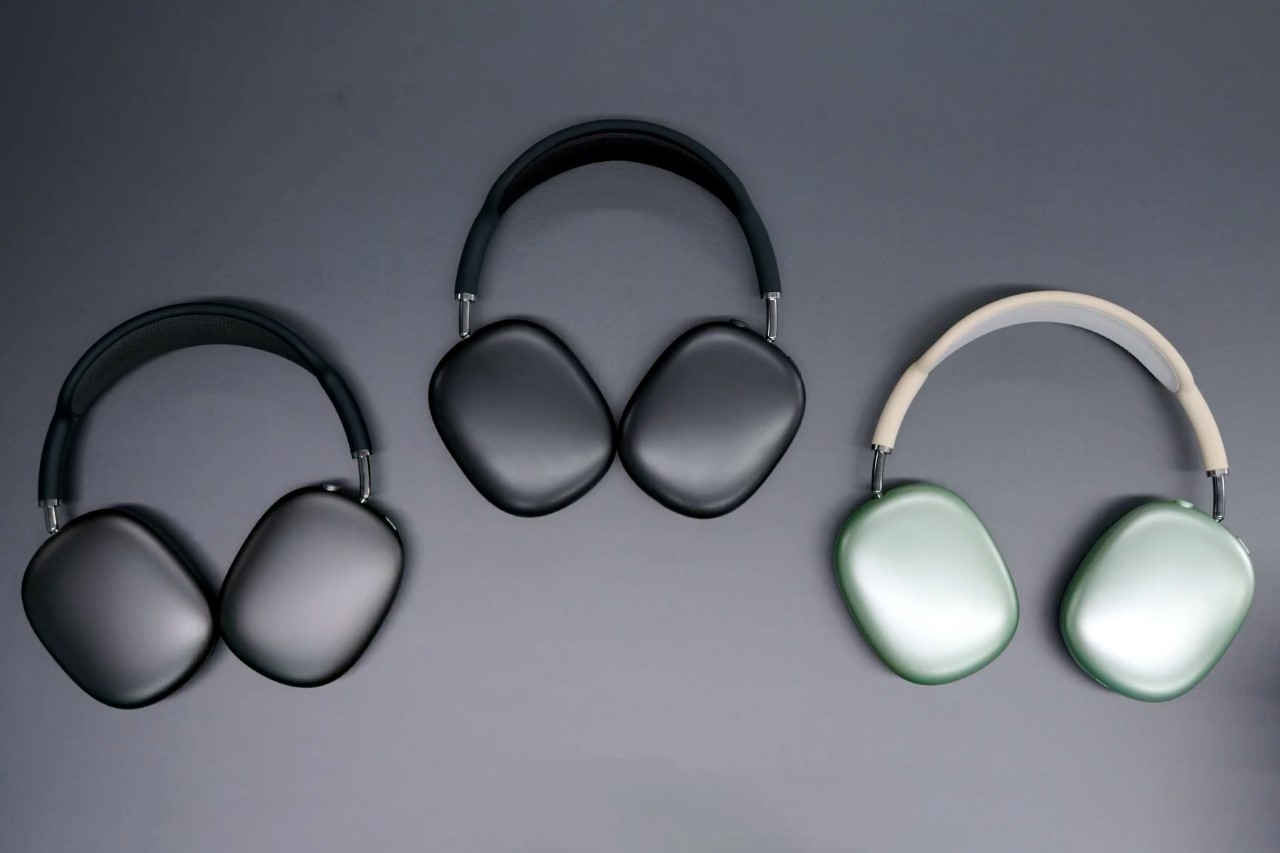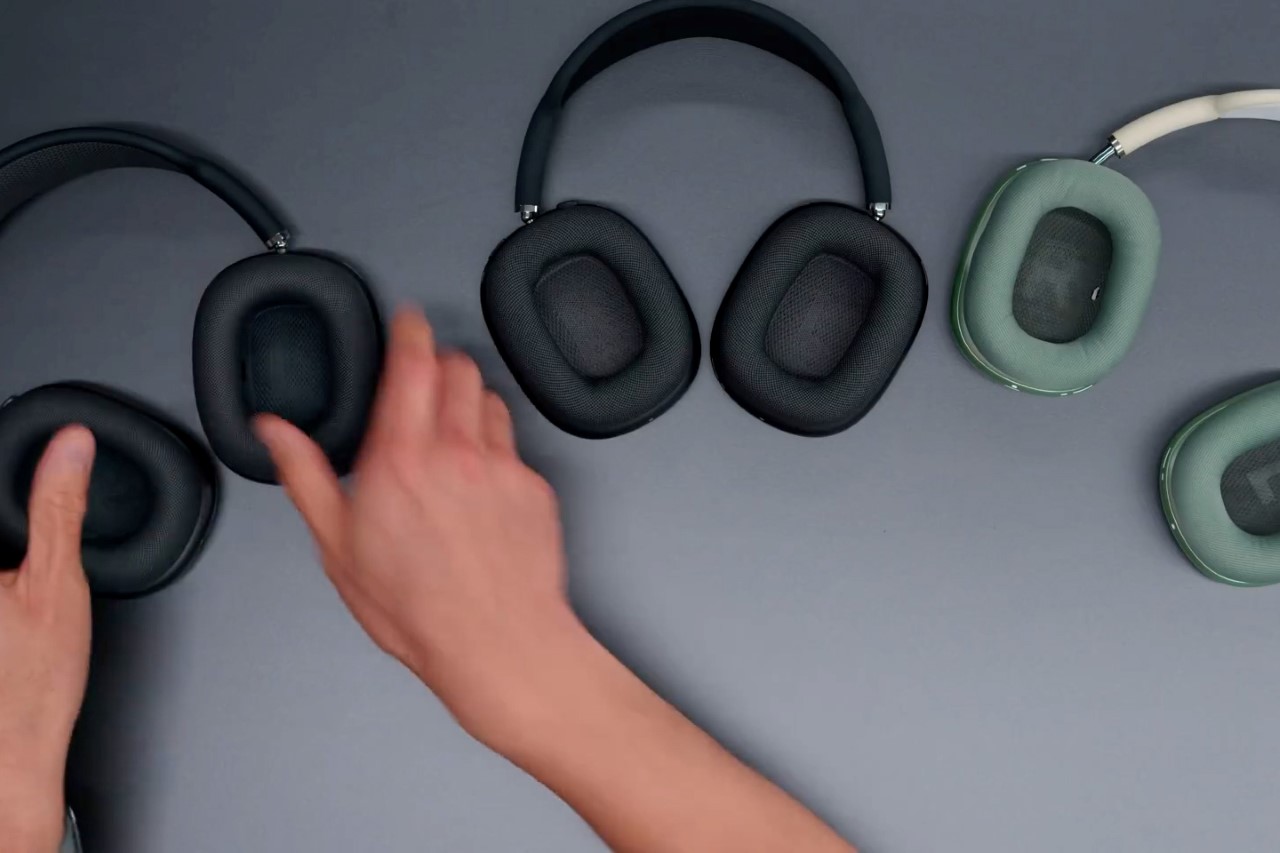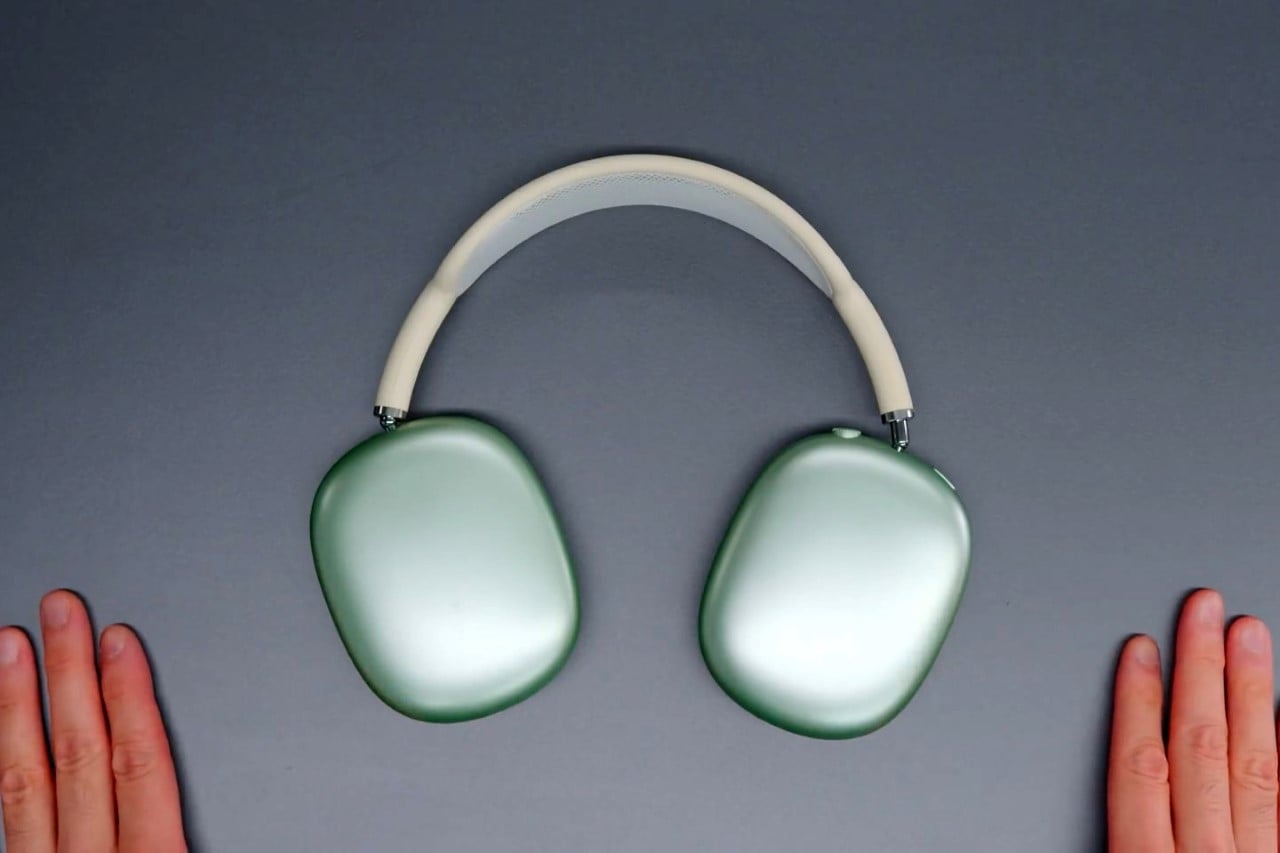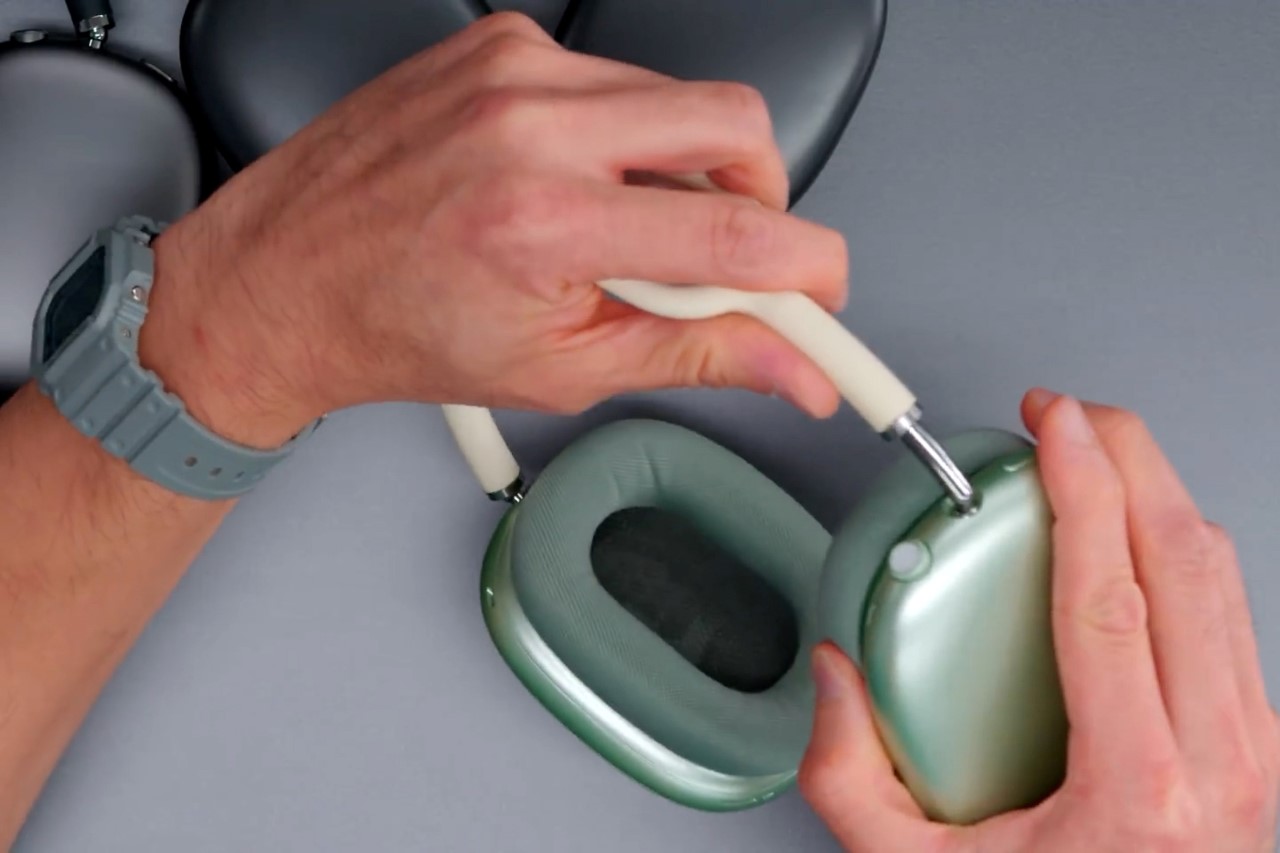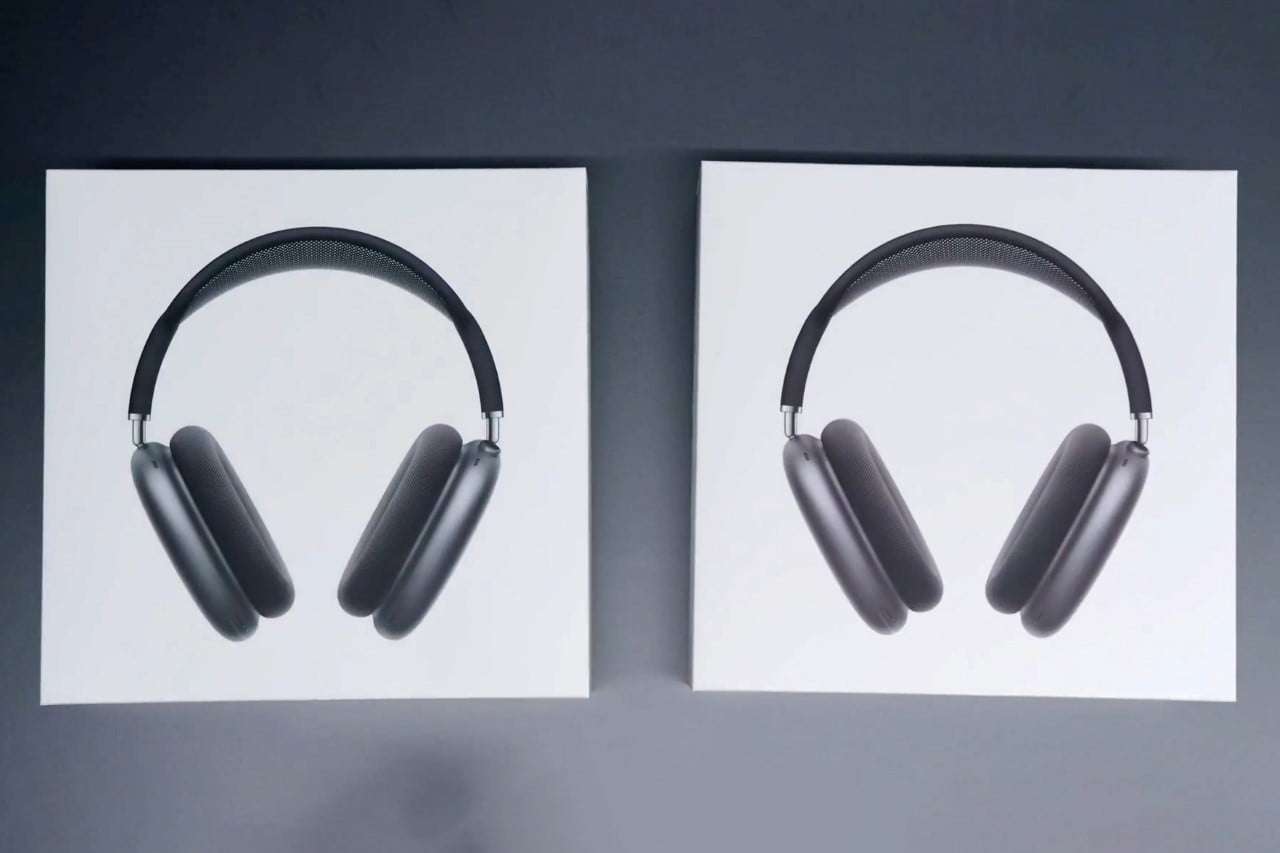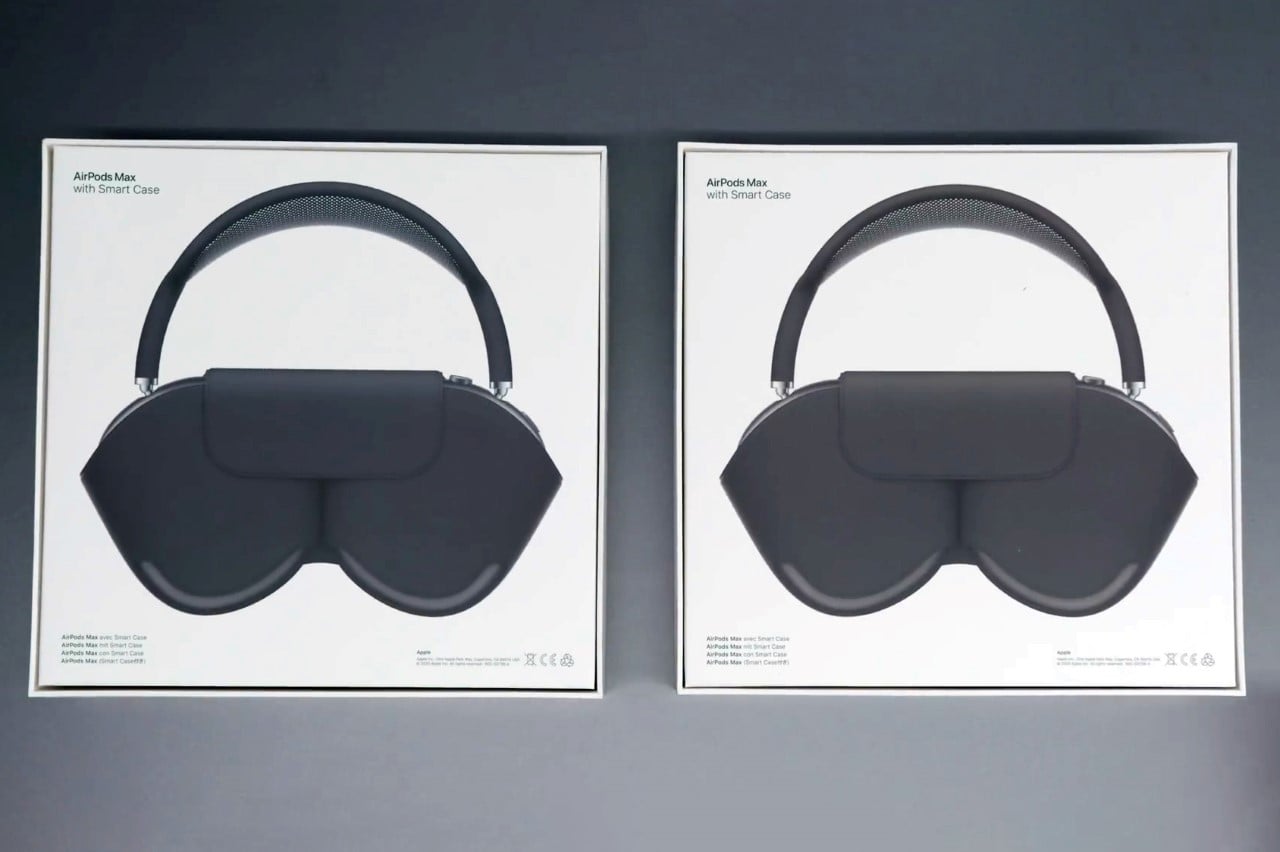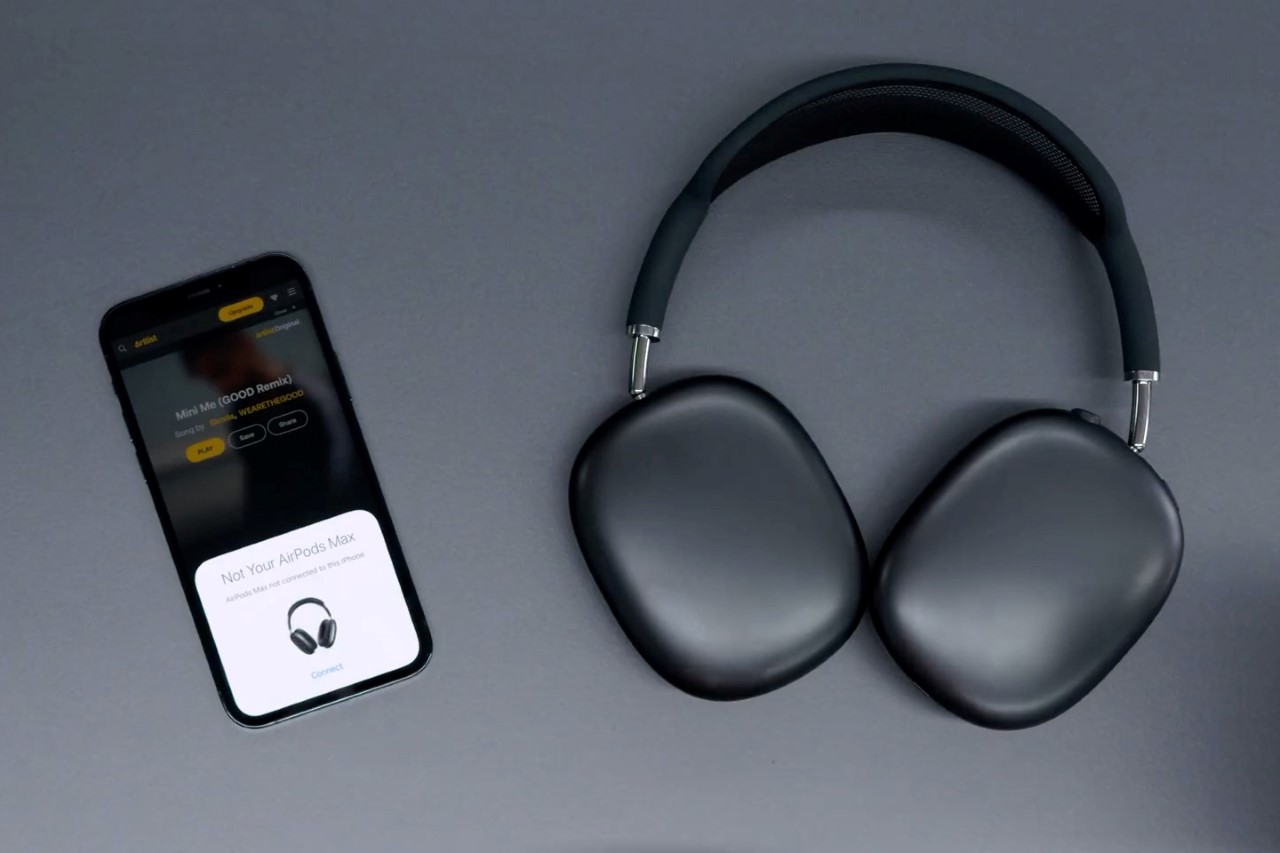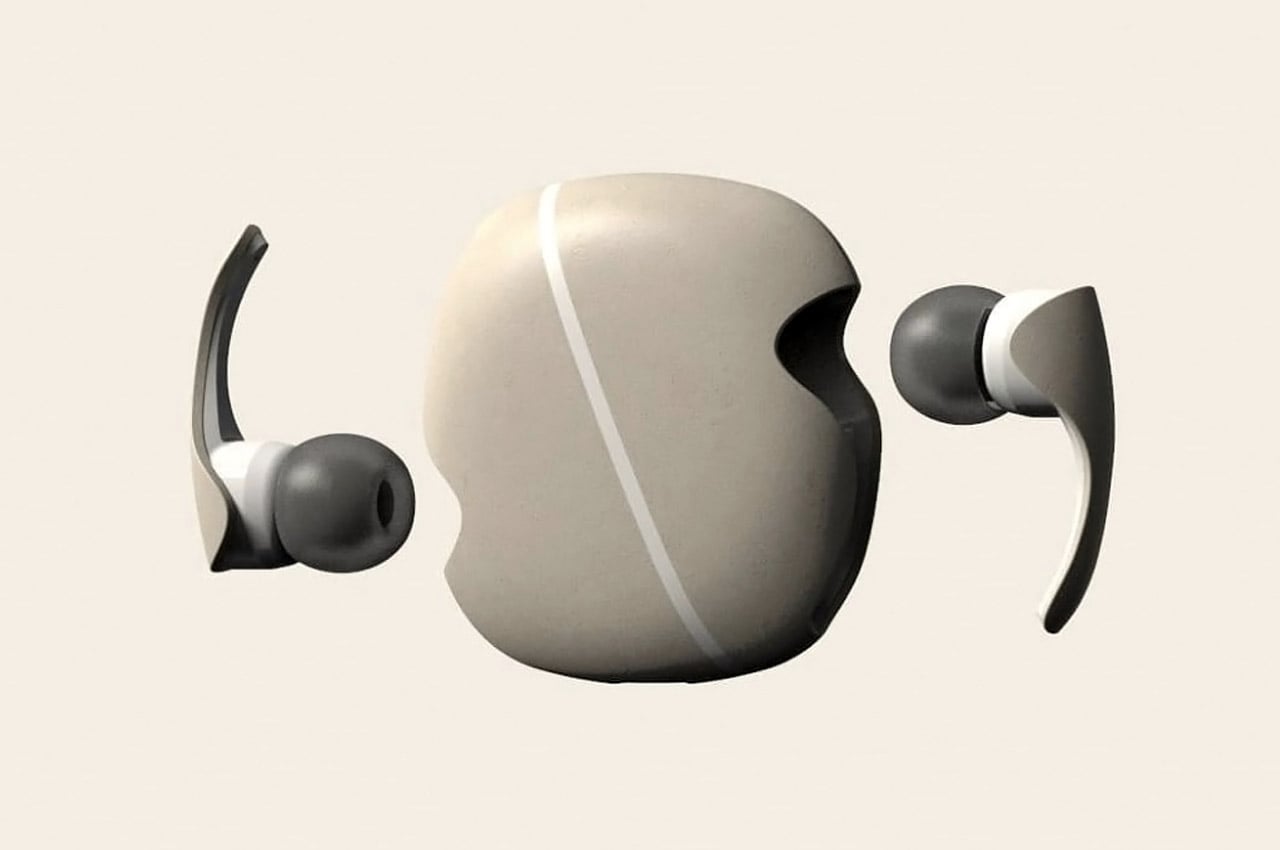
I love a good pair of earbuds! In fact, I really can’t function without my personal earbuds. Once my earbuds are in, the rest of the world is out! I deep dive into the world of my favorite tunes, away from real-world problems, happy in my own little audio bubble! Hence, owning a pair of innovative and perfect earbuds is an absolute necessity for me, and I’m sure that’s the case for most of the music lovers out there as well! Quite a few of us are Team AirPods all the way. But hey! Let’s remember that great earbuds go beyond Apple as well. And this nifty list includes all of them! This collection of exciting designs has a pair of earbuds for everyone! From earbuds that magnetically hang like a necklace to the world’s first TWS earbuds that actually protect your hearing – these earbuds provide unique design solutions and are a must-have for audiophiles!
1. Koishi
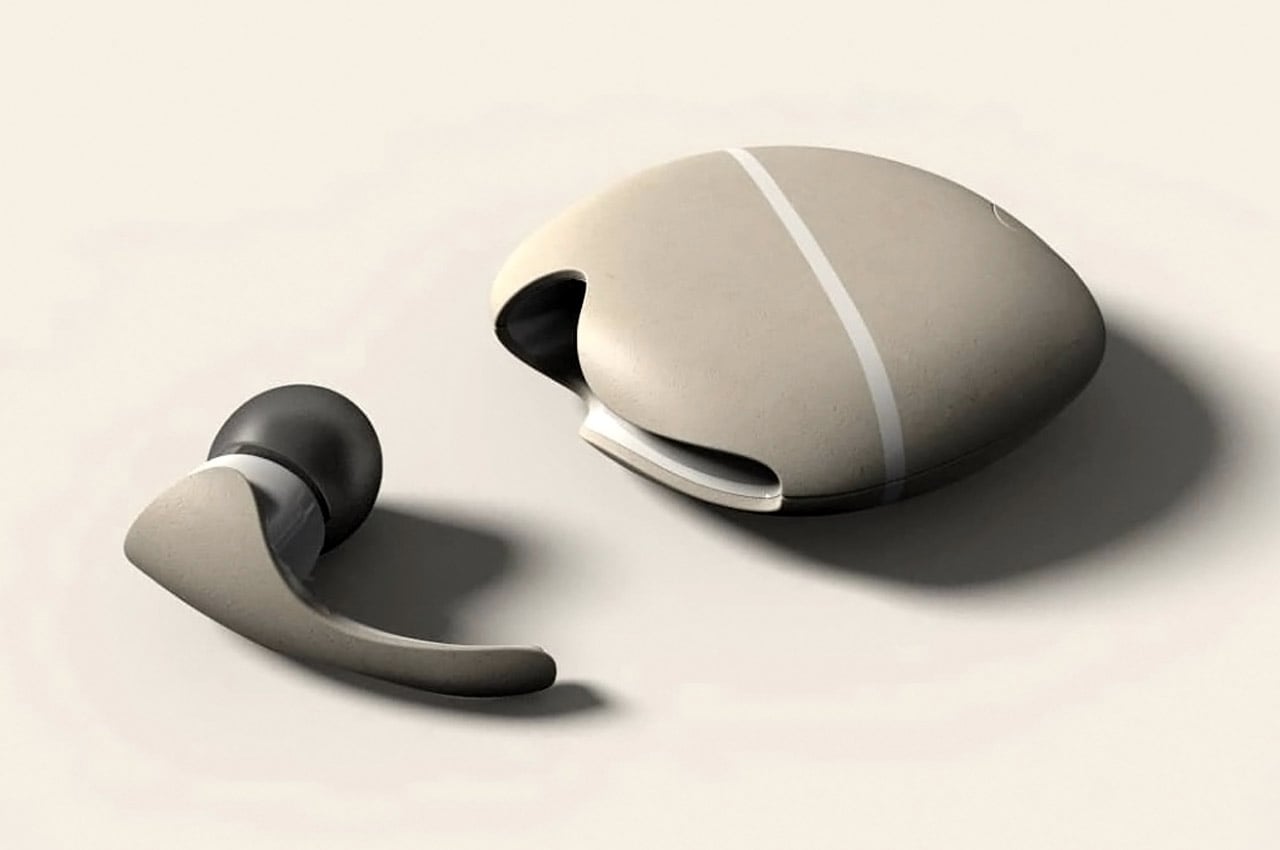

Named Koishi, after the Japanese word for Pebble, the TWS Earphones come with a soft, pebble-inspired form that’s beautiful to look at, comfortable to store in pockets, and can even be stacked one above another as Zen Stones. They come in three stone-inspired colors and even sport a slightly mottled stone texture. Running right through the case is a light strip that helps let you know when the earbuds are charging, or when they’re low on charge. However, it also visually guides you to instinctively know where the earphones are, so you can glance at the case and pull the earbuds out without fiddling to find them.
2. The Porsche Design PDT60 TWS Earphones
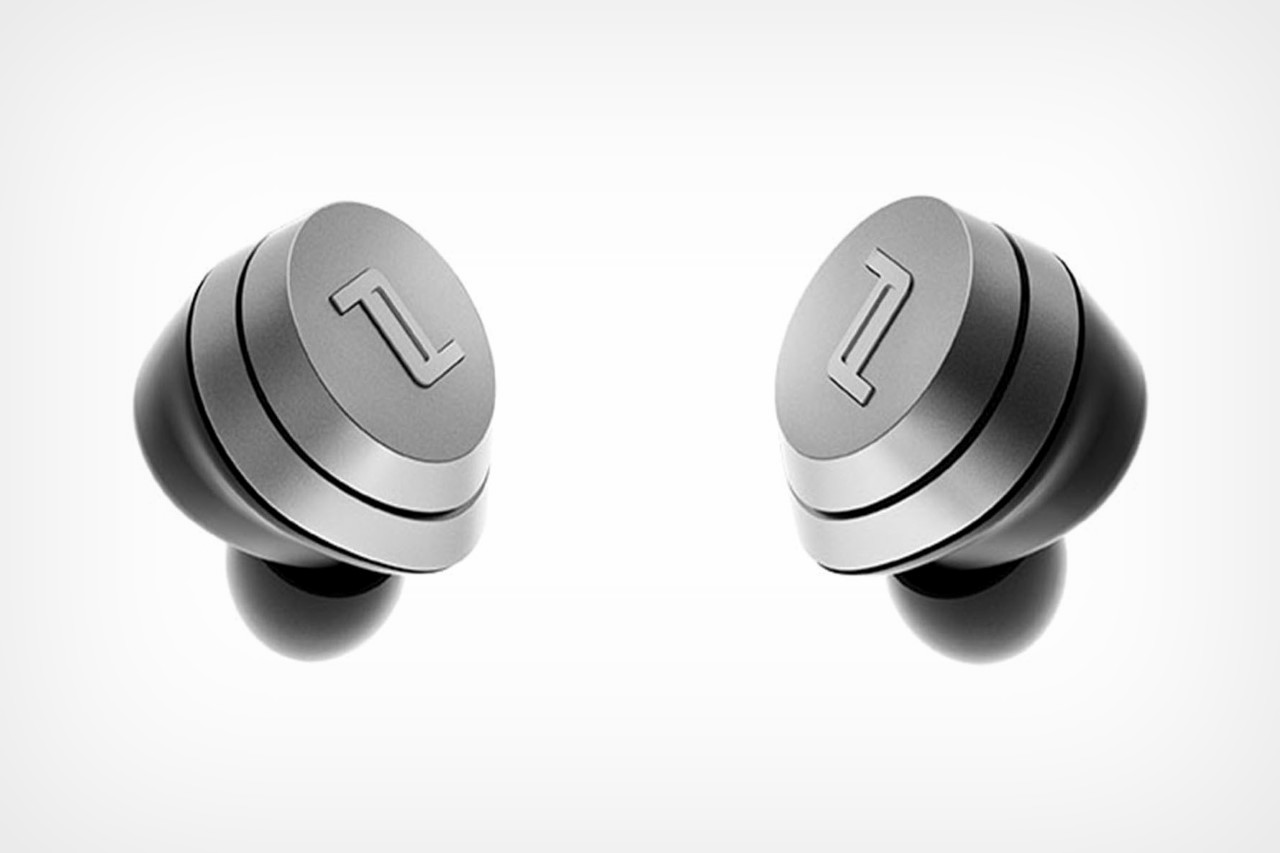
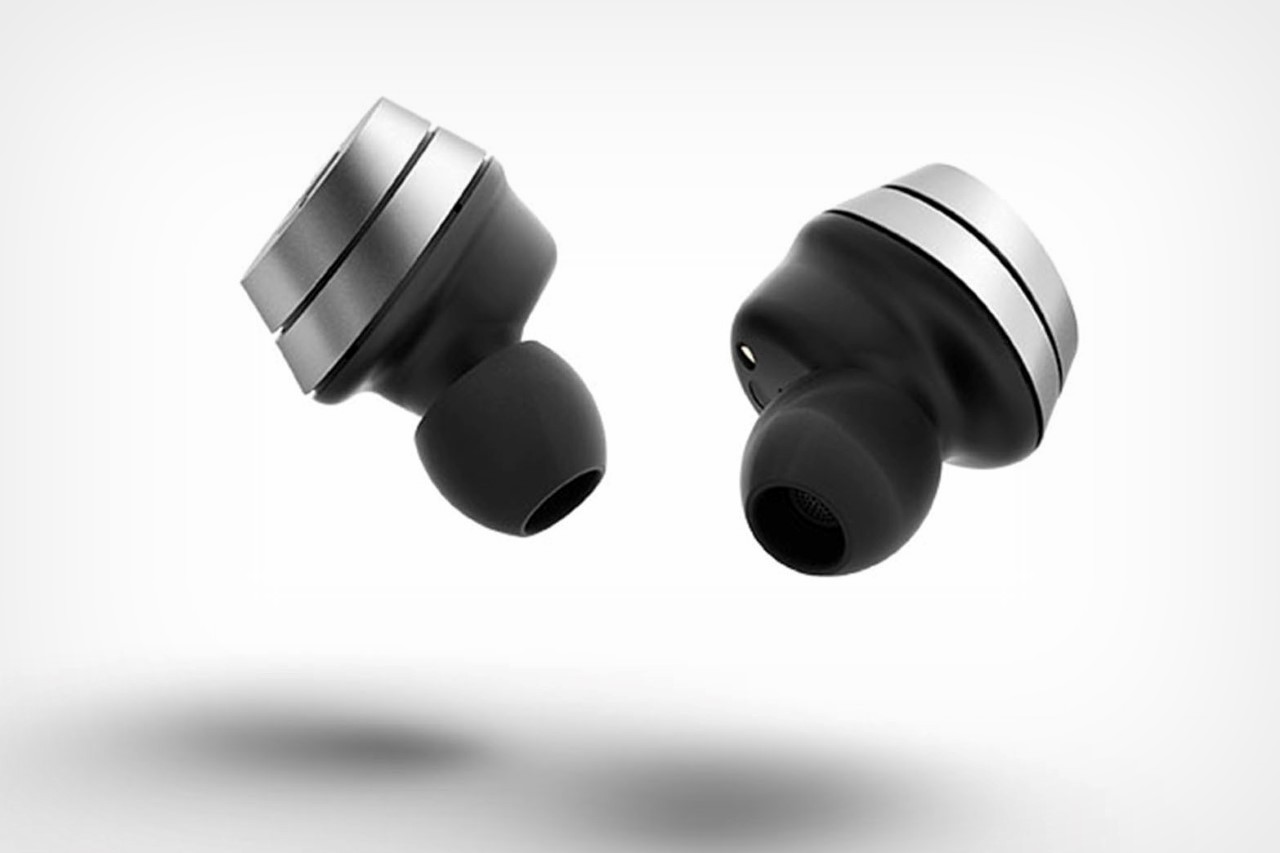
With a sleek aluminum exterior that offers a stunning visual upgrade to most plastic-body earbuds, the Porsche Design PDT60 TWS Earphones aim at creating an experience that’s as good in the visual department as it is at handling audio. Porsche Design’s repertoire features a whole host of hi-end audio gear, although the PDT60 is easily the smallest in that bunch, fitting snugly into your ear to deliver immersive, balanced audio directly into your head. The earphones come with the Porsche Design logo emblazoned on their front and sit in a case that’s partly matte metal too, with the same PD monogram embossed on the case’s sliding leather lid.
3. The dBuds U

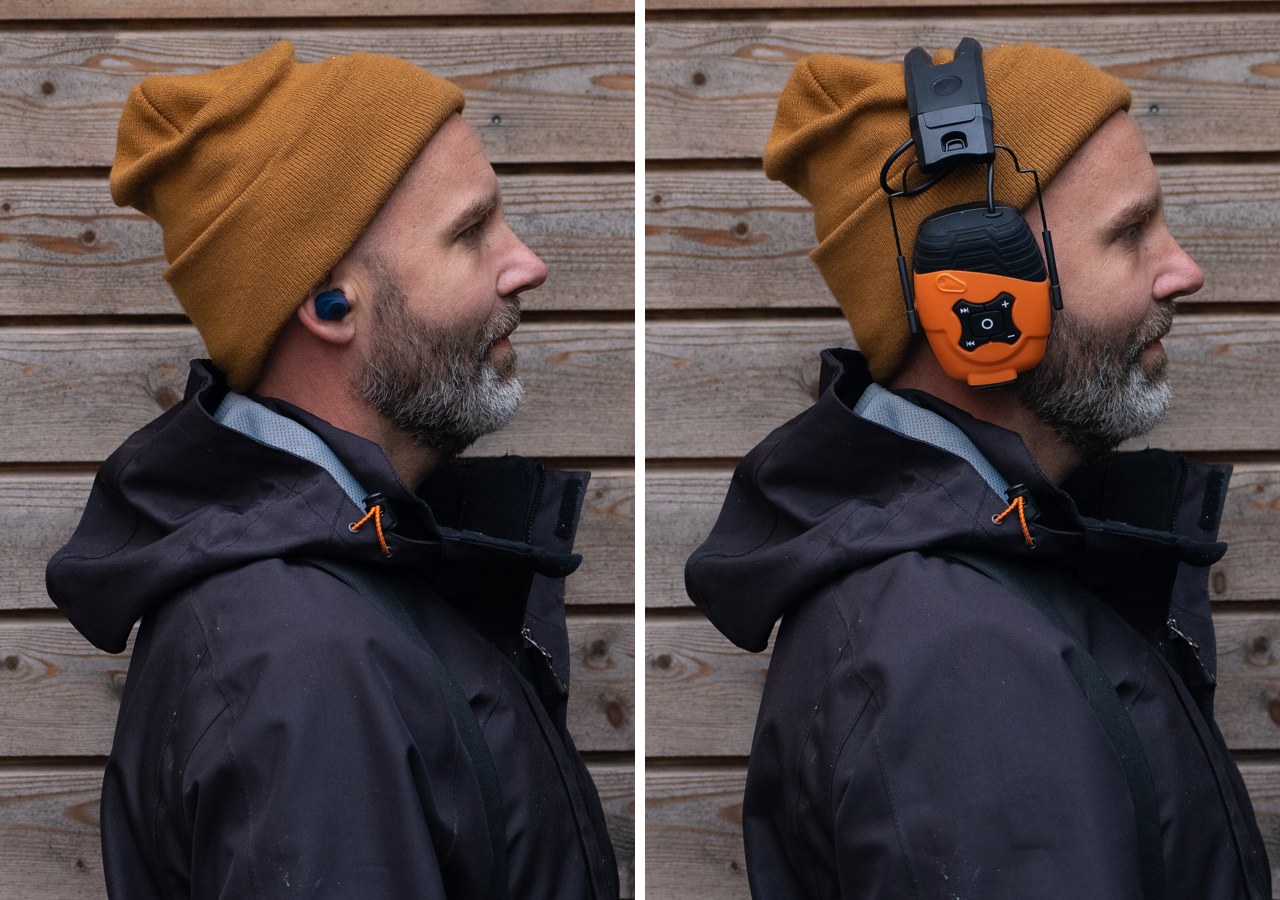
Coming from the folks at EarLabs, the dBud U builds on their catalog of products designed to protect hearing. Its mission is a pretty strong and unique one – to give you the TWS experience while focusing on ear health – something I’ve personally been quite passionate about since I developed tinnitus. Sure, they’re like most TWS earbuds in the way they work, but they also provide an extra blanket of features that ensure that you can block out unwanted sounds that may affect your focus, your listening experience, or your hearing abilities in the long run. Additionally, they’re also designed to augment certain sounds like voices of those around you – perhaps a coworker informing you of a meeting, a barista calling your name, or your partner asking you where to order takeout from.
4. The Hakii Ice
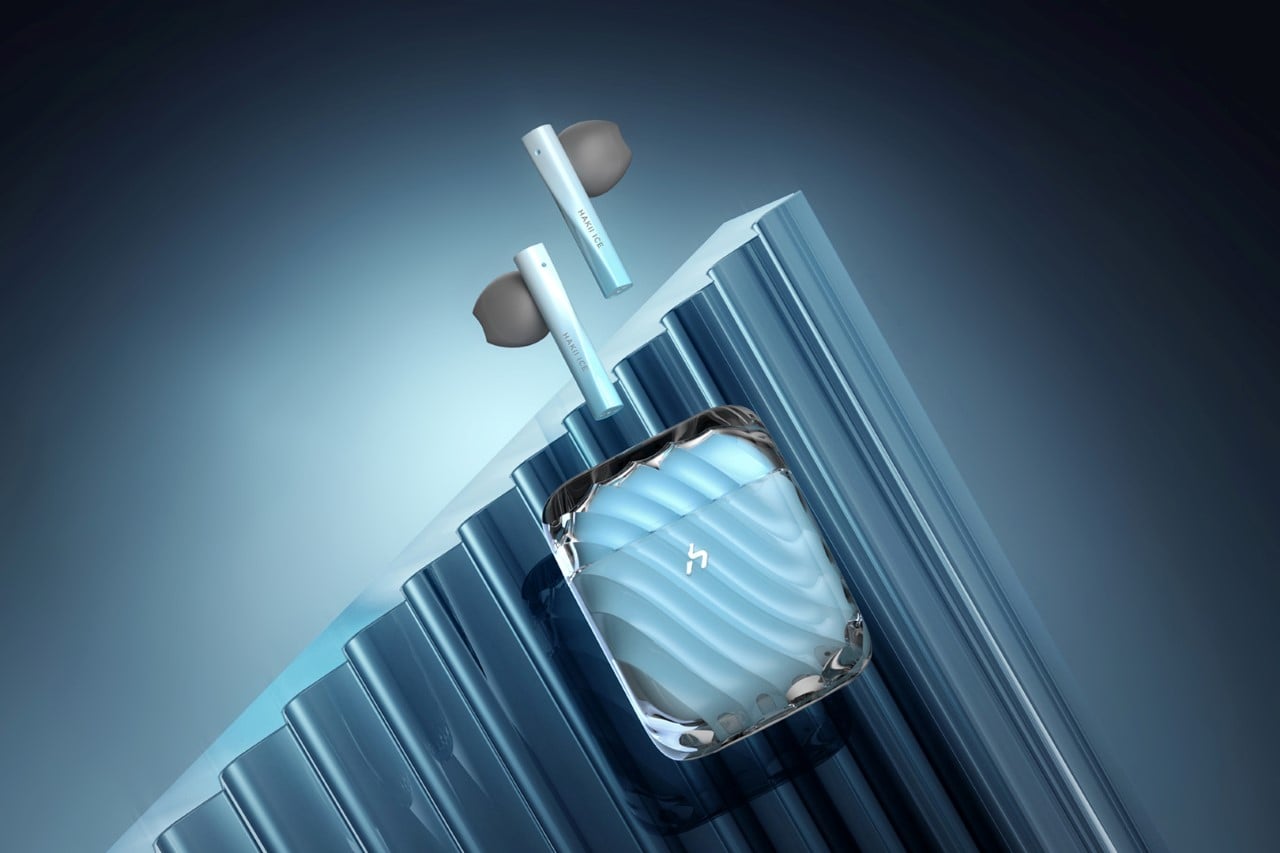
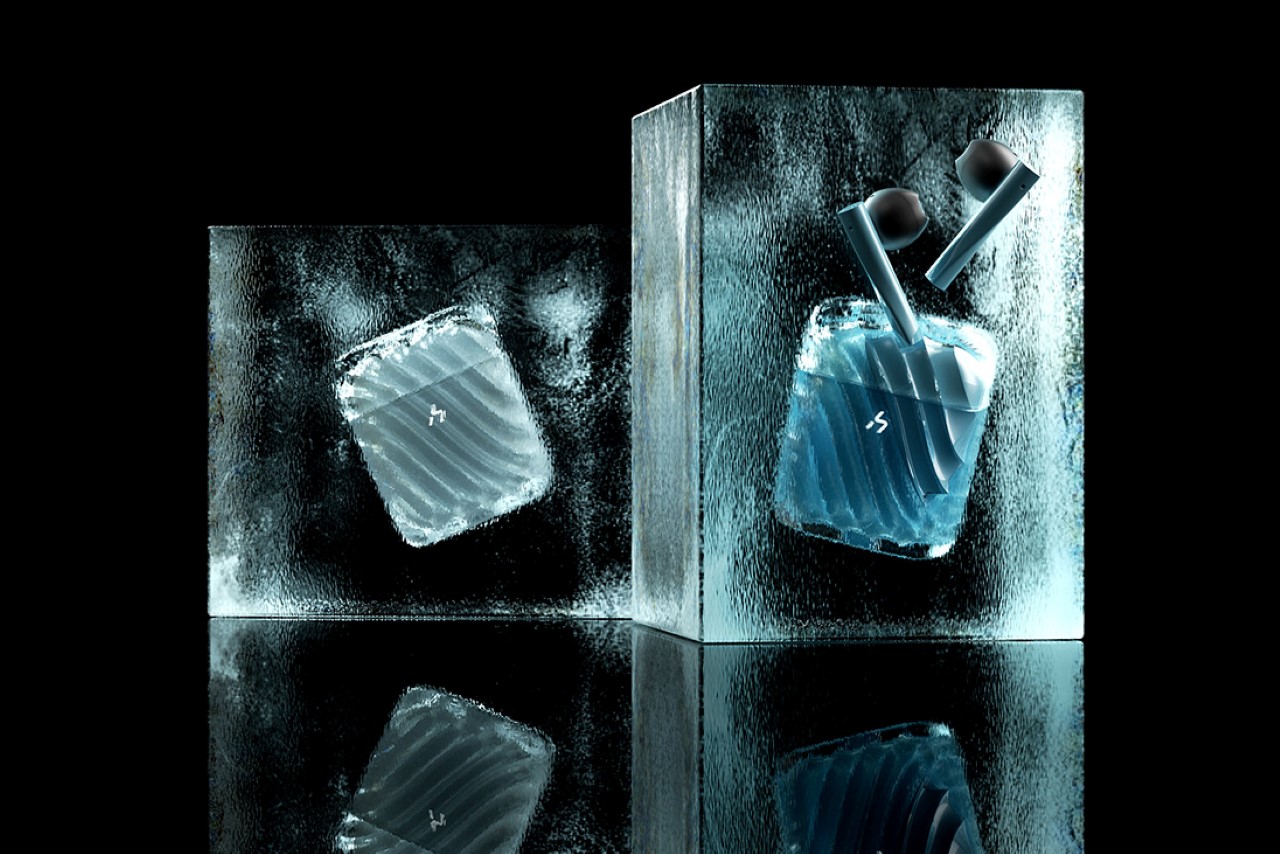
Meet the Hakii Ice. You’ve probably never heard of them, although once you see them, chances are you won’t ever forget them. With perhaps the most memorable design in the earbuds category, the Hakii Ice sport a double shot molded case design that looks almost like the earphones are preserved in a block of ice. The outer transparent layer and the textured inner layer create an interplay of light and shade, with a touch of refraction, that makes the Ice earphones look incredibly awe-striking. In a world filled with TWS earbud cases that look like floss cases, the Hakii Ice looks like an ornament.
5. The Logitech Zone Truly Wireless
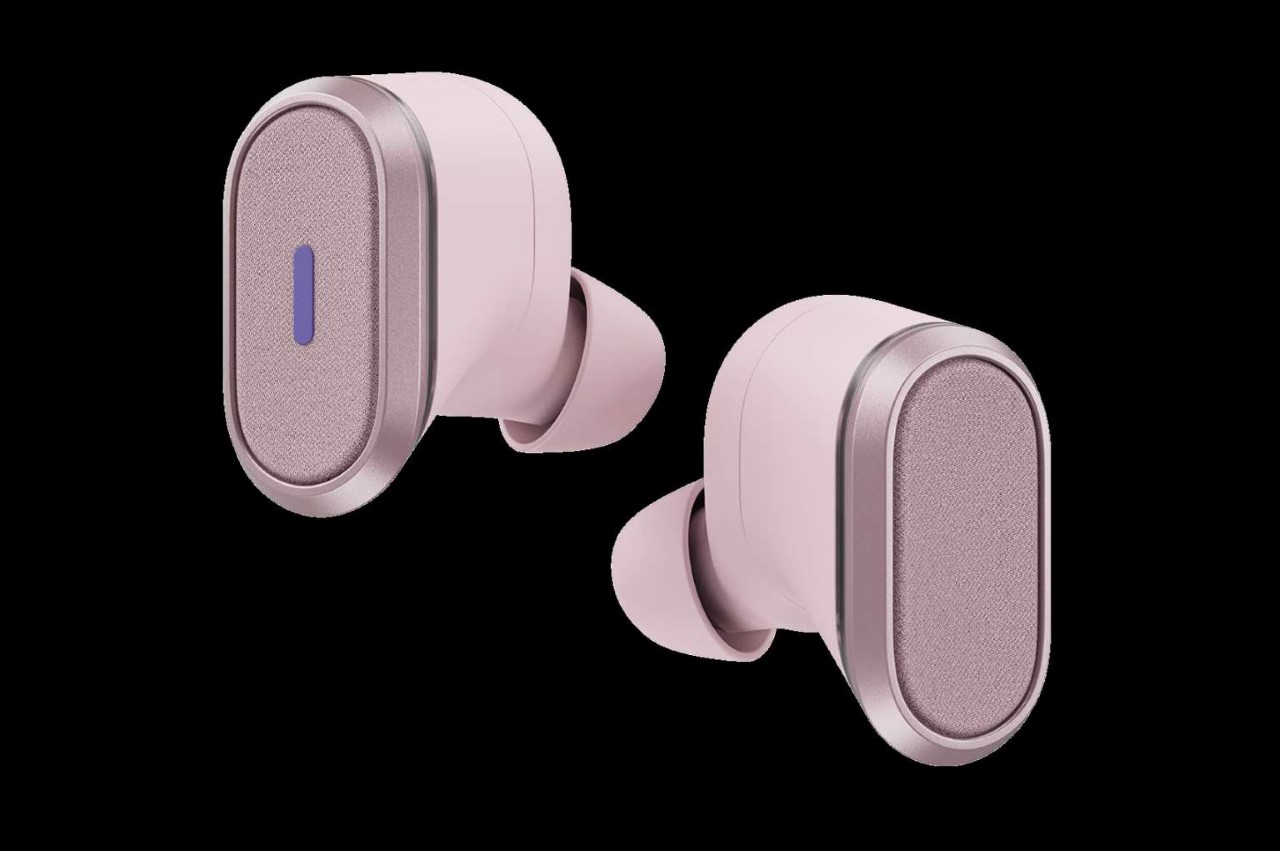
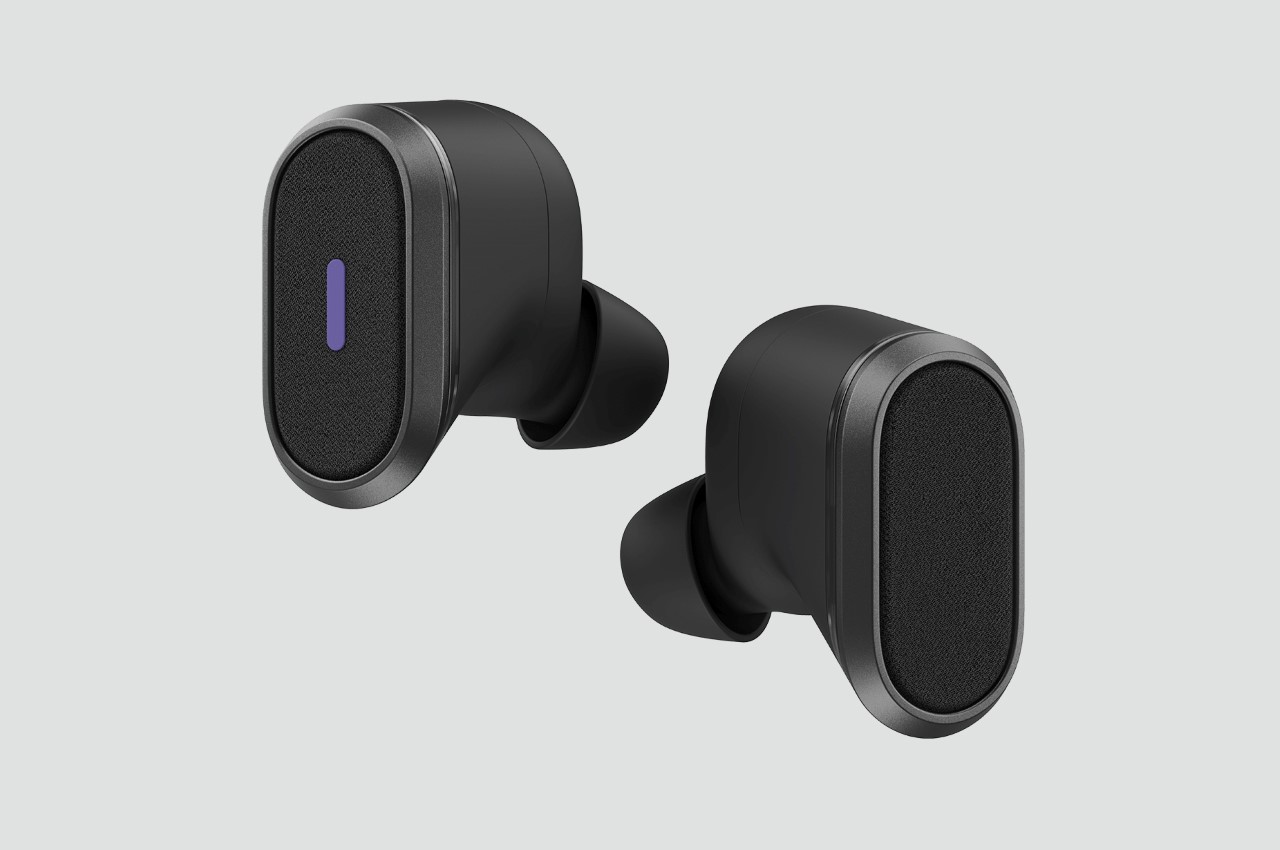
Meet the Logitech Zone Truly Wireless – earbuds designed and calibrated for work and business. The earbuds can be paired with your laptop as well as your smartphone so you can go about your day from either device, whether it’s watching training videos or listening to music while you work, answering calls, or even attending online meetings. They’re designed to work seamlessly with common calling applications across most platforms and operating systems and are certified by Microsoft for Teams and Skype for Business, by Google for Meet, and by Zoom.
6. The Edifier NeoBuds Pro
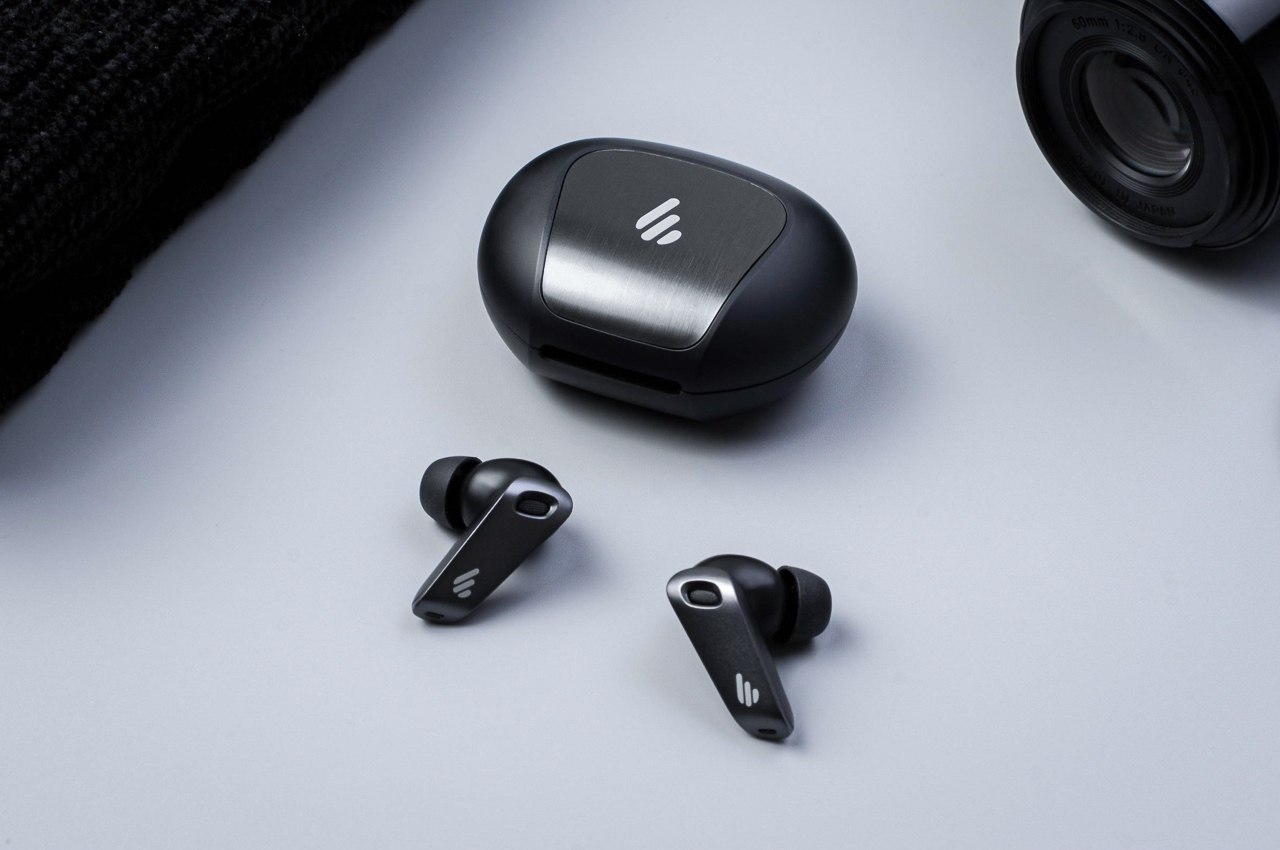
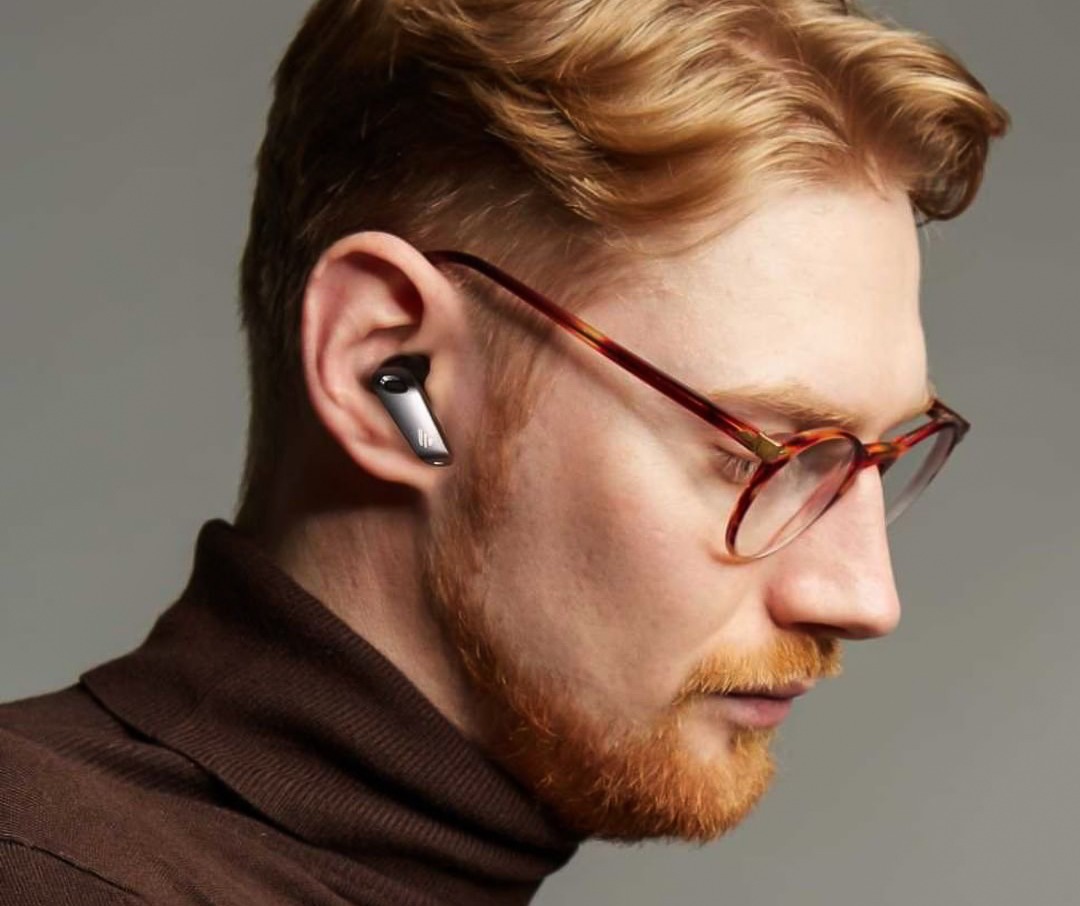
What’s really ironic is that the Edifier NeoBuds Pro are the first TWS earphones to come Hi-Res certified, a standard developed by Sony itself – a brand that’s very much in the TWS earbud race! Edifier’s own TWS earphones really push the boundaries with the adoption of the LHDC codec (to rival Sony’s LDAC codec), offering higher-quality streaming over a Bluetooth connection, even compared to Apple’s own AAC. Simply put, the NeoBuds Pro makes a pretty remarkable claim, although the LHDC codec is currently adopted by a number of brands in Asia, but isn’t entirely widespread.
7. The Timekettle M2
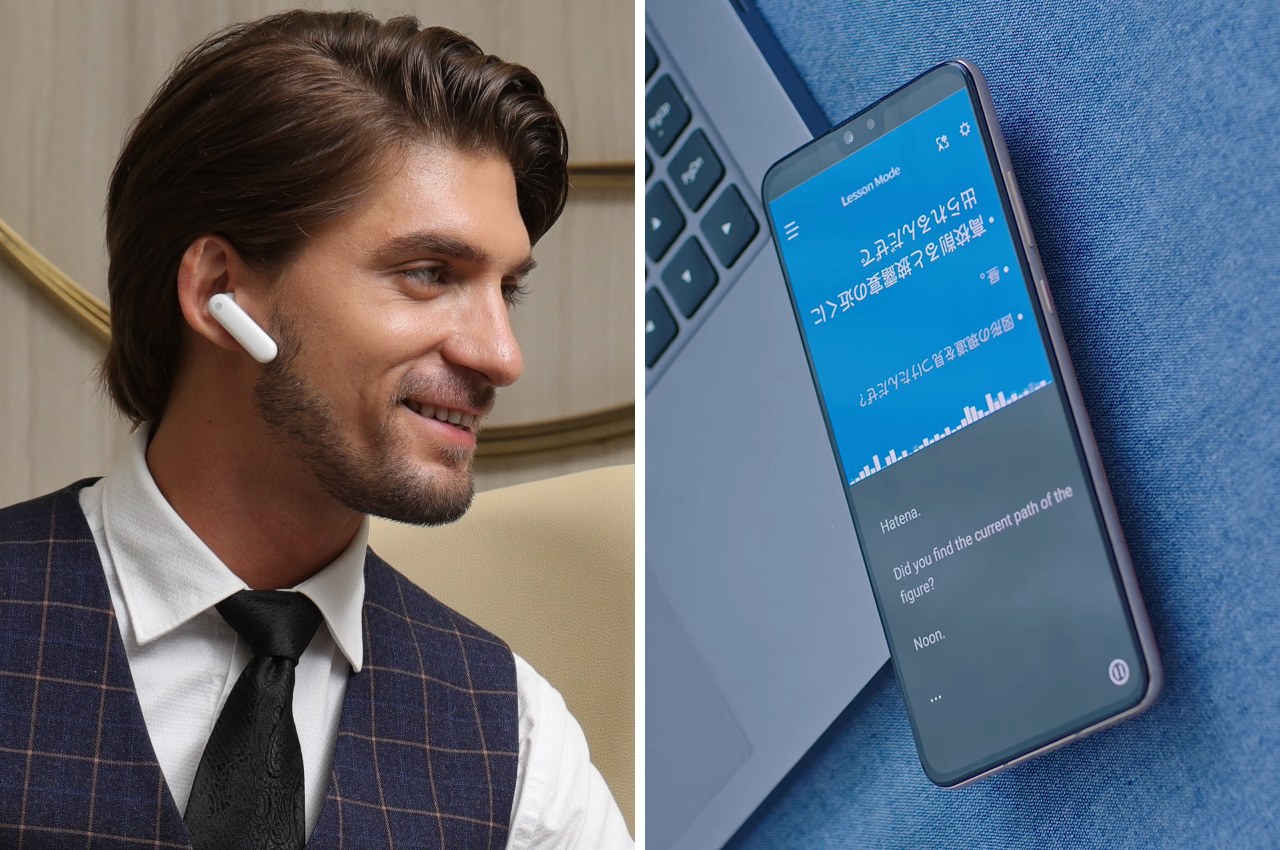
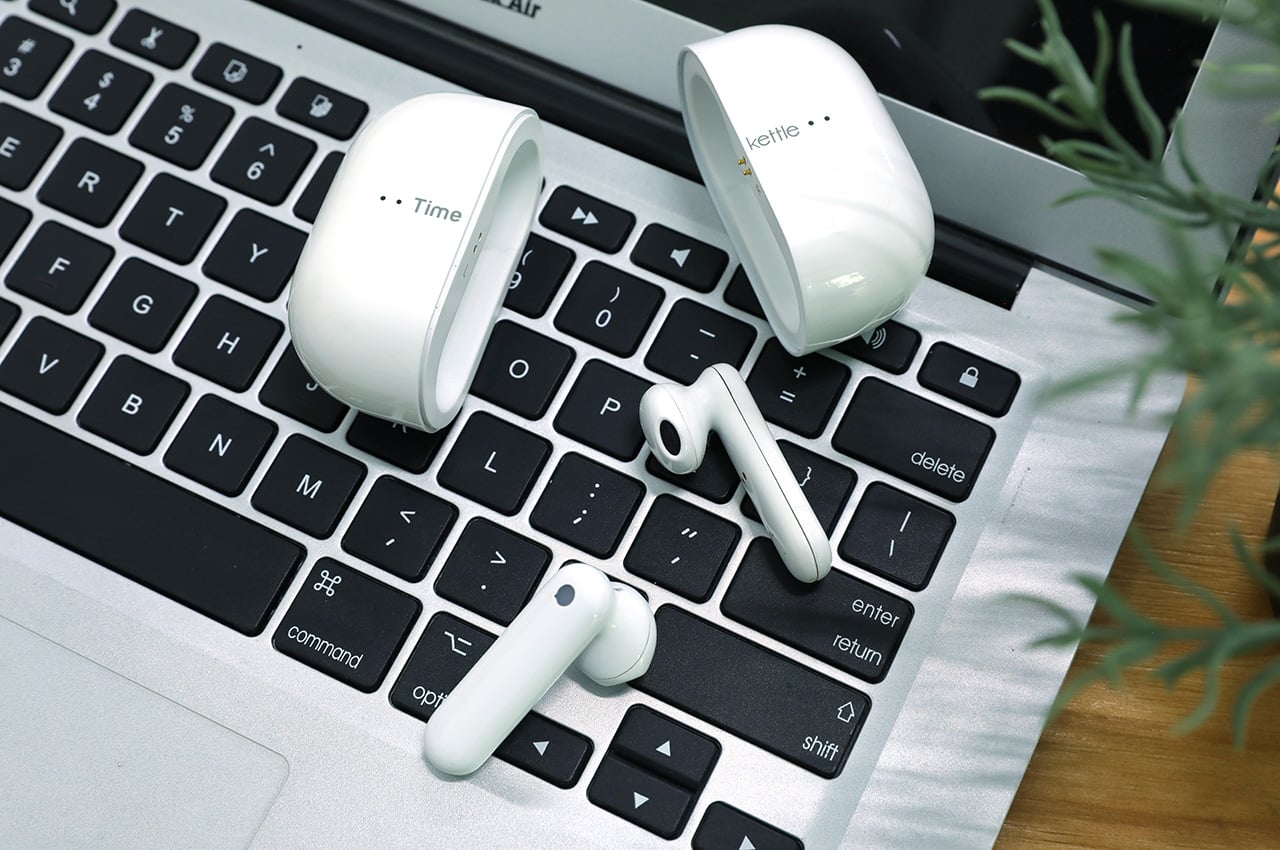
There are two main components to any conversation – talking to a person, and listening to the person talk to you. It’s only natural that earphones designed to facilitate conversation would embrace those two parts, right? The Timekettle M2, in that regard, isn’t your standard pair of TWS earbuds. Sure, they’re meant for listening to music and podcasts or giving commands to your phone’s voice AI, but their prime feature is the ability to foster a multi-lingual two-way conversation by allowing two people to wear one earphone each as the M2’s onboard translation engine seamlessly fills in the gaps. The earphone case’s design revolves around that very aspect, with a design that splits right in two, so you can hand one half over to someone you’re talking to, almost like you’re breaking bread with them.
8. Klipur
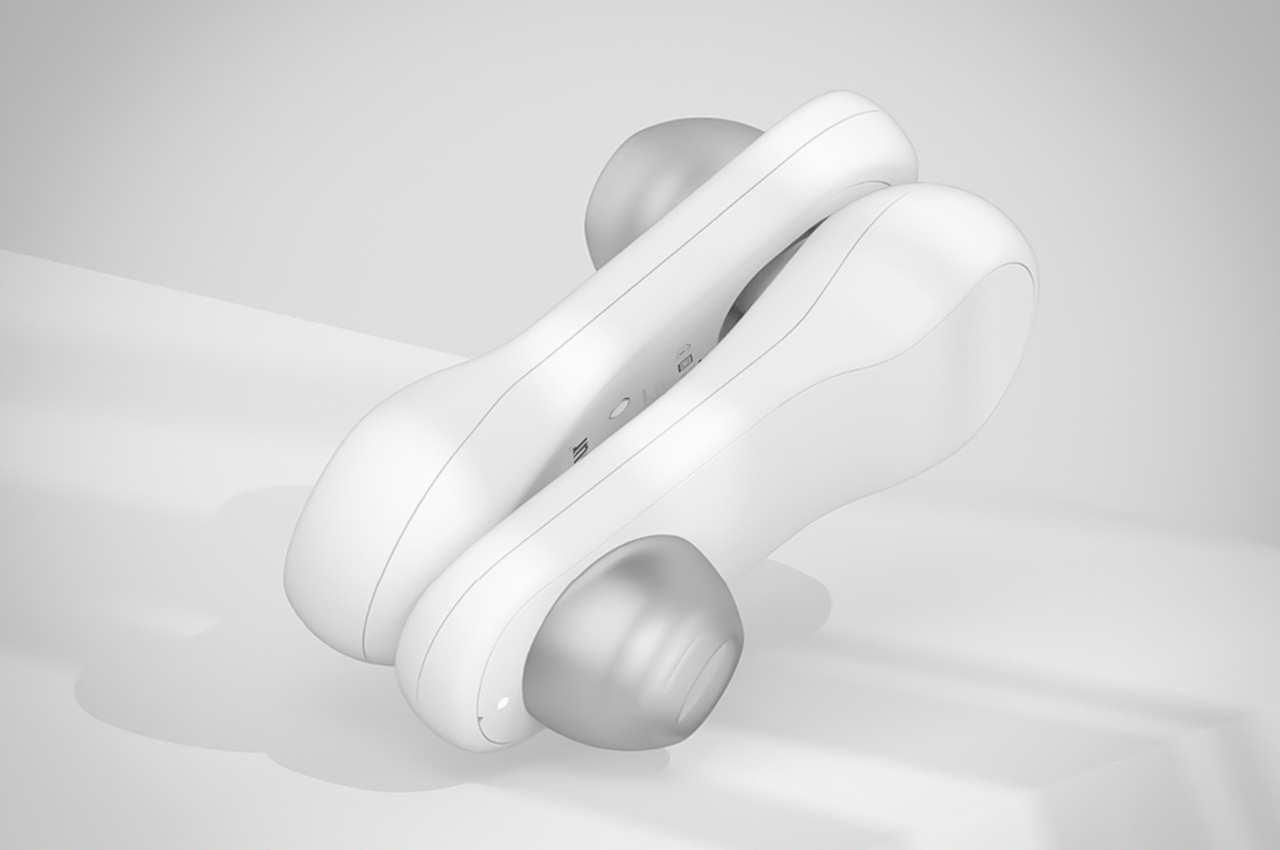
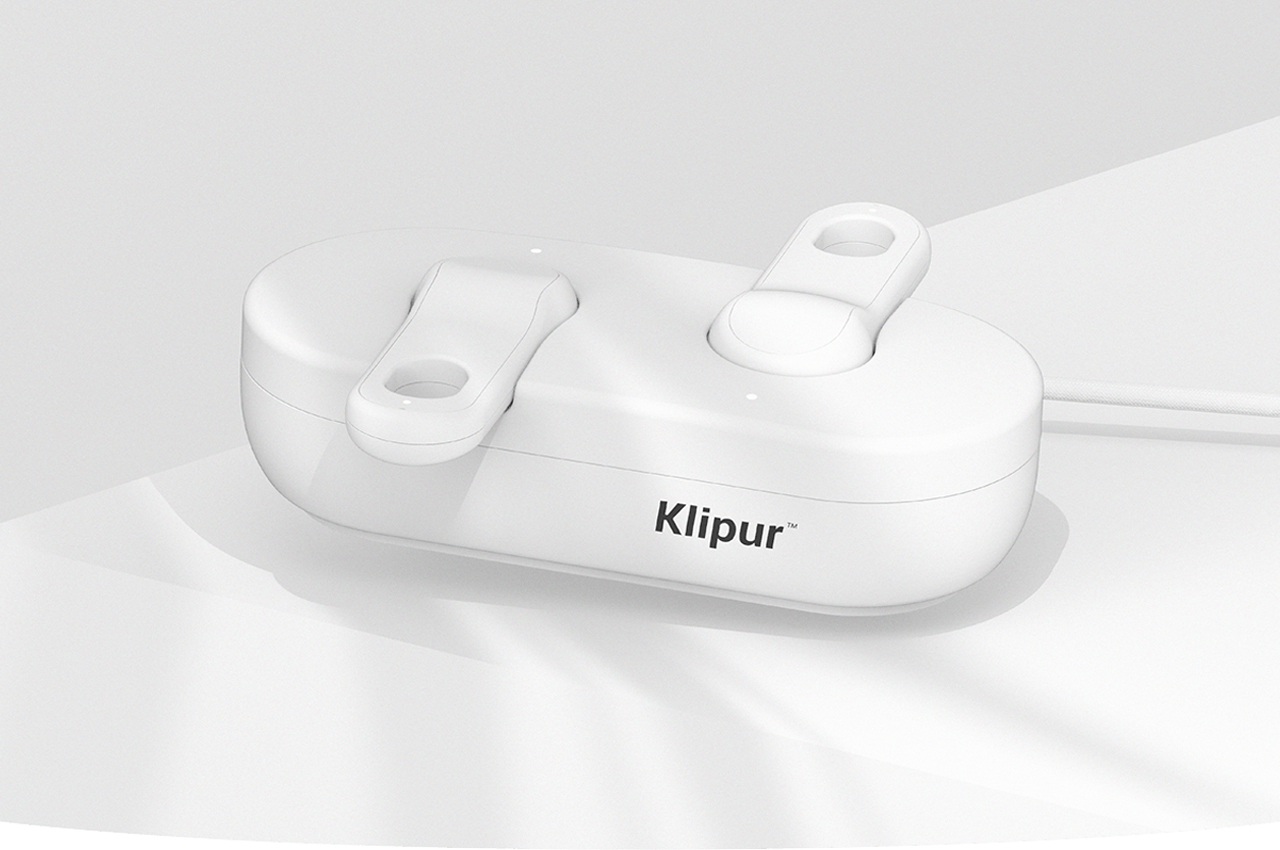
Designing an earbuds concept that eliminates the need for a charging carry case, Chris Thursfield conceptualized Klipur, a pair of earbuds that attach to one another when not in use. Conceptualized with an overnight charging method, Klipur can recharge during the night alongside our smartphones. When ready to leave, users can detach the earbuds from their charging case and attach them to one another for a compact carrying method, or throw them in their ears without worrying about where they left the charging case.
9. The Sirius Pro
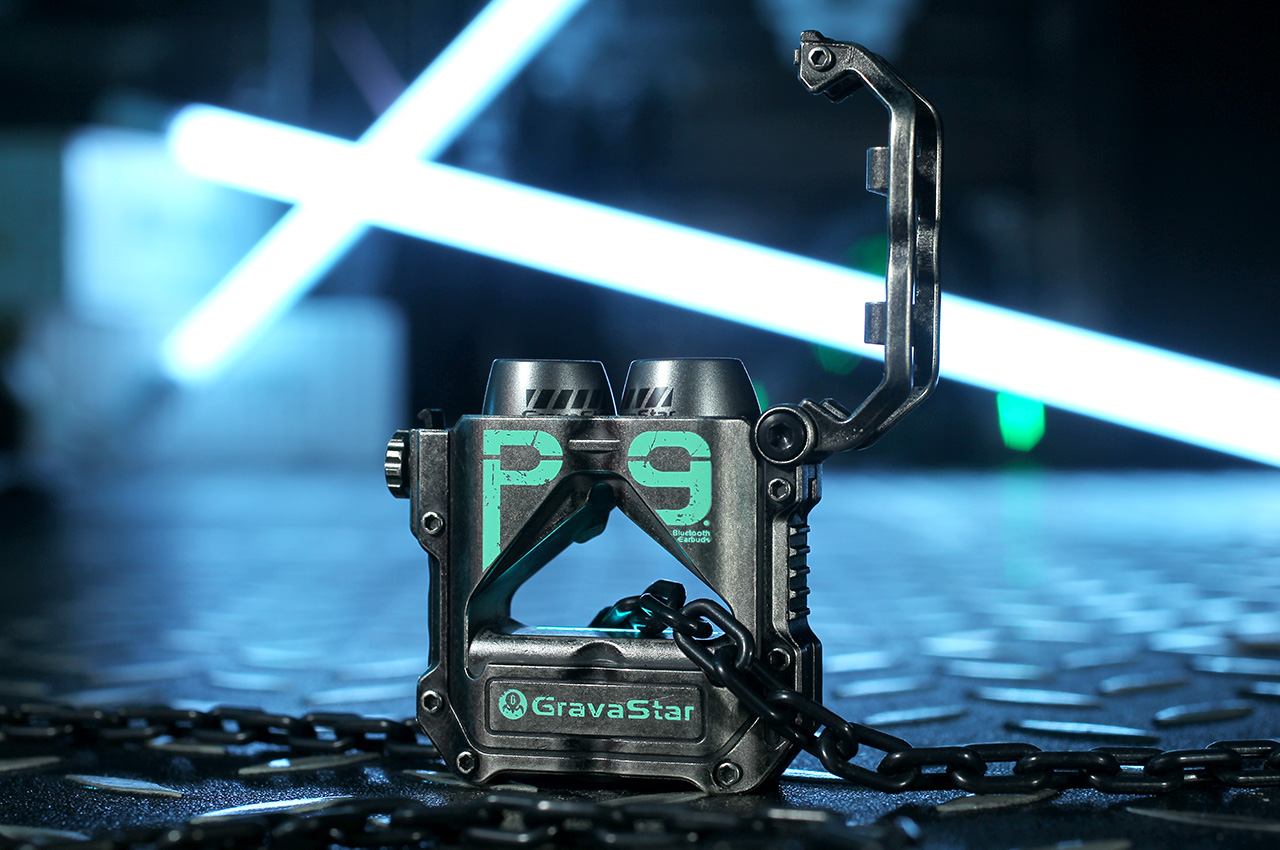
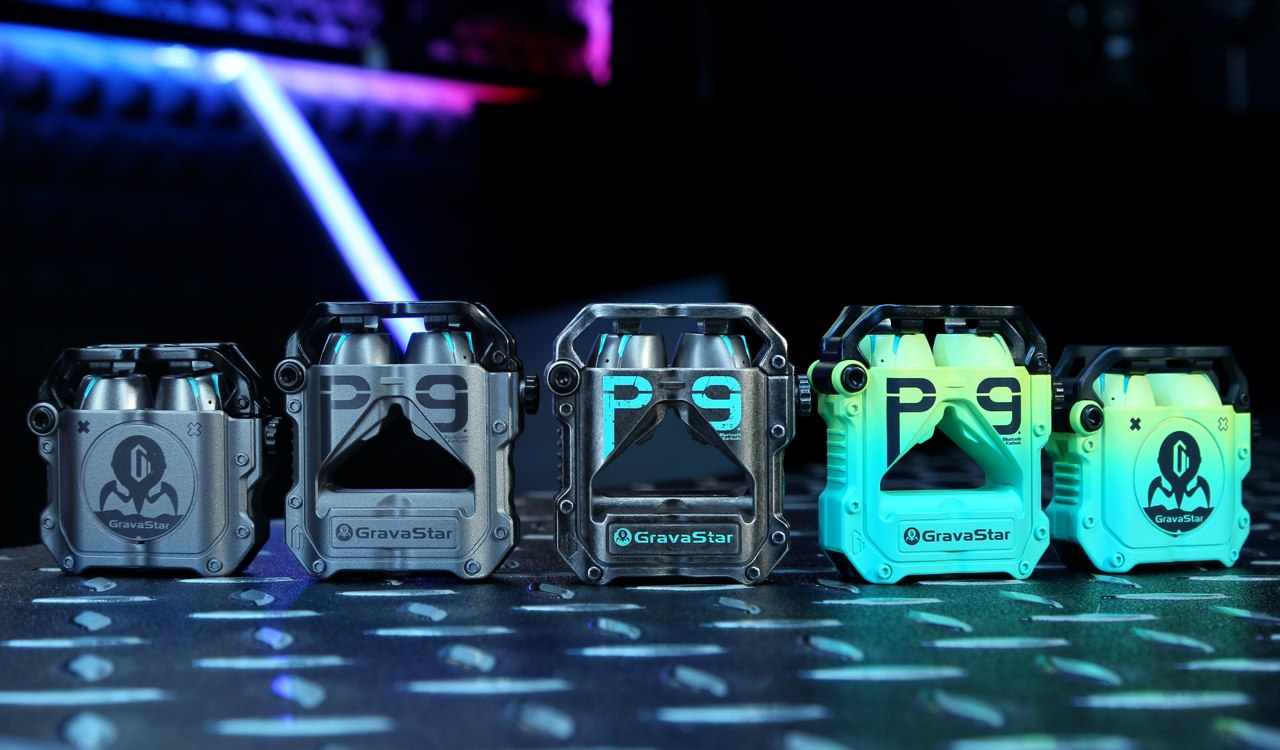
The fact that these earbuds are designed to look like a prop out of Ghost in the Shell or Fallout isn’t entirely accidental… GravaStar’s known to make some absurdly futuristic products – you should check out their Mars and Venus Bluetooth speakers! The Sirius Pro follows that brand ethos by being unconventionally sci-fi while serving as pretty great earbuds too. They come with enhanced bass response, boast Environmental Noise Canceling, and actually have an incredibly low latency of 65ms that’s perfect for gaming. When not in use, they sit inside a rather unconventionally designed case, with a cutout running right through the middle and a bare-basics cage-like lid that secures the earbuds in place without concealing them.
10. Jade Culture Earphone Jue 20
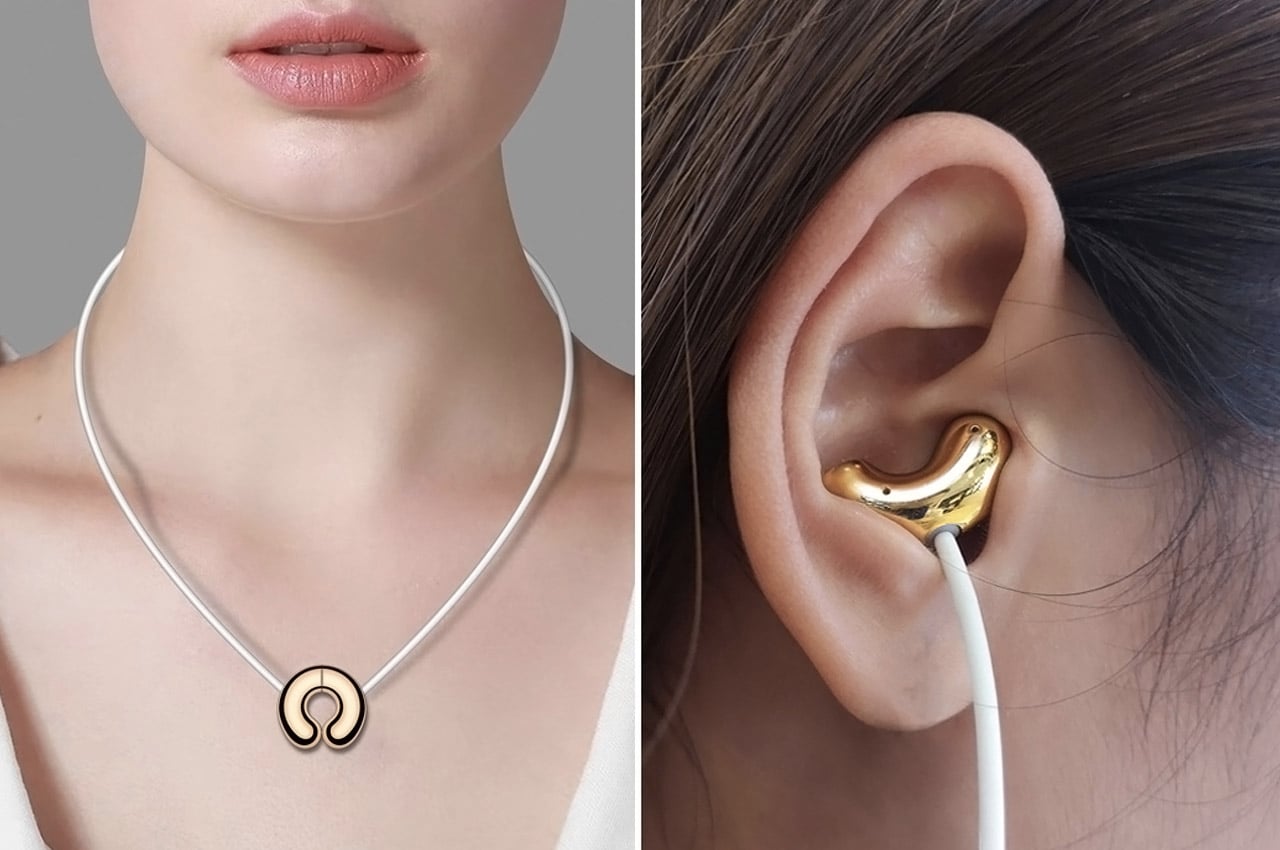
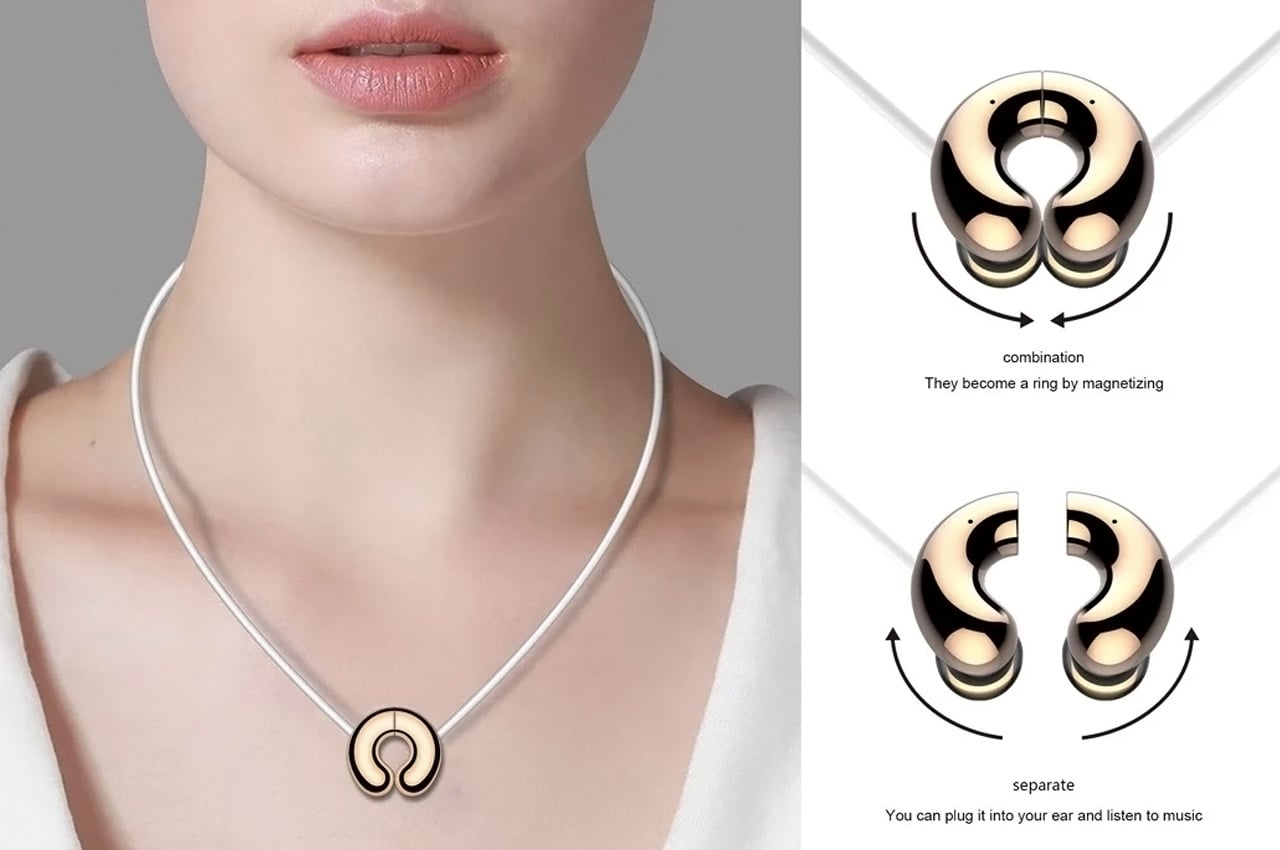
Designed by Yibai Science & Technology from Shenzen, these are called the “Jade Culture Earphone Jue 20.” That’s a bit odd name but everything else about these conceptual wireless earbuds listed on iF Design Award 2020 is super cool. When not in use, the earbuds magnetically lock together to take the form of a necklace pendant that’s suspended by the tethering wire. Then again, when you want to listen to your favorite tunes, simply separate the pendant and get groovy. Picture this scenario – your buddy compliments, “This pendant looks so cool, bud”, and you’ll detach them and plug into your ears to their amazement, “It’s my pair of earbuds, mate!” Added bonus – you surely won’t lose one of the earbuds as there is no accidentally falling down- speaking to you AirPods!
The post Top 10 earbuds designs of 2022 that are even better than the Apple AirPods 3 first appeared on Yanko Design.
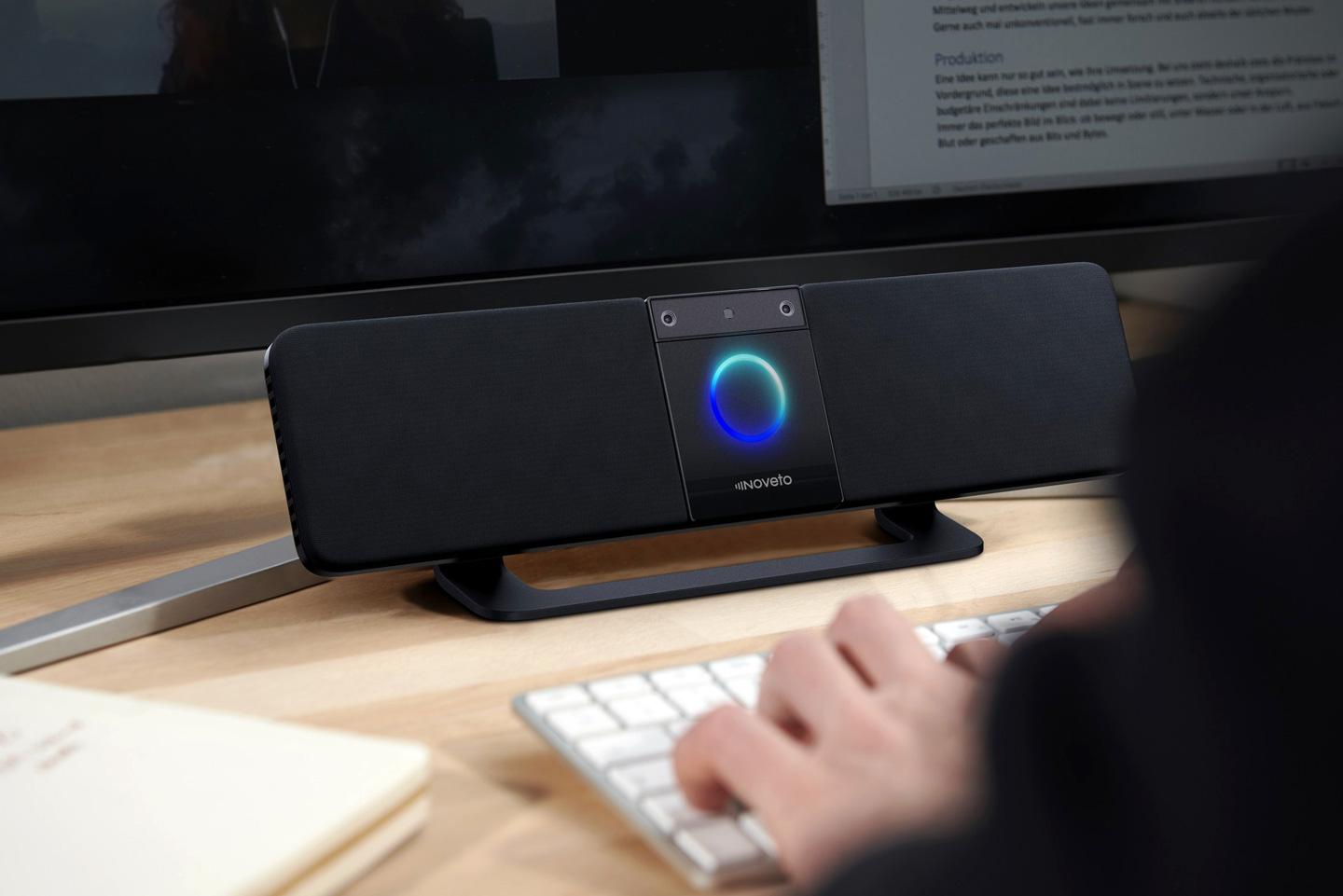
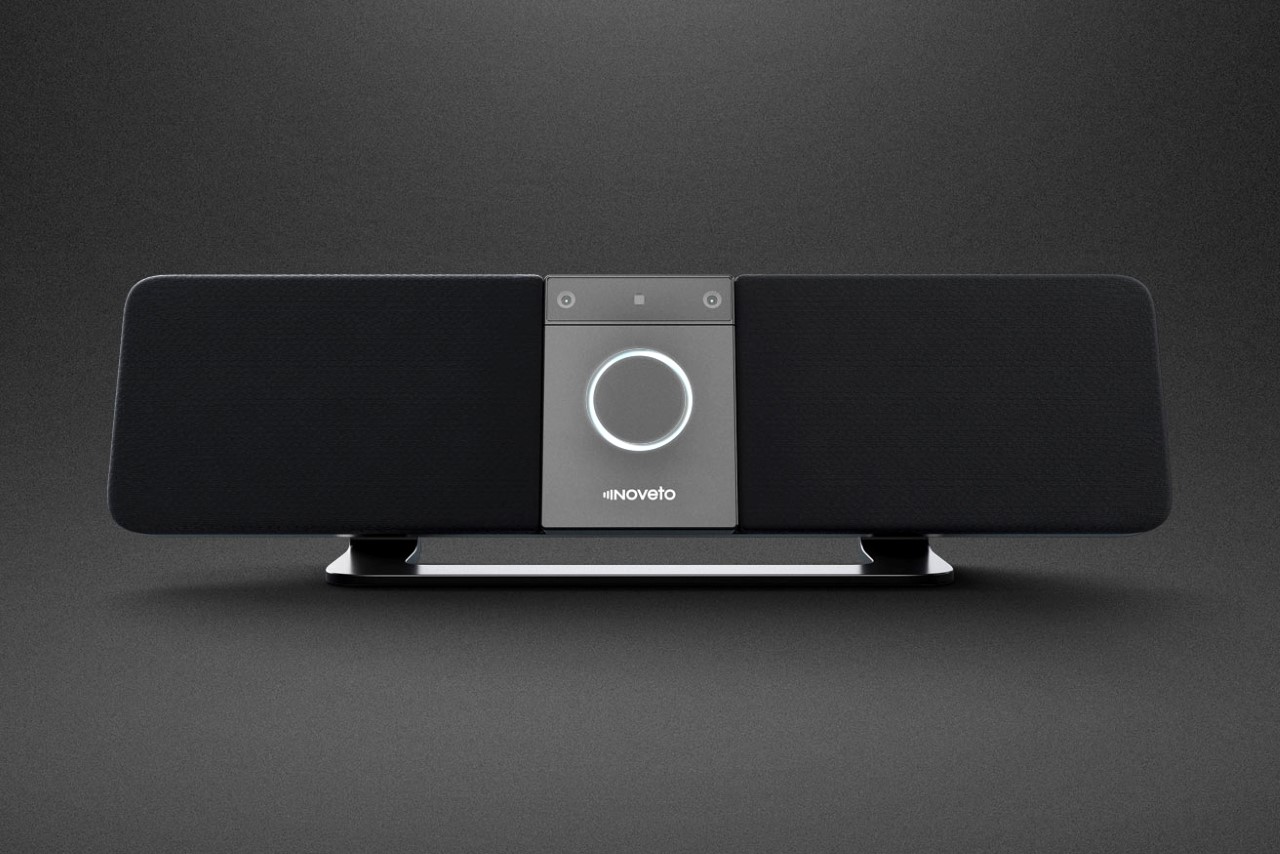
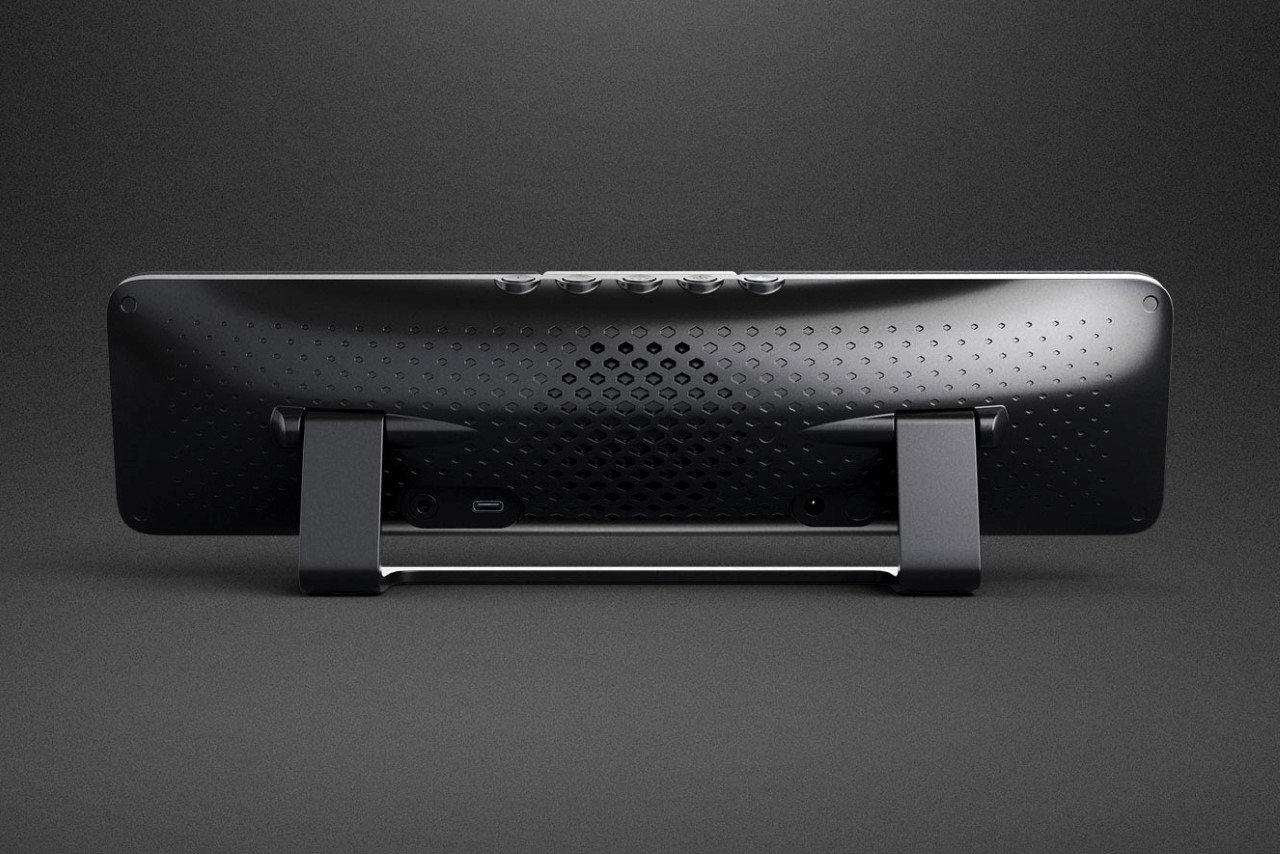
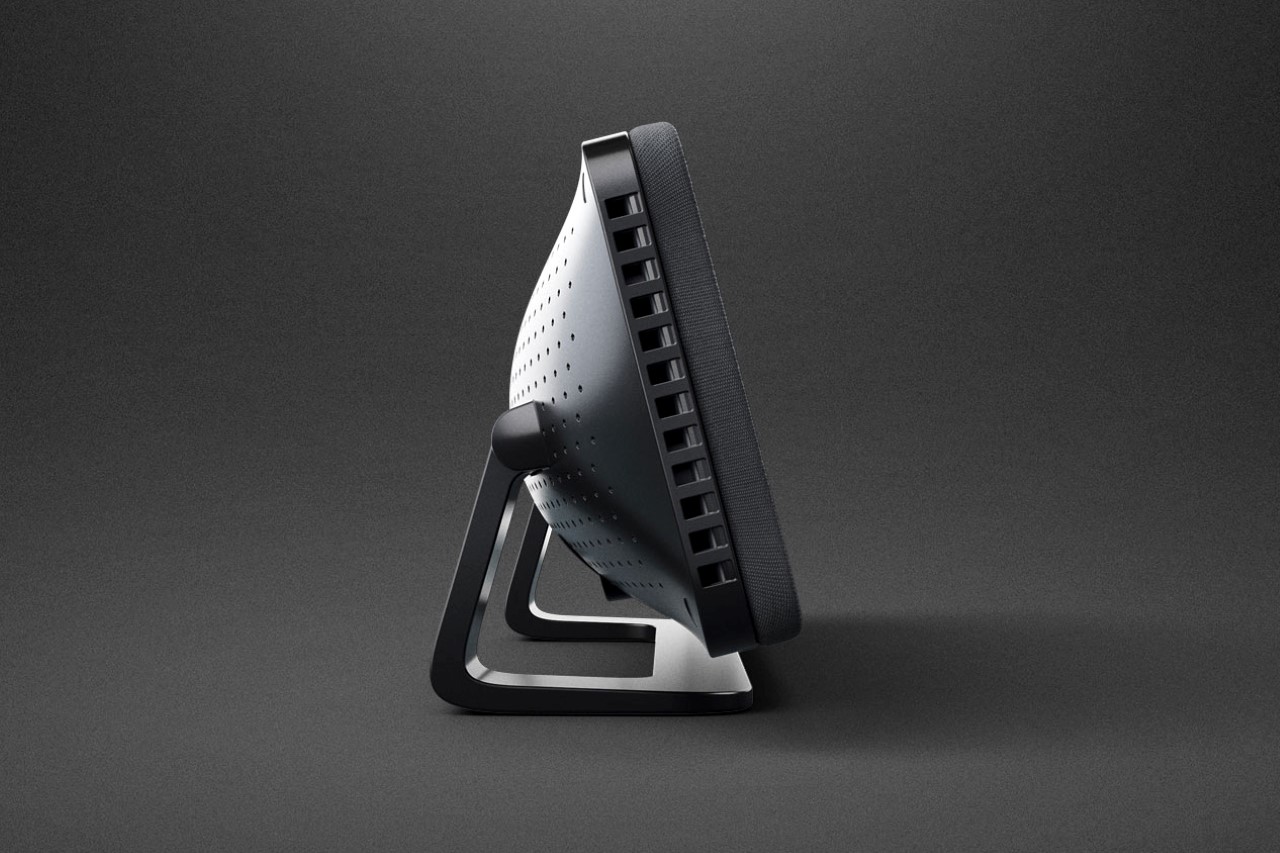
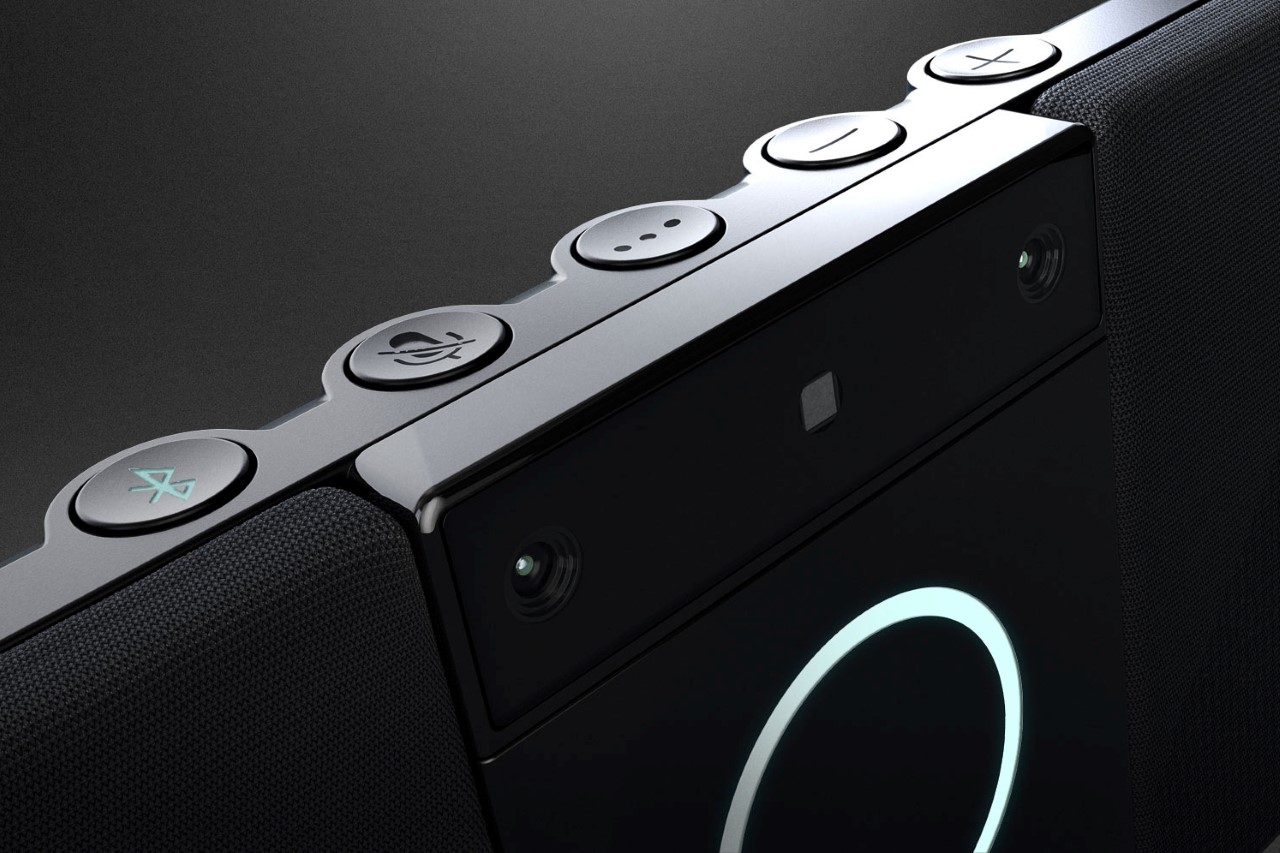
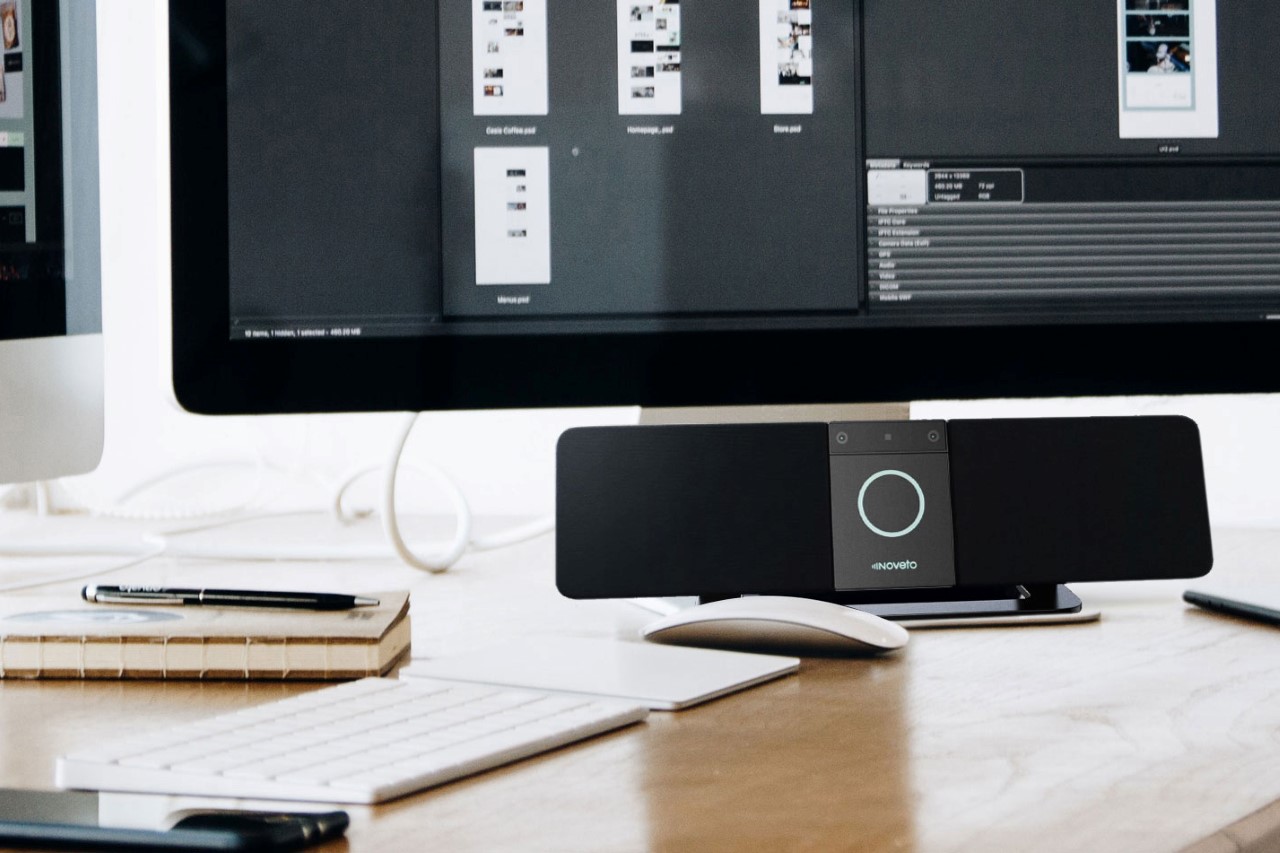
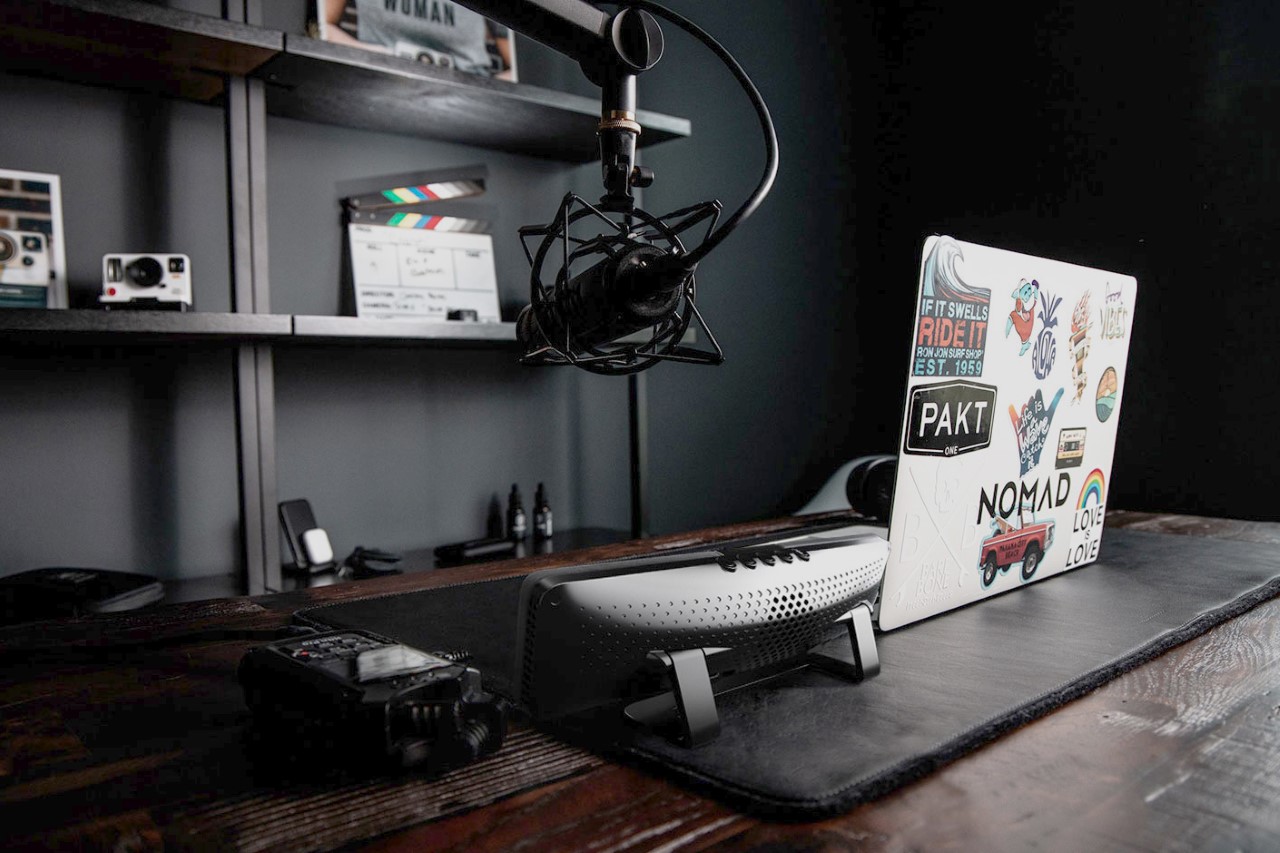
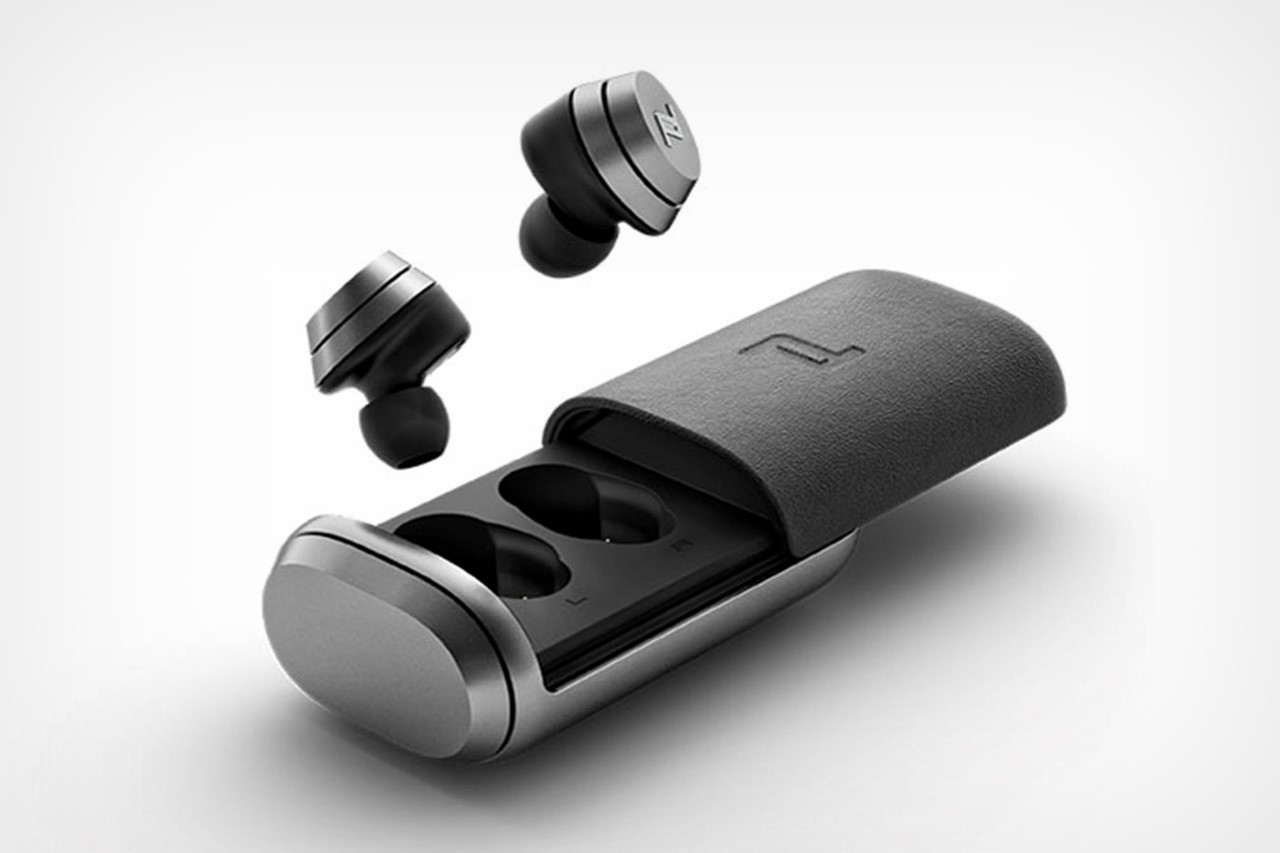
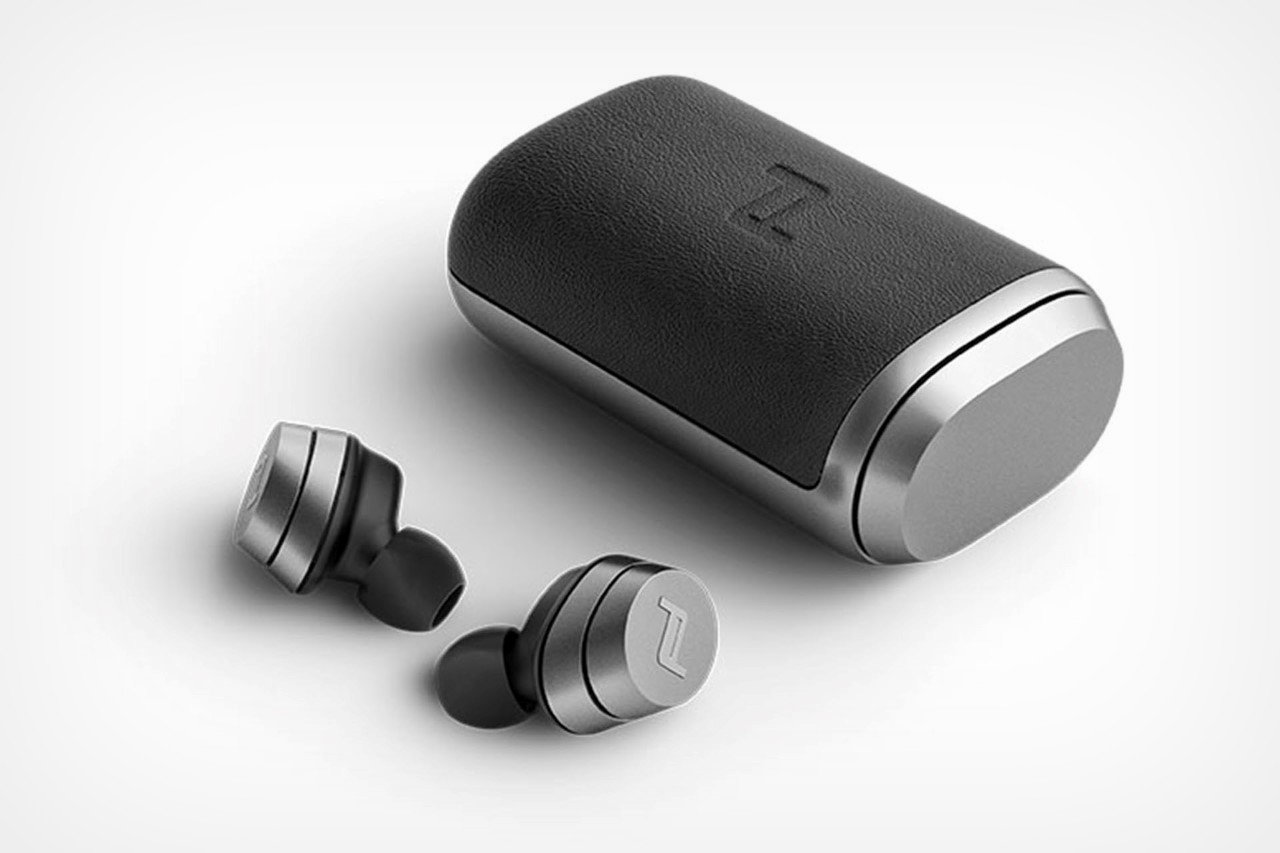
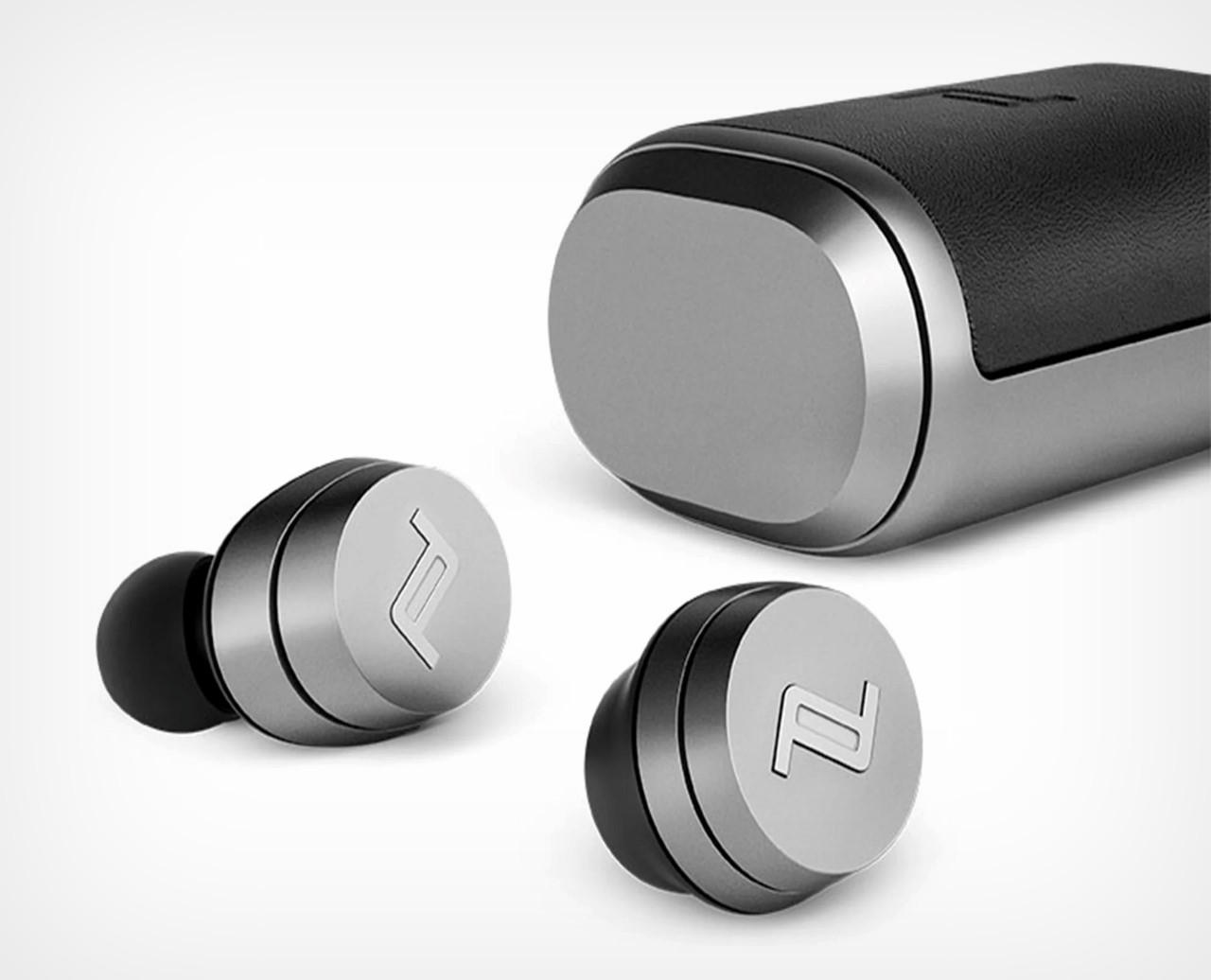
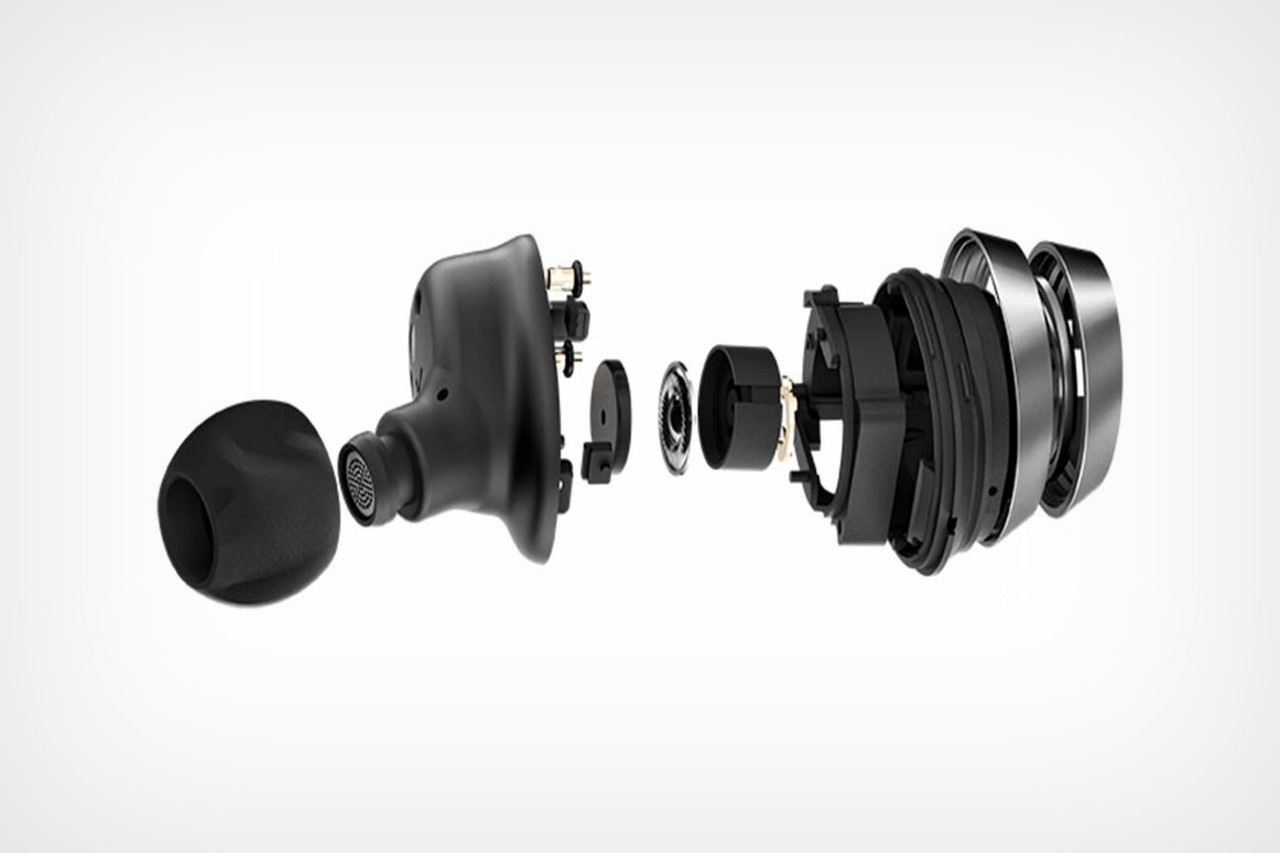
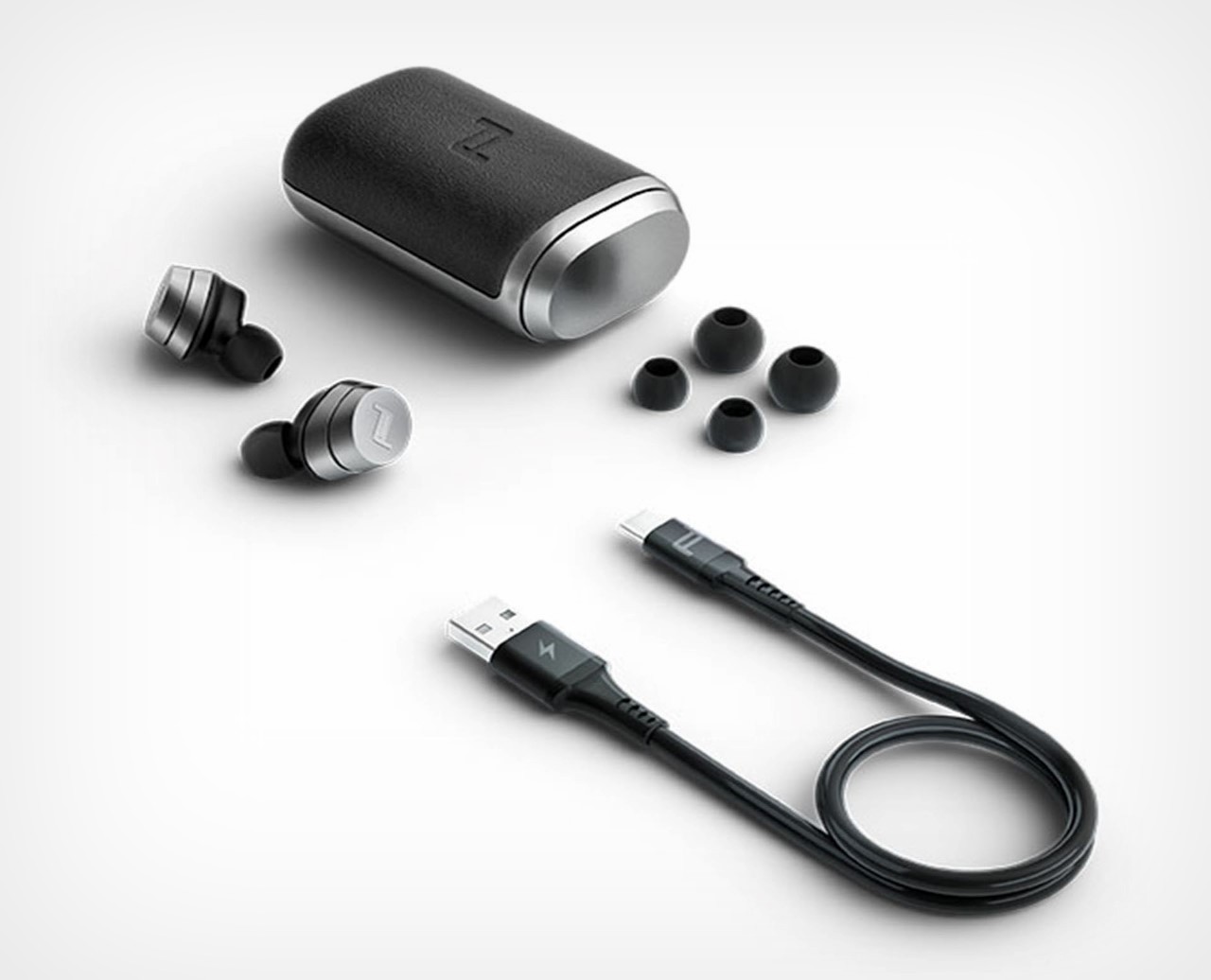
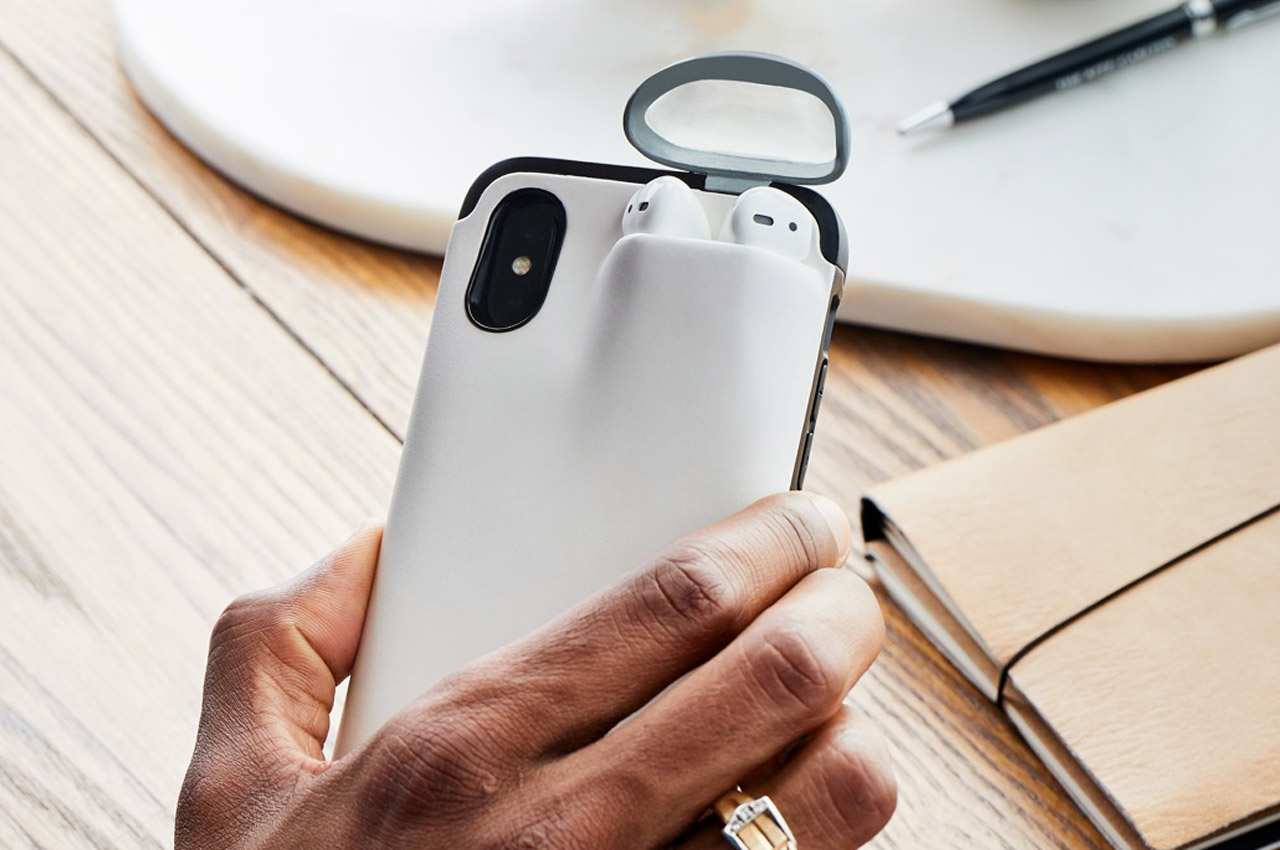
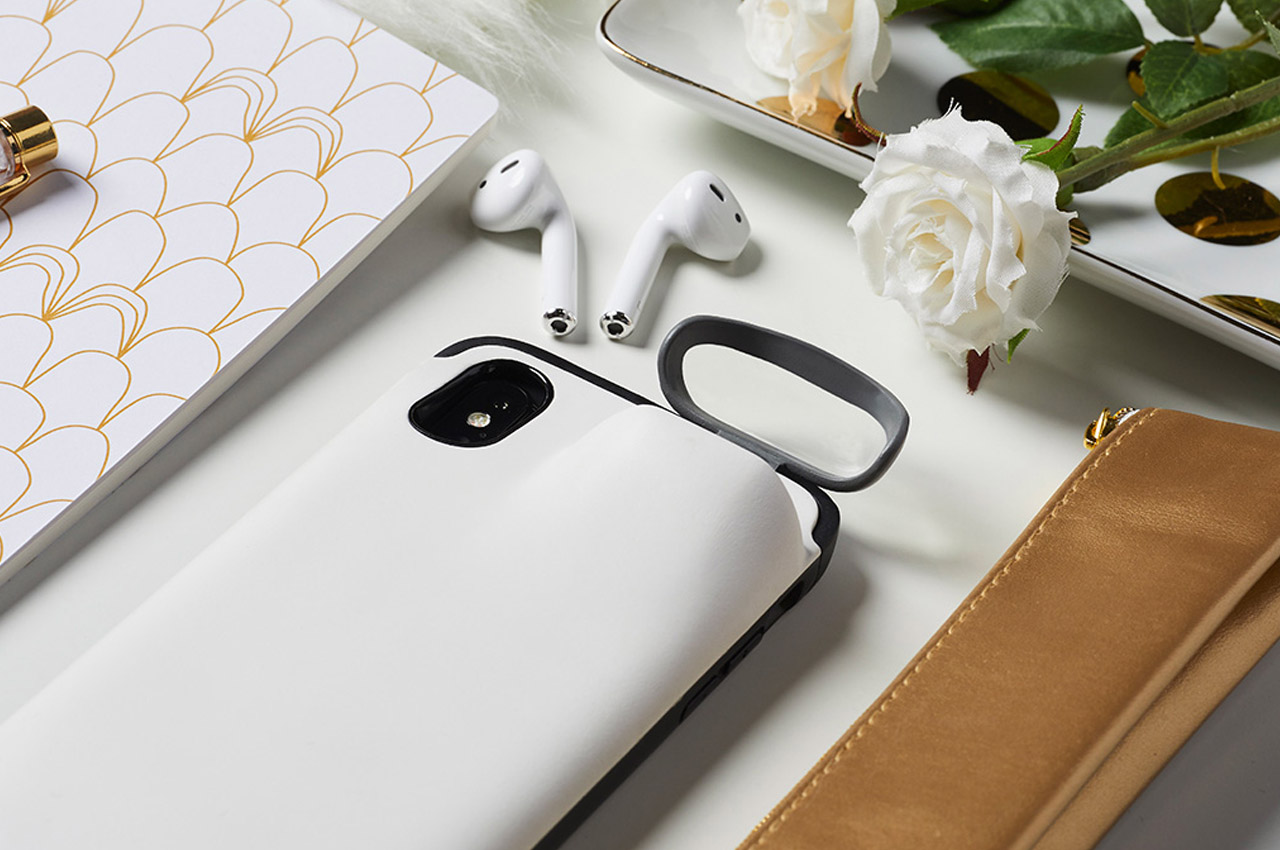
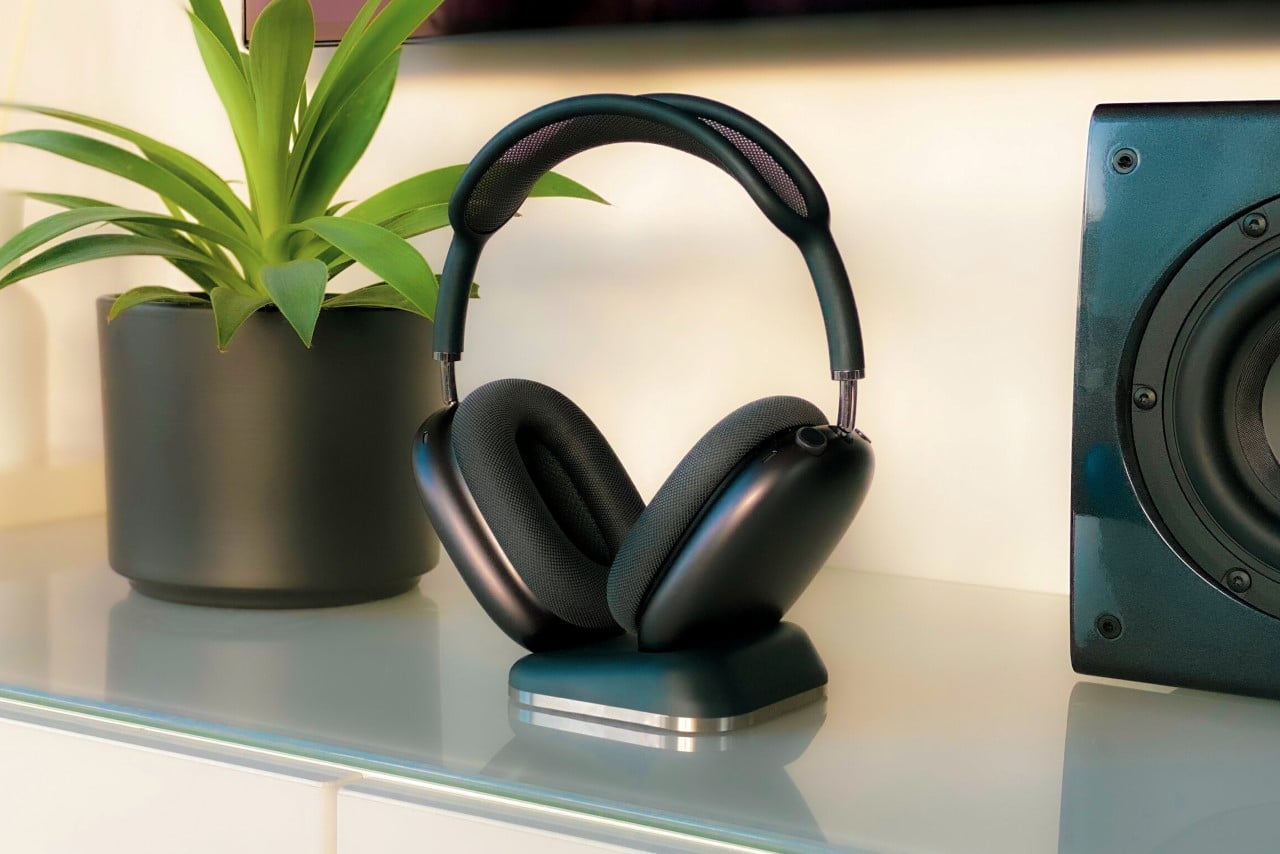
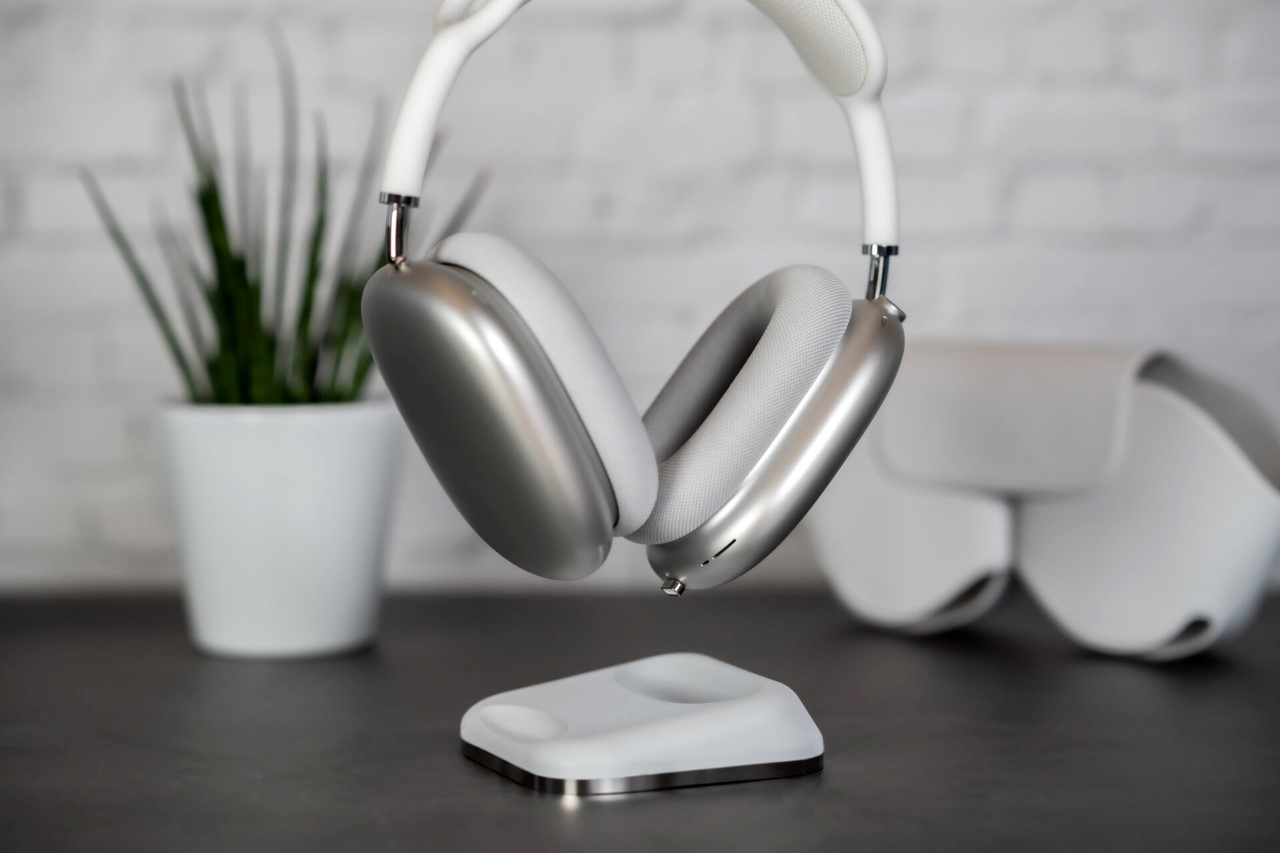
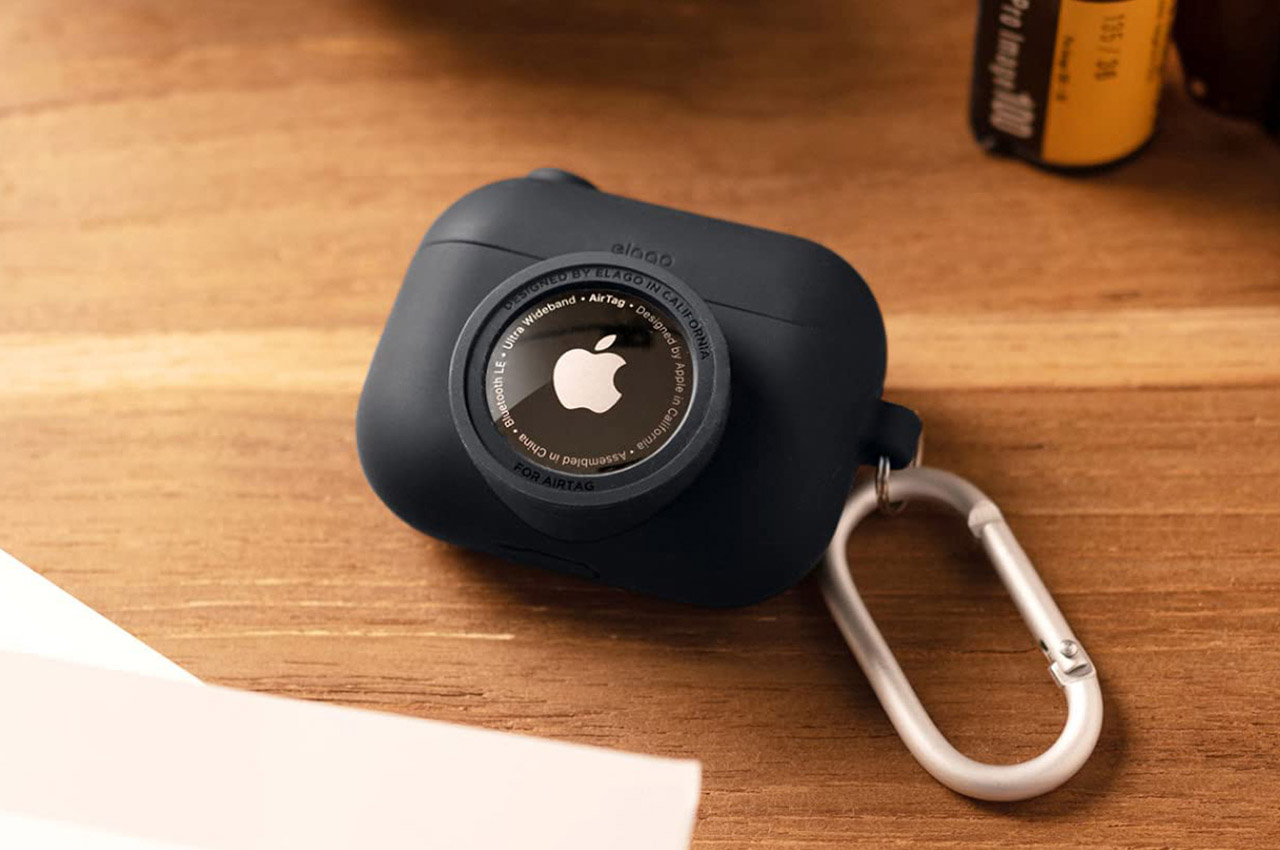
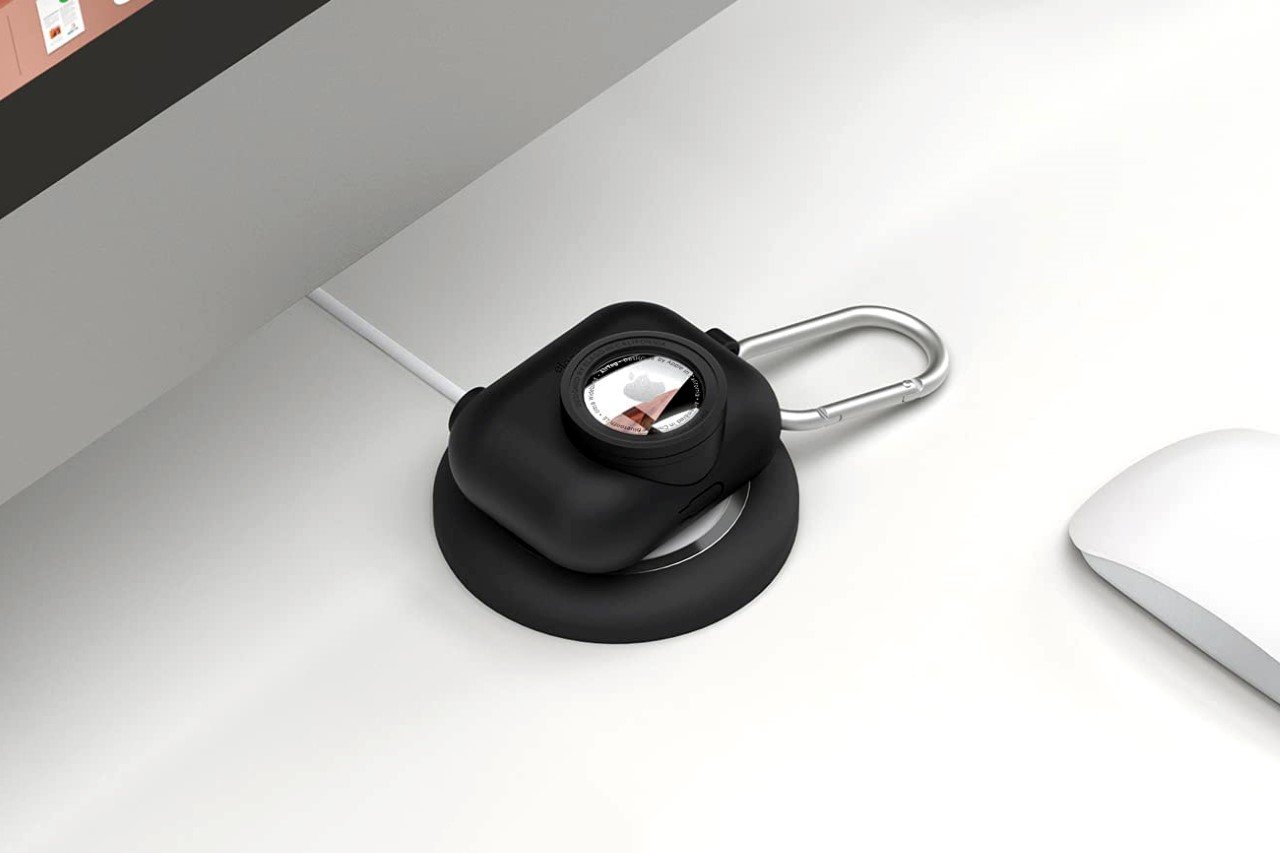
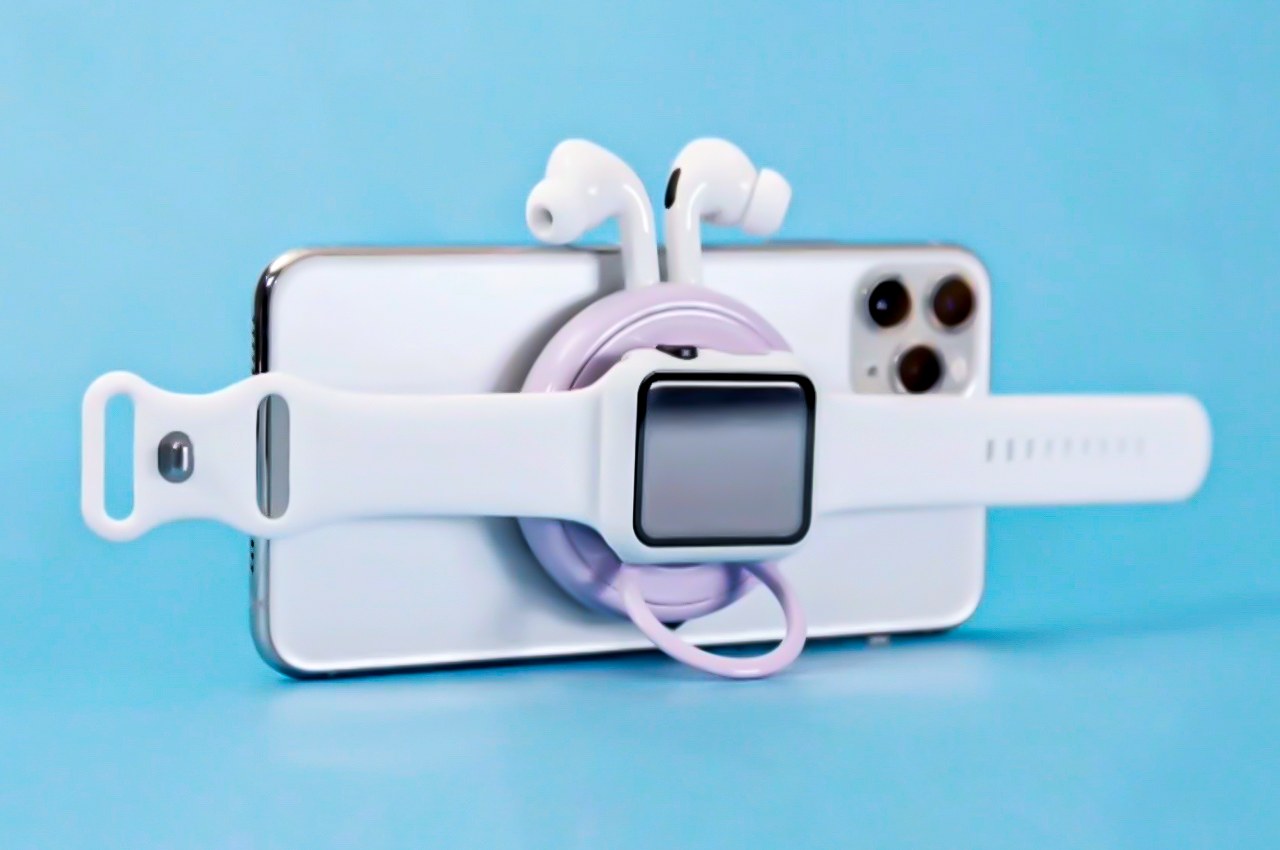
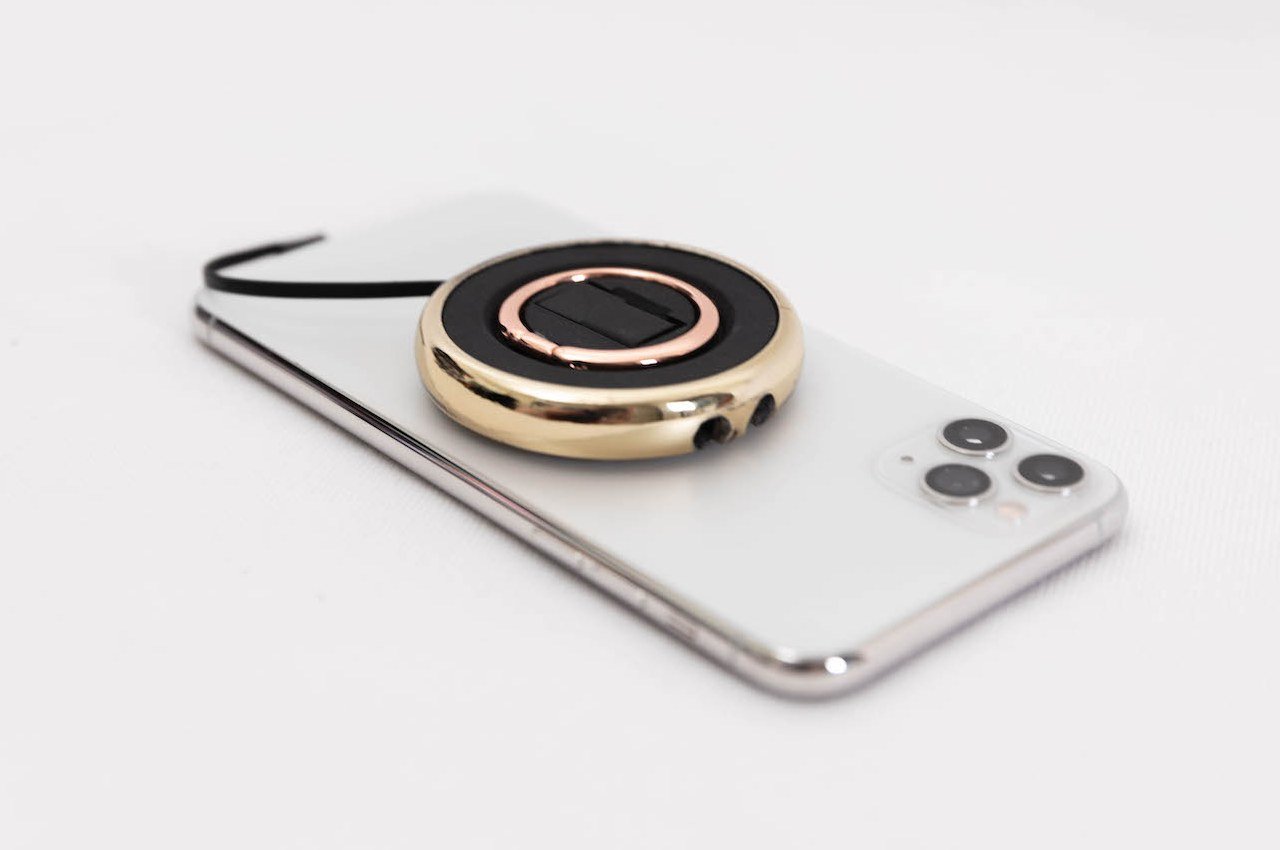
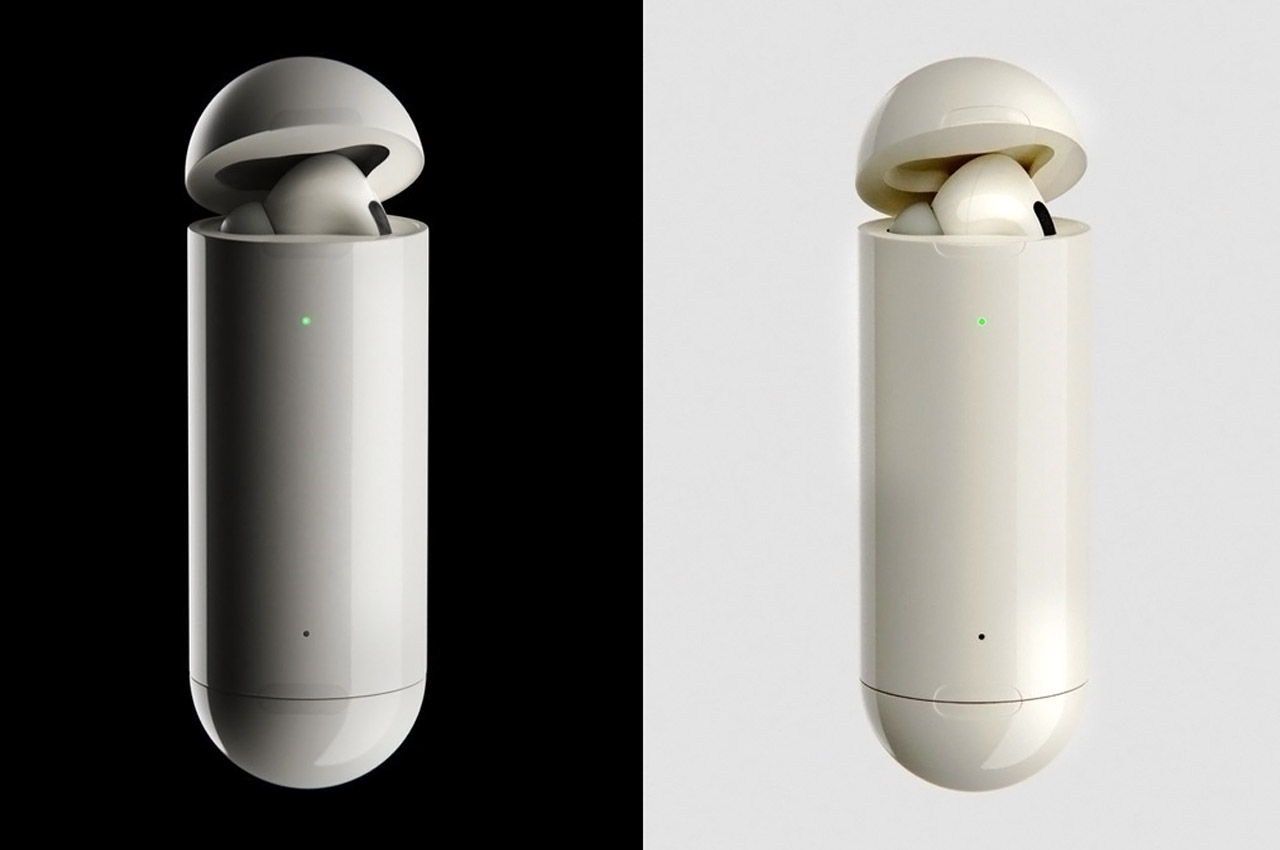
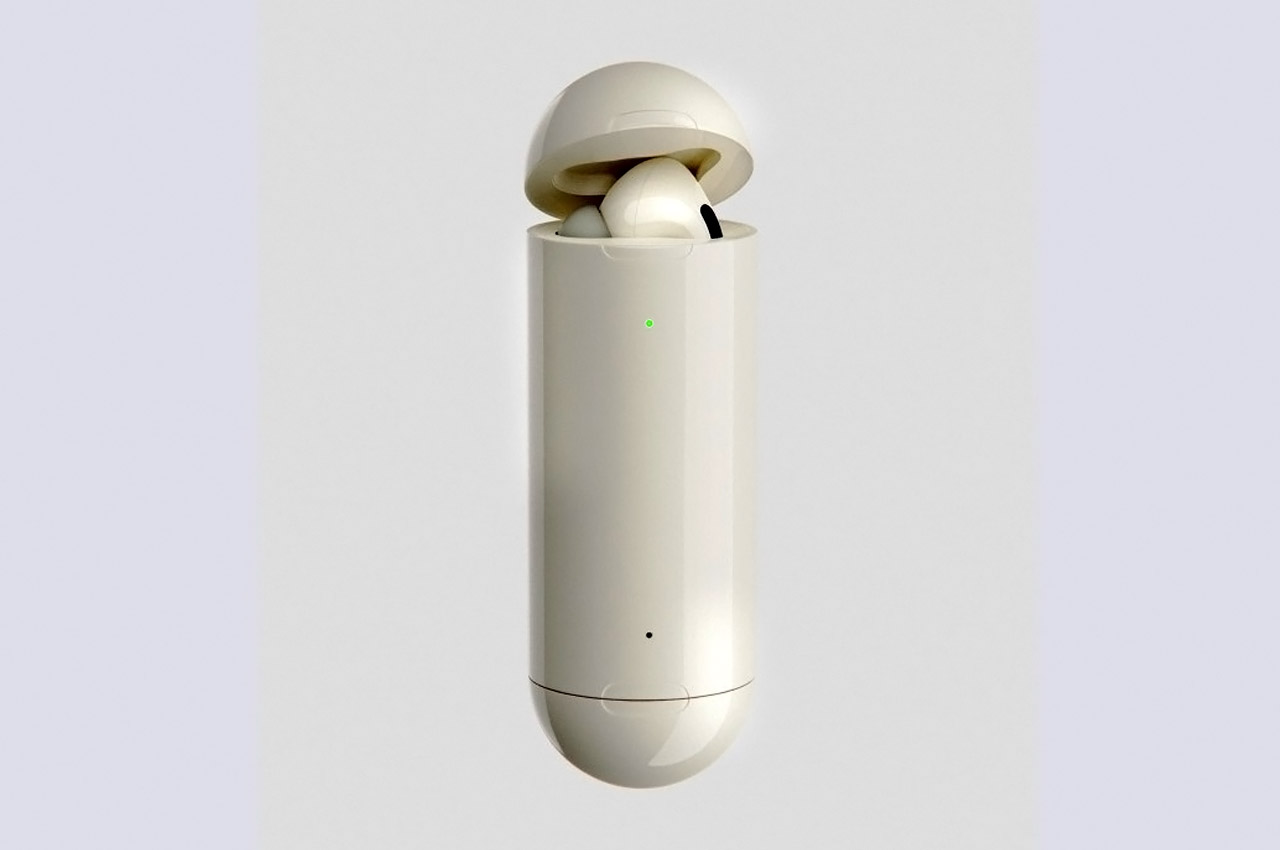
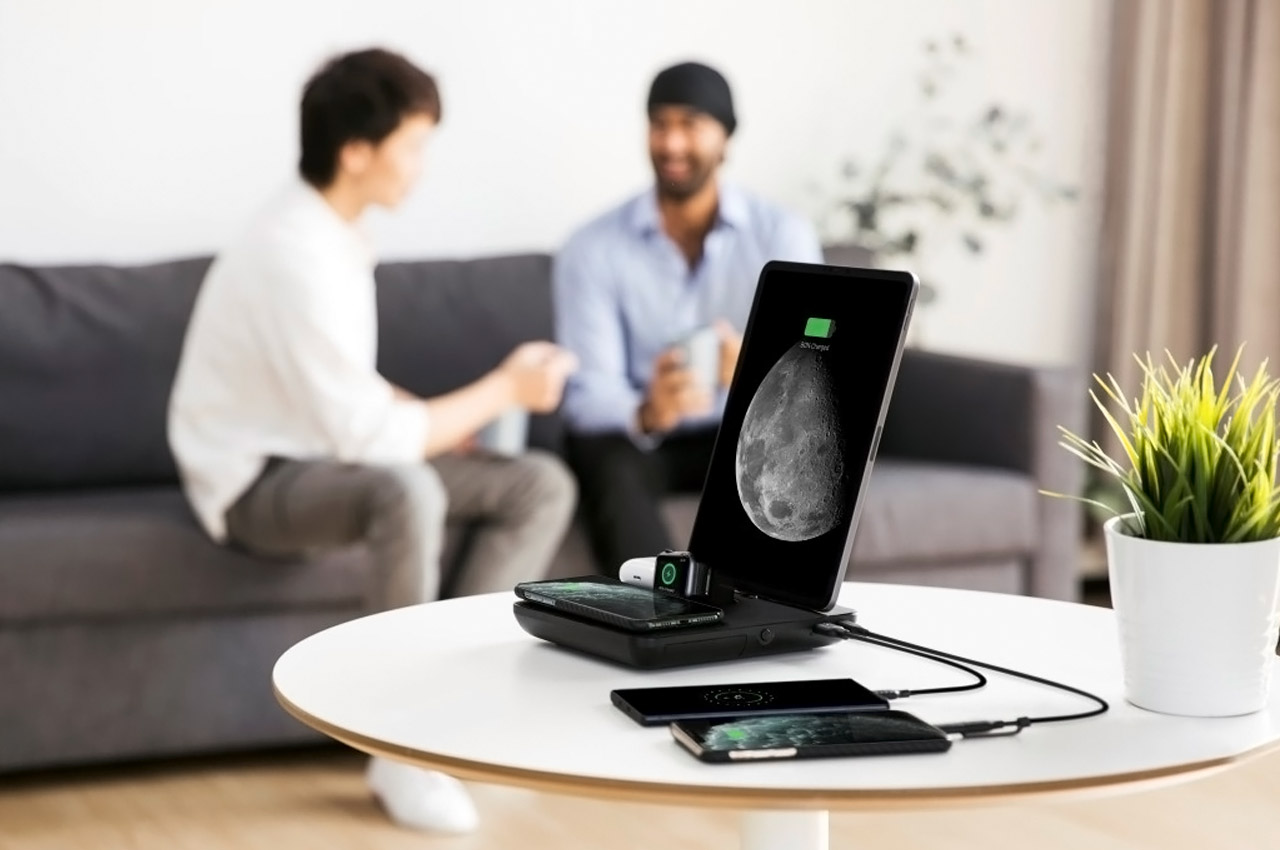
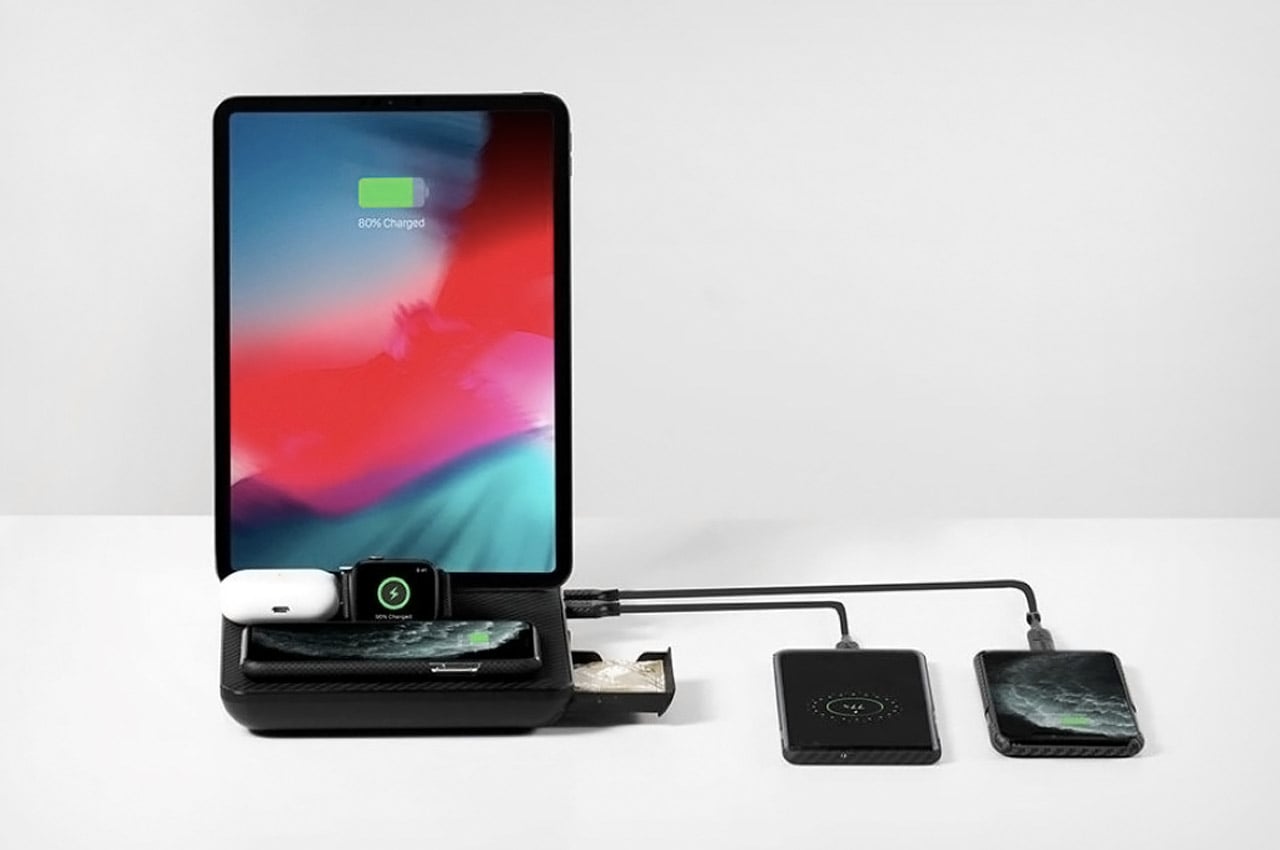
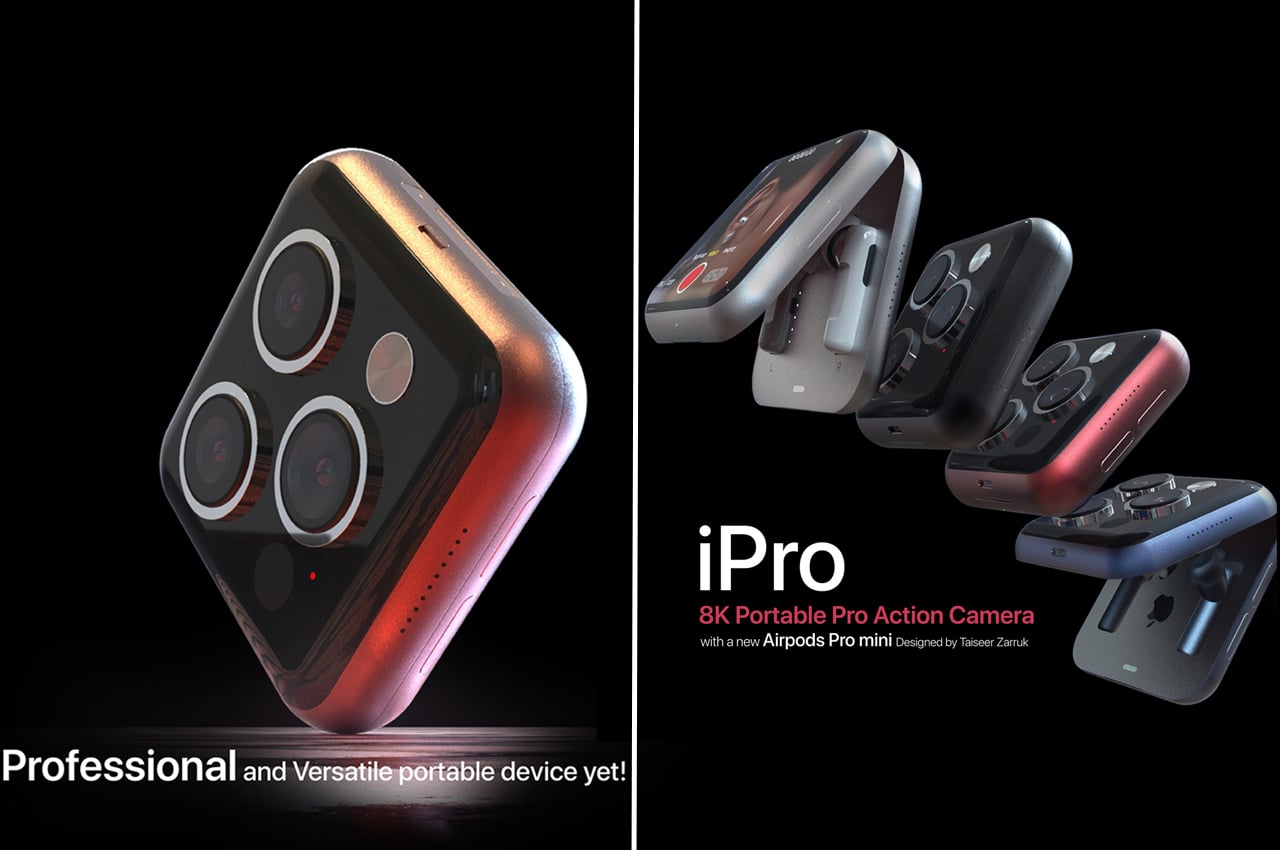
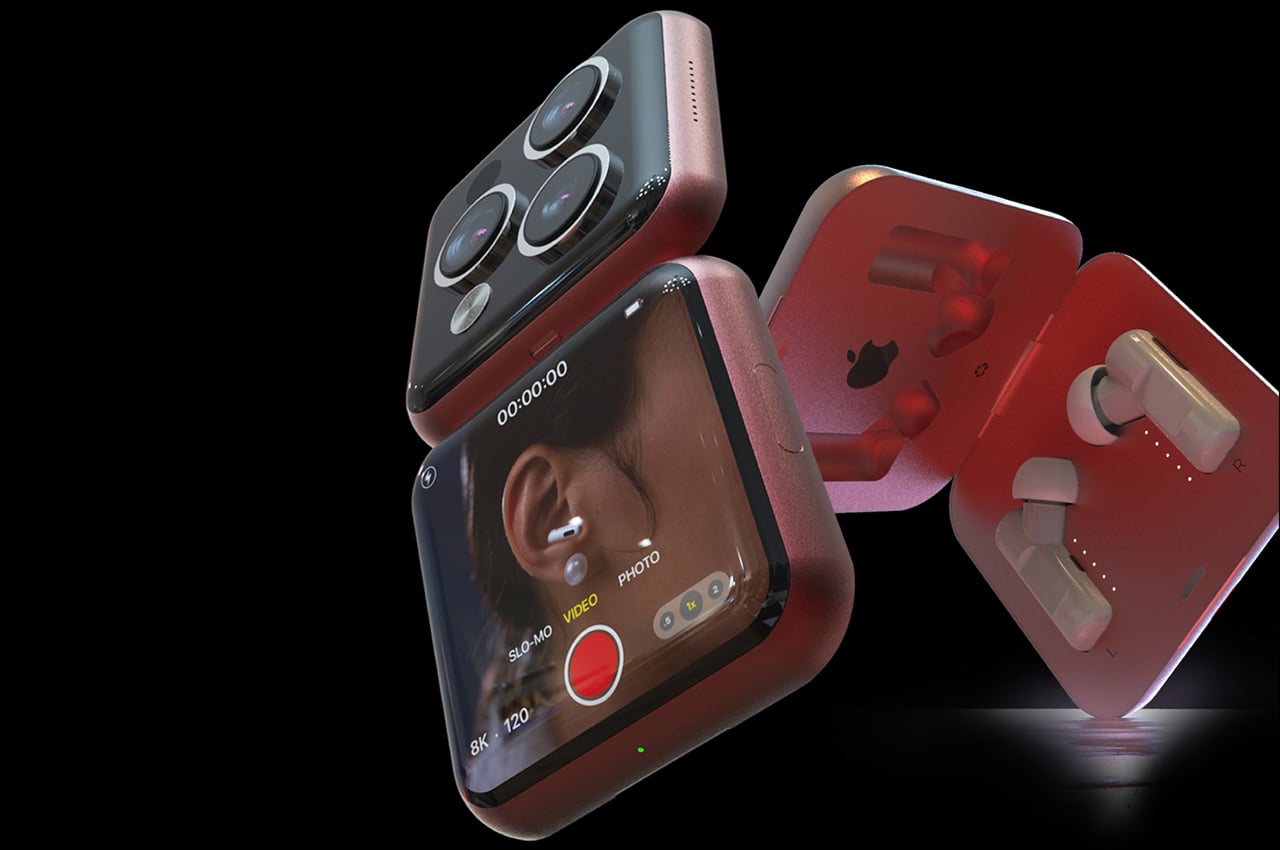
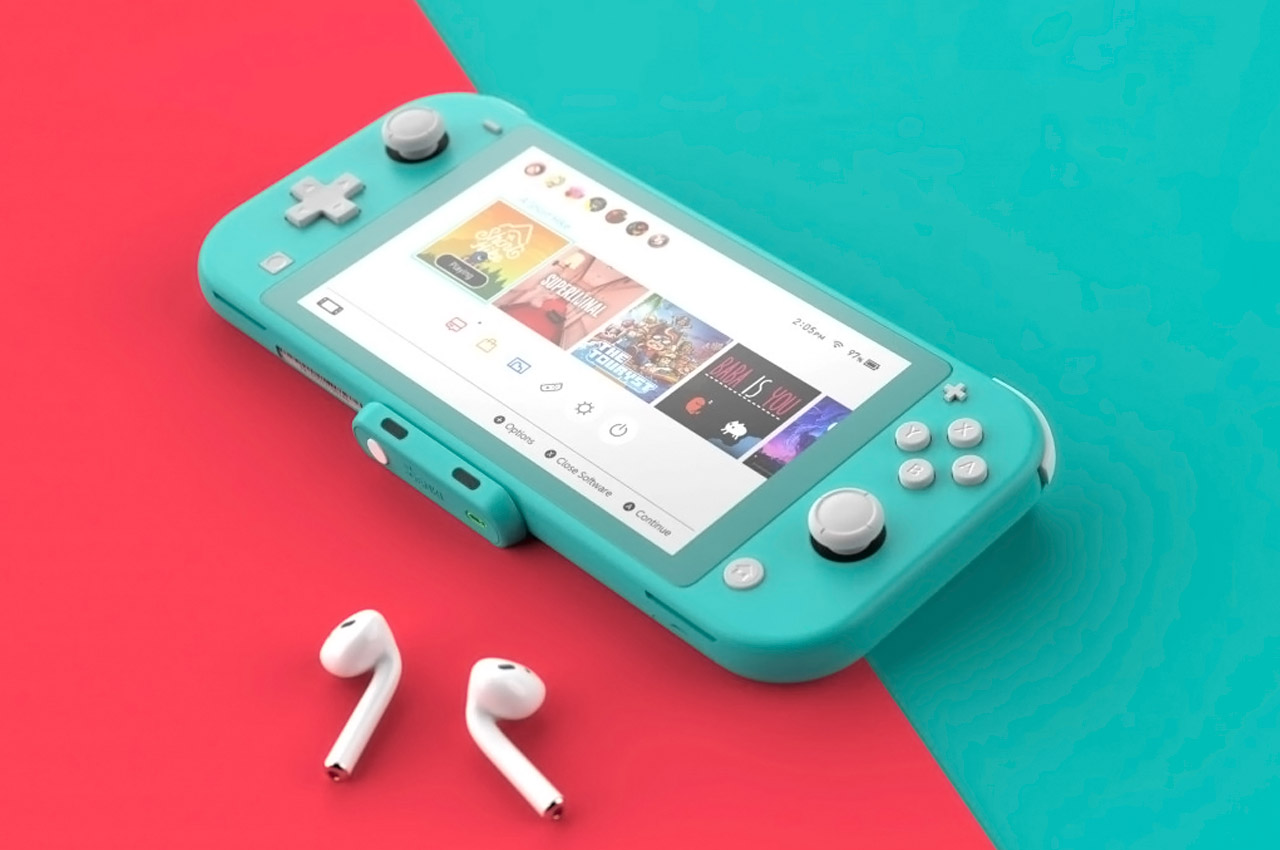
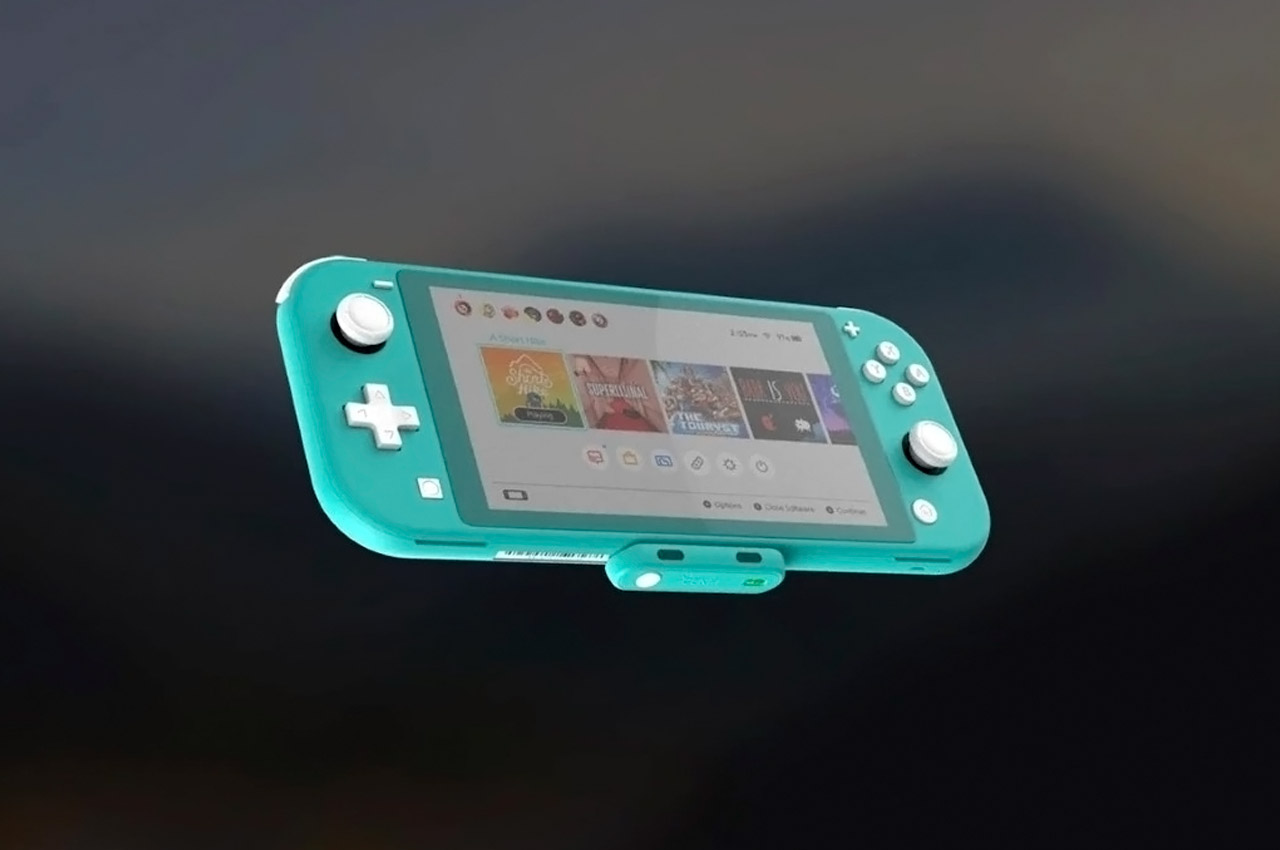
 high fidelity low latency codecs that provide lag-free audio while you game.
high fidelity low latency codecs that provide lag-free audio while you game.